





















This material belongs to Class:
In this module, you will study about: • Littering • Organ Donation
No SYSTEMIC, você vai aprender inglês através de aulas de ciências, matemática, estudos sociais, artes, educação física e até outras matérias como culinária.
A melhor parte é que essas aulas são divertidas e você estará aprendendo inglês sem nem mesmo perceber. É como se você estivesse em uma escola nos Estados Unidos, Inglaterra ou outro país onde se fala inglês: você já vai usar o idioma desde o primeiro dia de aula para receber informações, fazer perguntas e se comunicar de verdade. Enjoy Systemic, learn a lot of English, and have fun! Systemic is magic!!! www.systemic.com.br
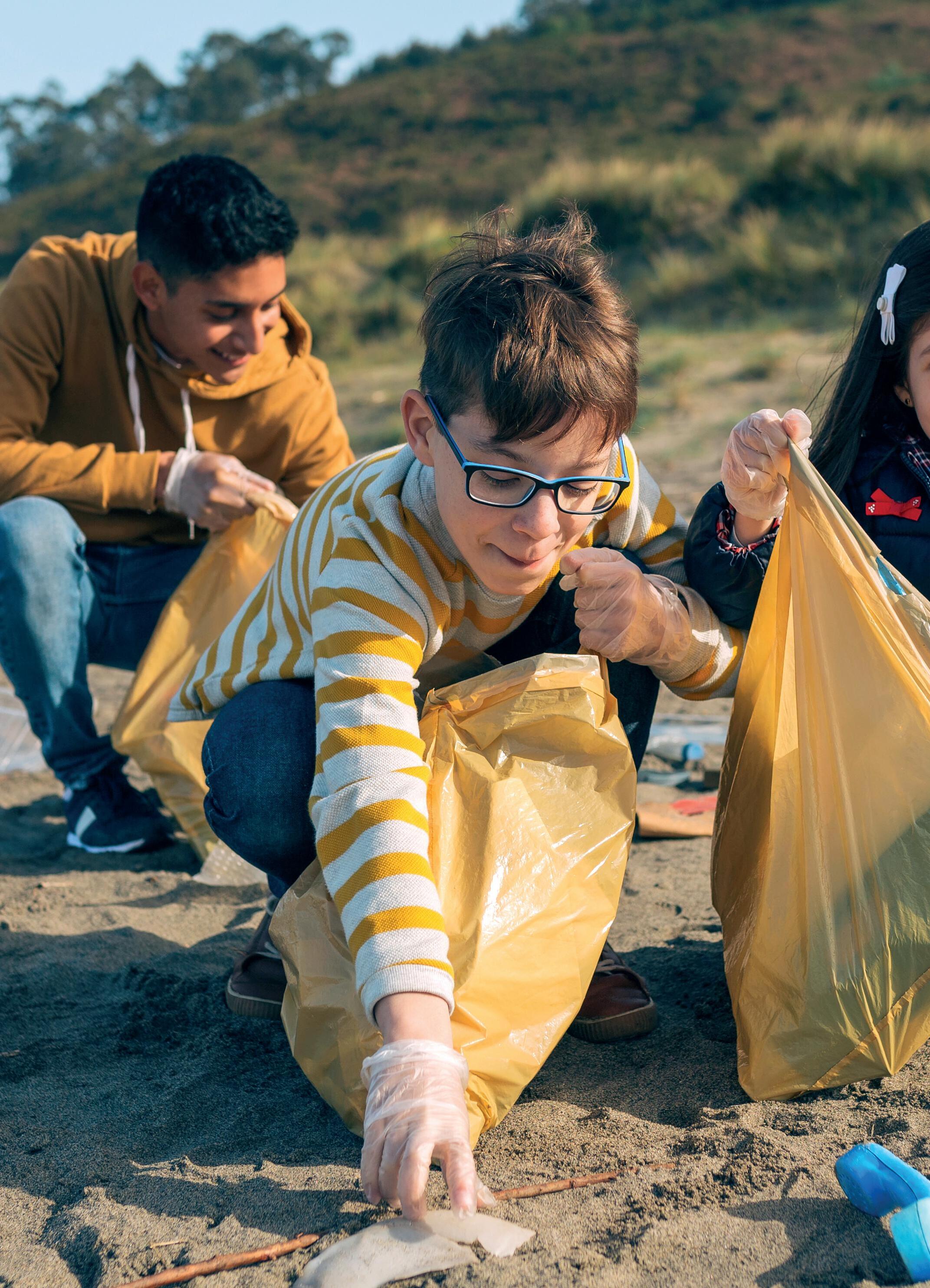

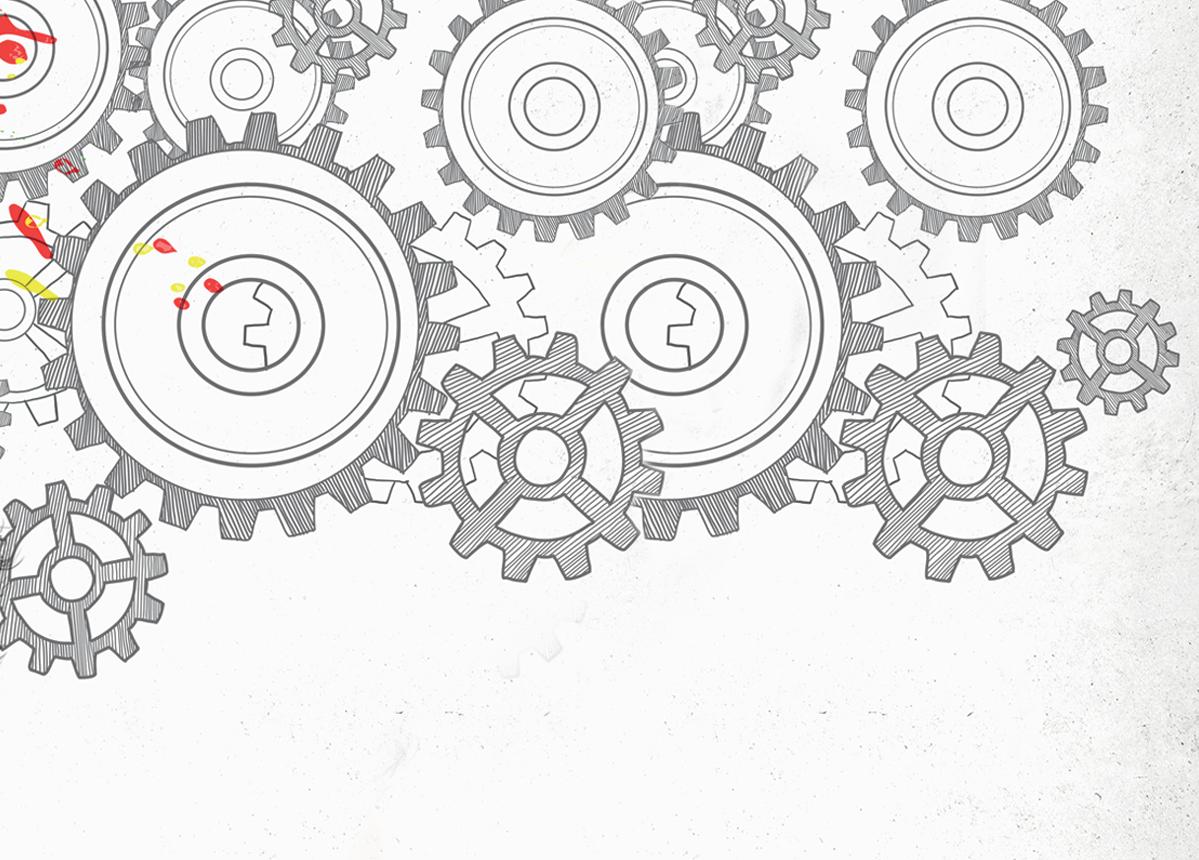
01 In the chart below, write all the words and expressions that came to your mind during the brainstorming you had in class.
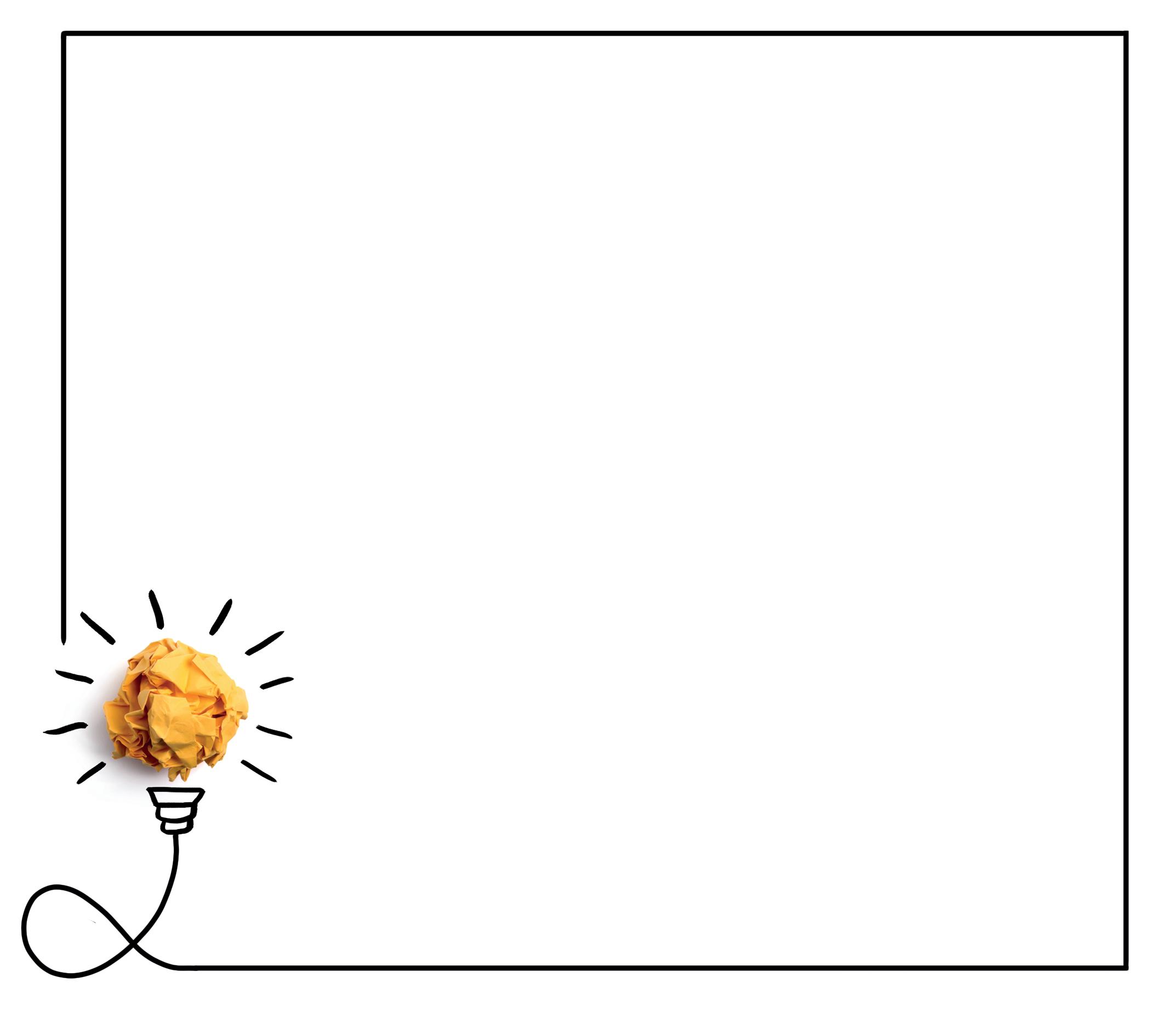
NAME: DATE:

01 Fill in the gaps according to the definition of each of the following words.
Material that is left over or that is unwanted after something has been made, done, used, etc.
(American English) - Things that are no longer useful or wanted and that have been thrown out; often used to refer specifically to food waste that is being thrown out.
(American English) - Things that are no longer useful or wanted and that have been thrown away.
(British English) - Things that are no longer useful or wanted and that have been thrown out.
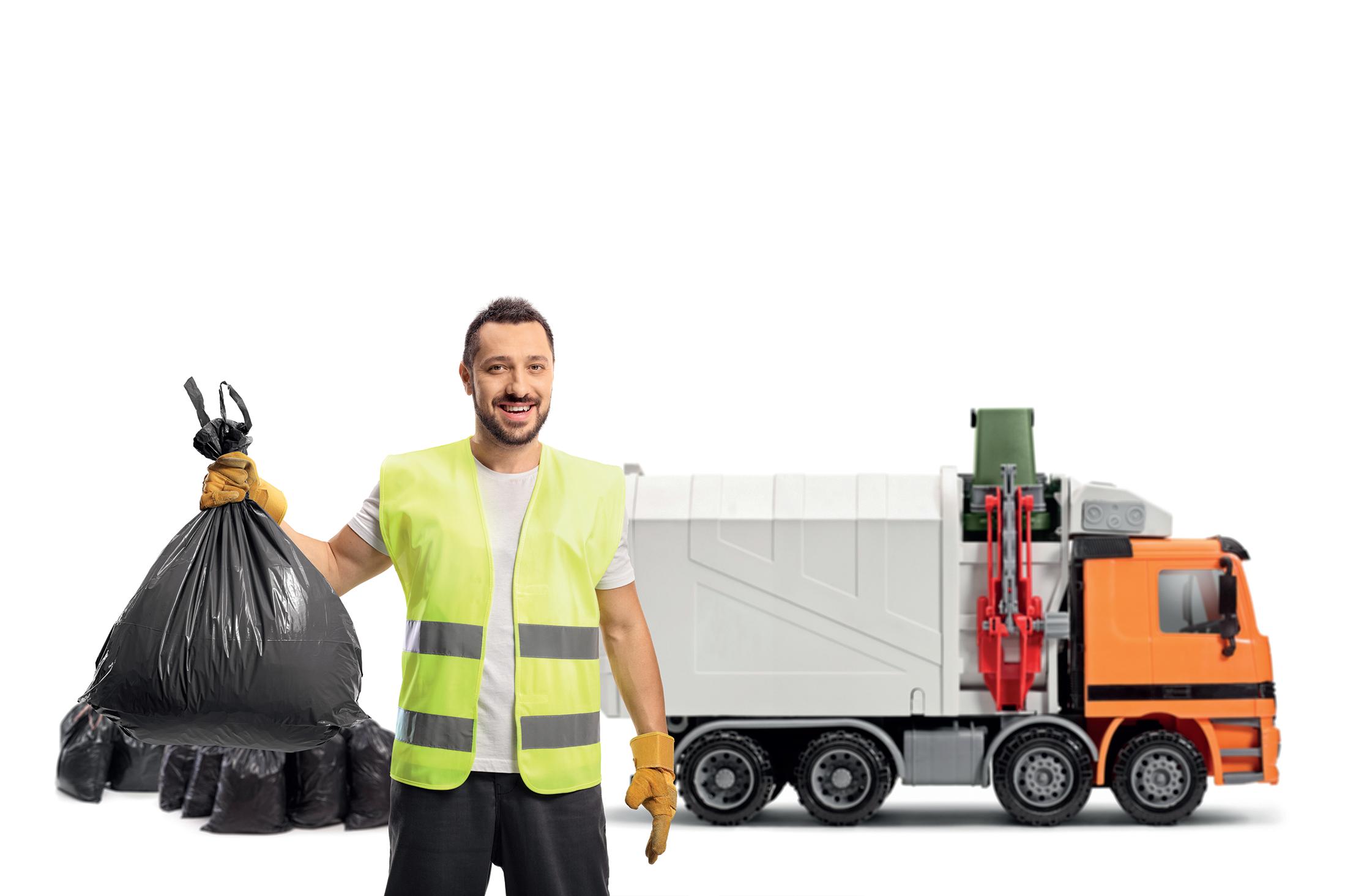
Things that have been thrown away and that are lying on the ground in a public place.
(Formal) - Something (such as paper or food waste) that has been thrown away.
*Note the difference in pronunciation between the verb, /re’fuse/ and this vocabulary word, /’refuse/.
02 Fill in the gaps according to the definition of each of the following words.
Would you drink recycled ? According to Rachael Rettner, in an article published by the website livescience.com in 2011, part of the reason why people would not drink it is because “we’re reluctant to imbibe anything we think has once been in the toilet”.

“The UK dumps nearly 50 million tonnes of industrial, commercial and domestic waste into sites every year – enough rubbish to fill Wembley Stadium to the brim more than 50 times over.”
(BBC News, 2017 – goo.gl/PGKzAG)
It is fairly common to hear that we can make (rich, black organic fertilizer) from food scraps, vegetable and fruit peels, and dead leaves. Did you know that we can also use other materials such as hair, fur, paper, or clothing made from 100% natural fibers?

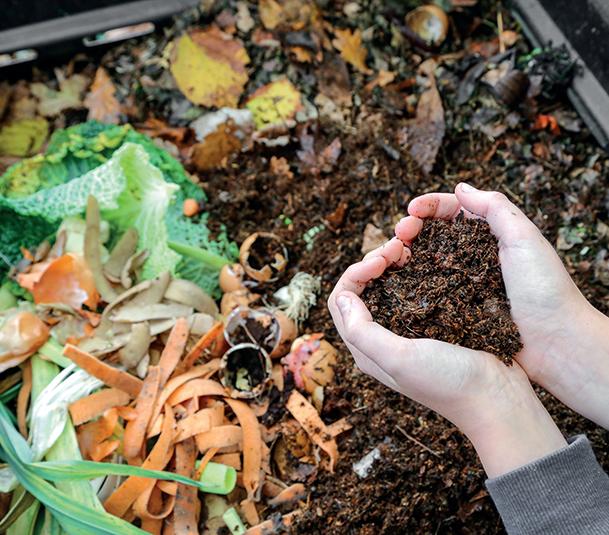
In the United States, may be punishable with fines, and even imprisonment.
01 Write down sentences about littering that you and your classmates have discussed. These may include facts you already knew about littering.
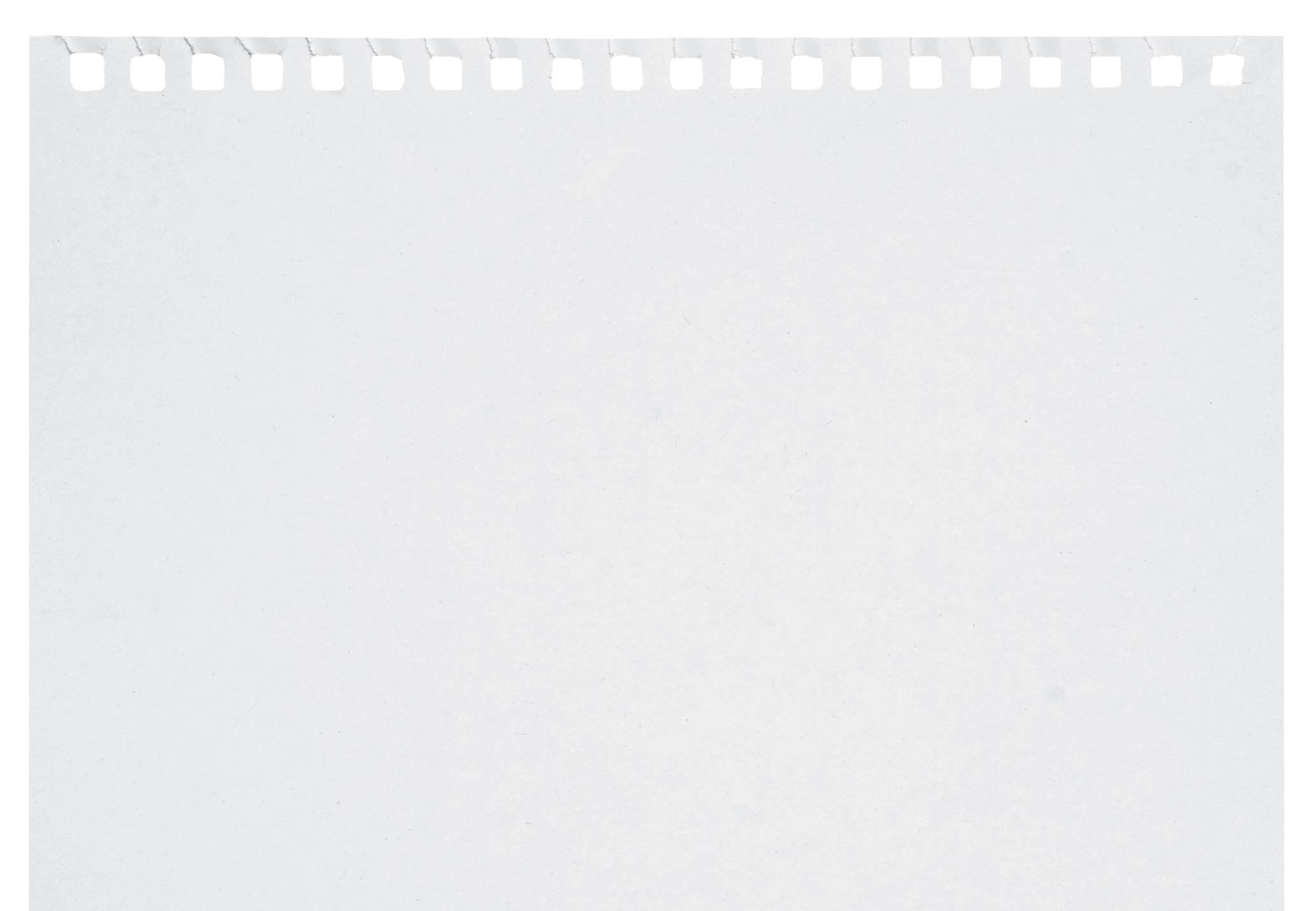


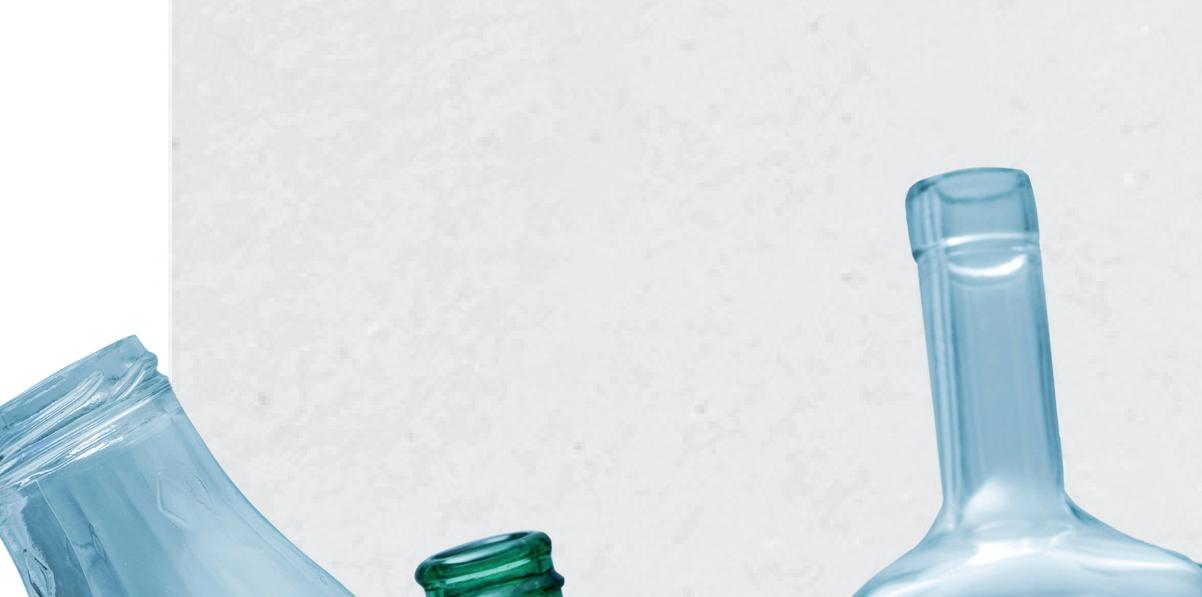
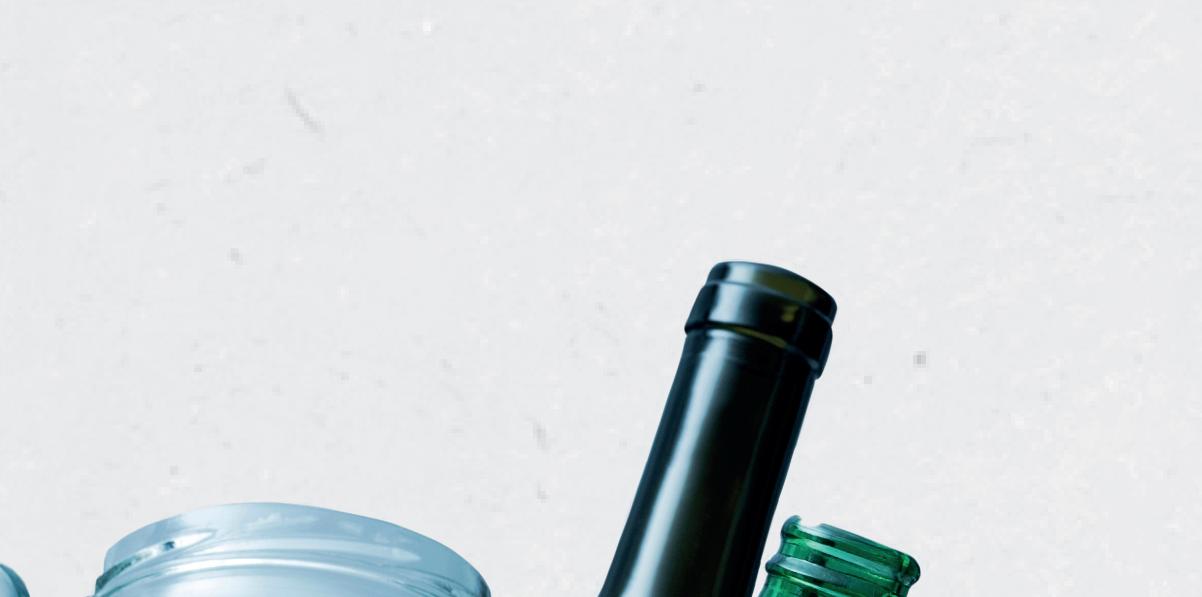
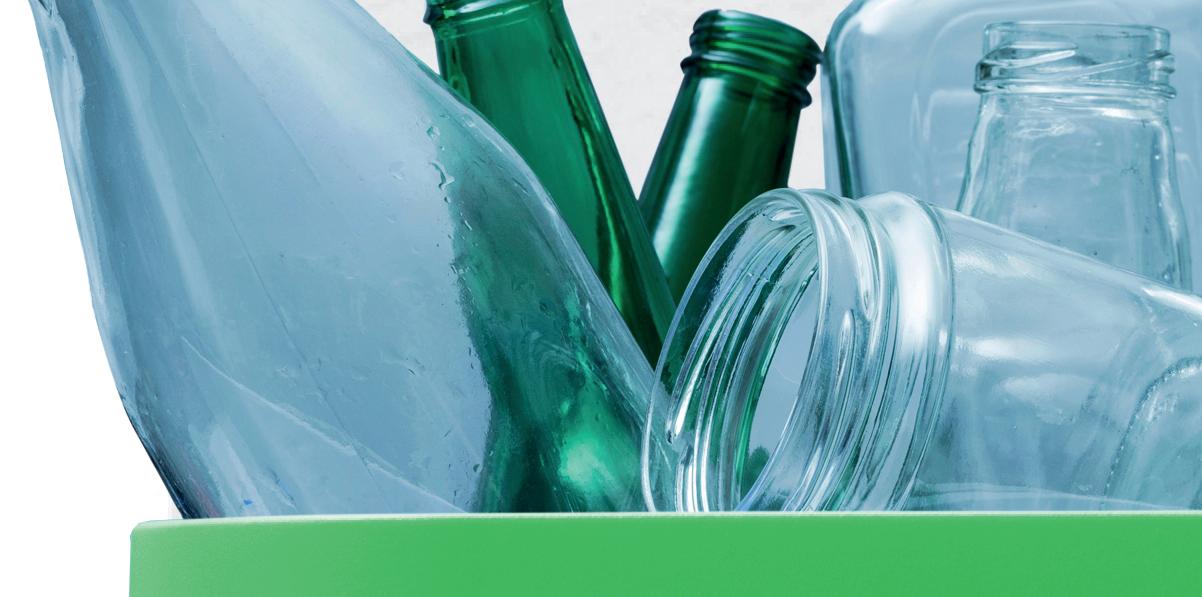
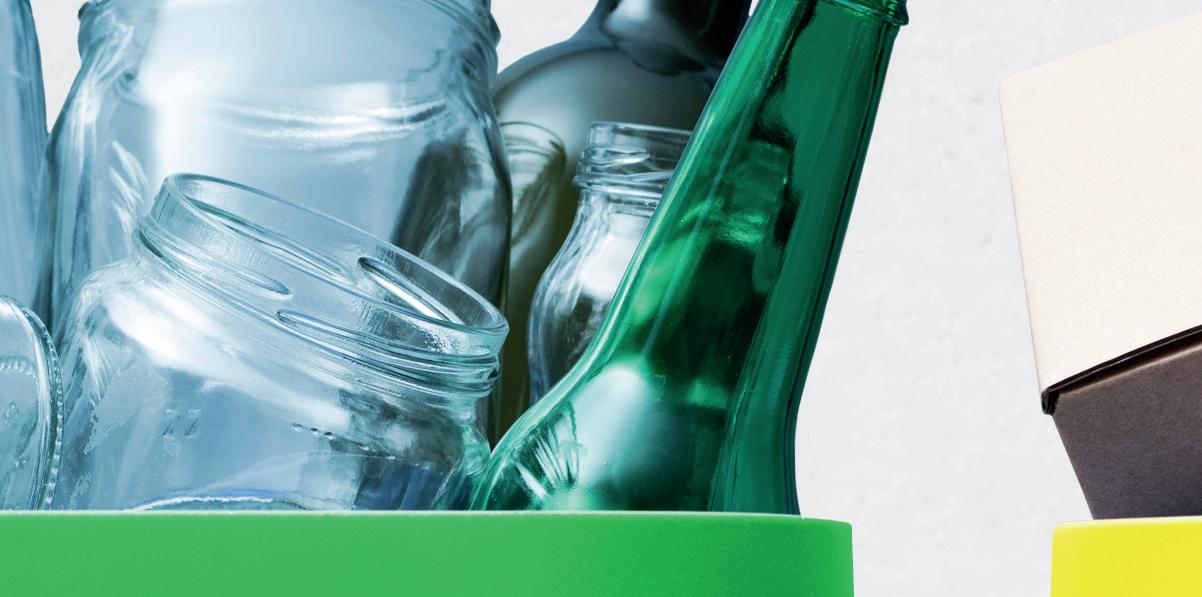









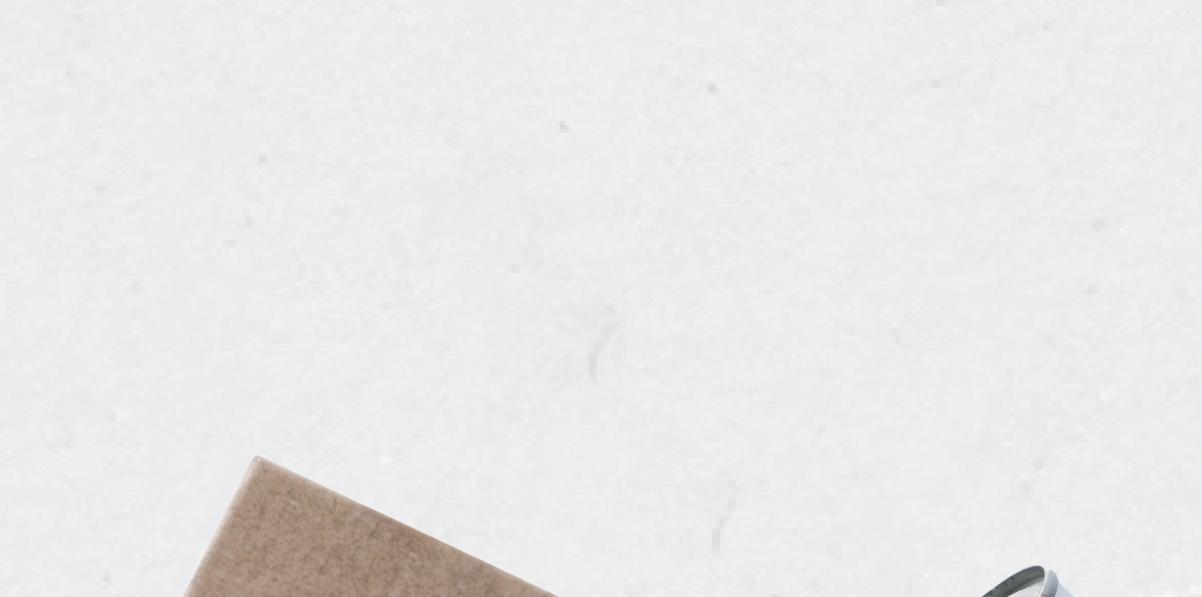
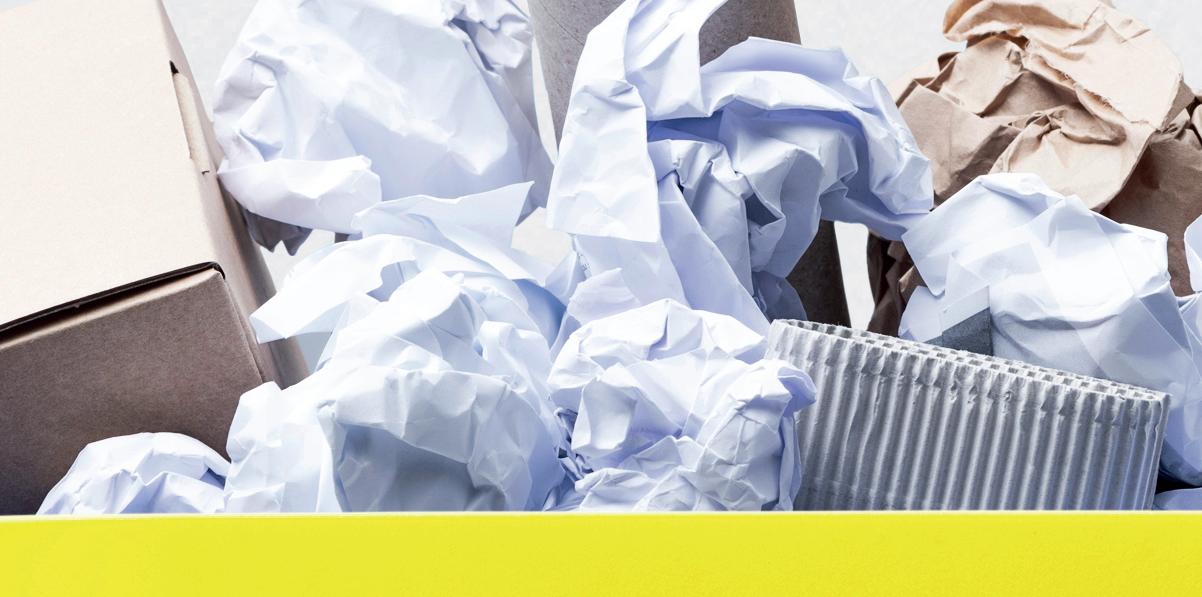





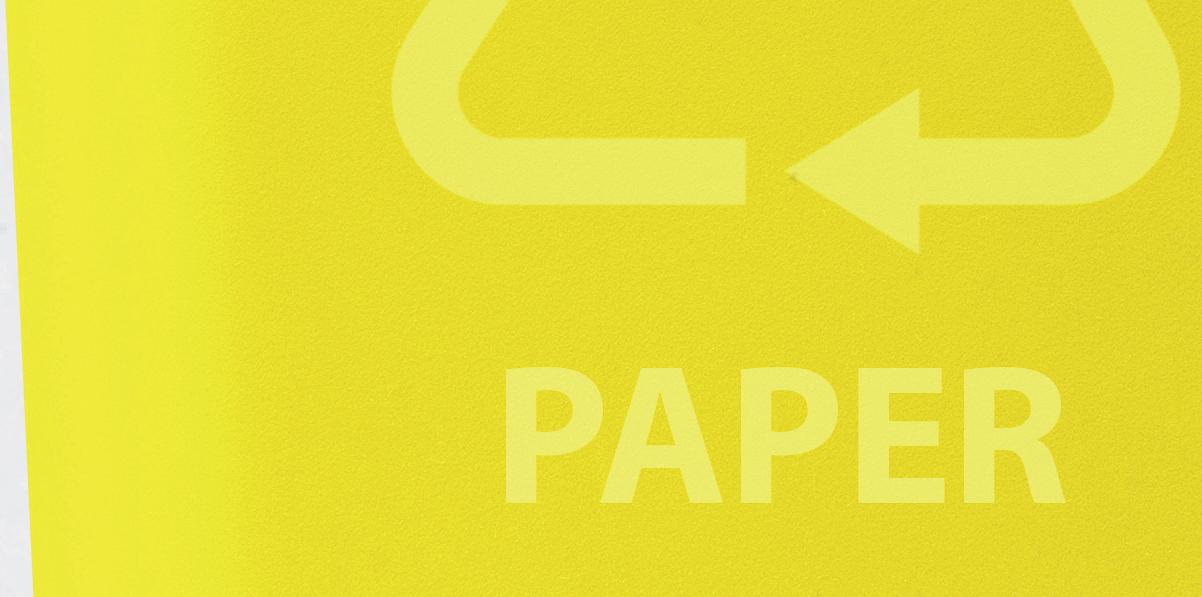




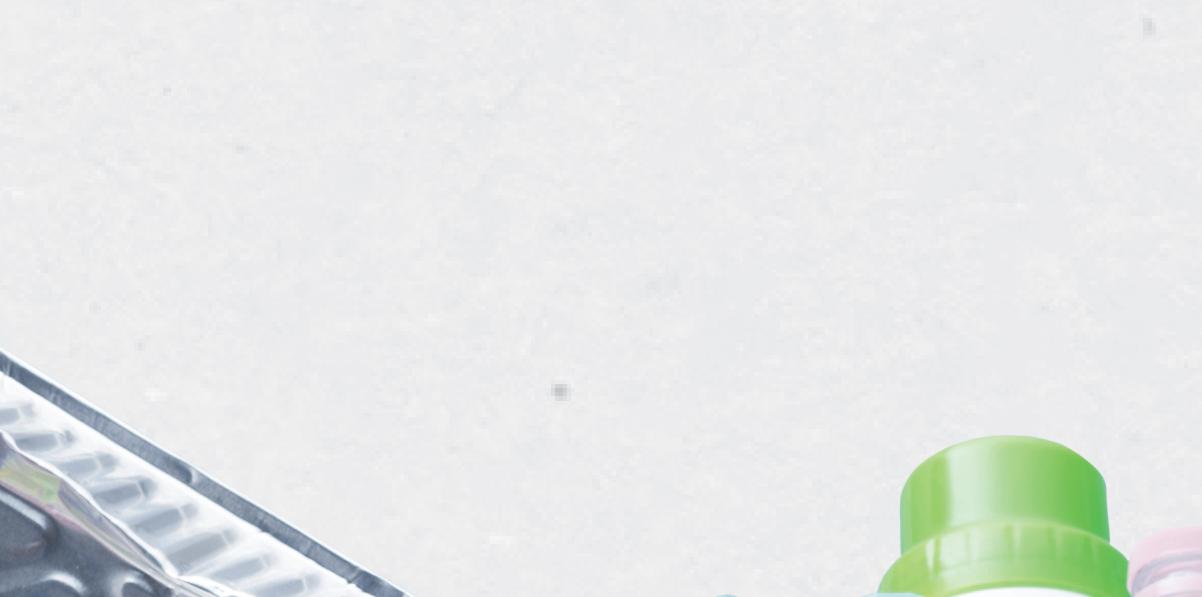
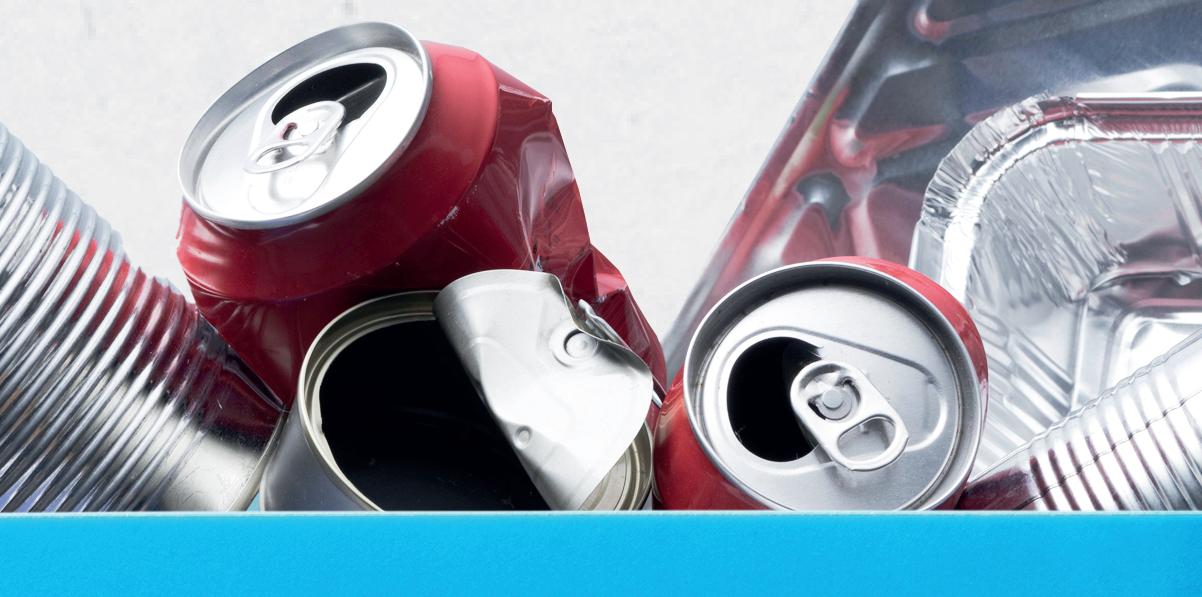
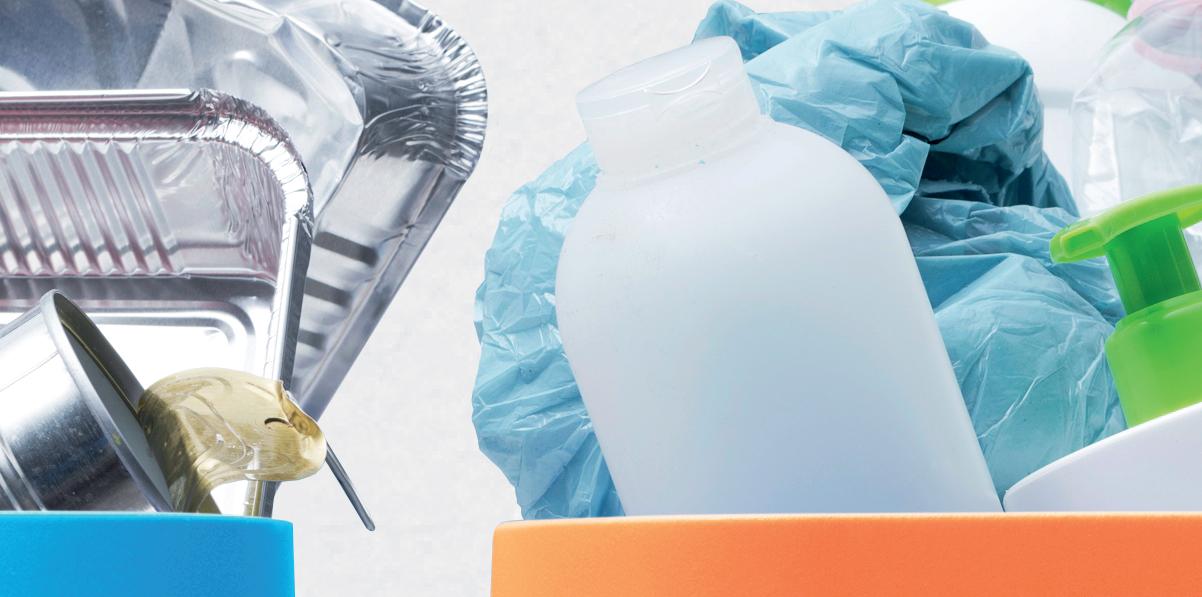




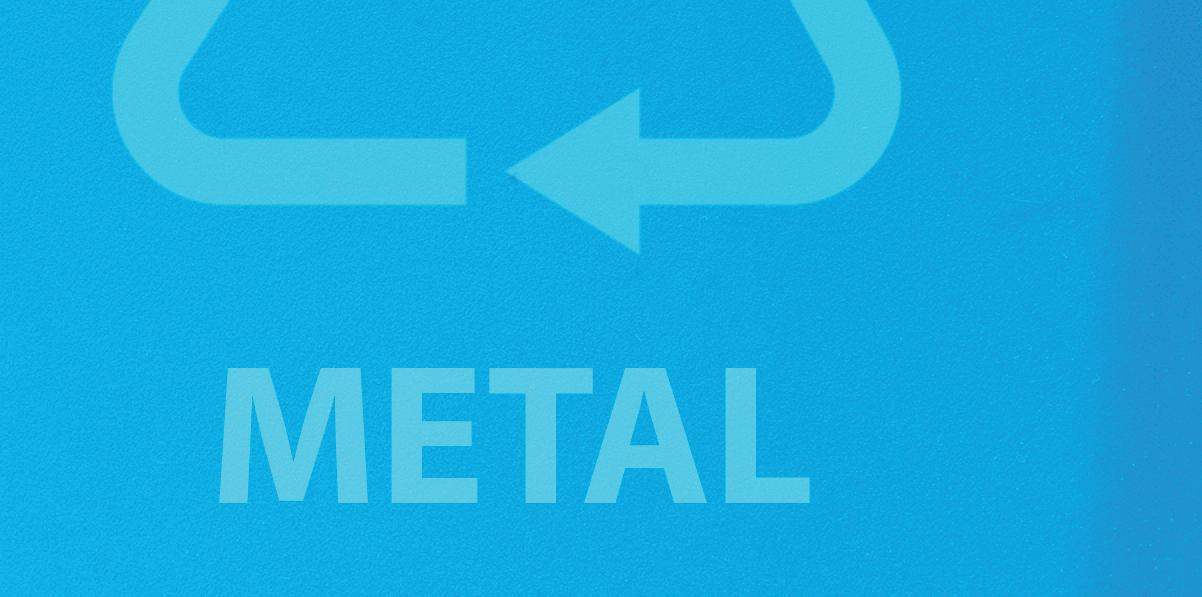
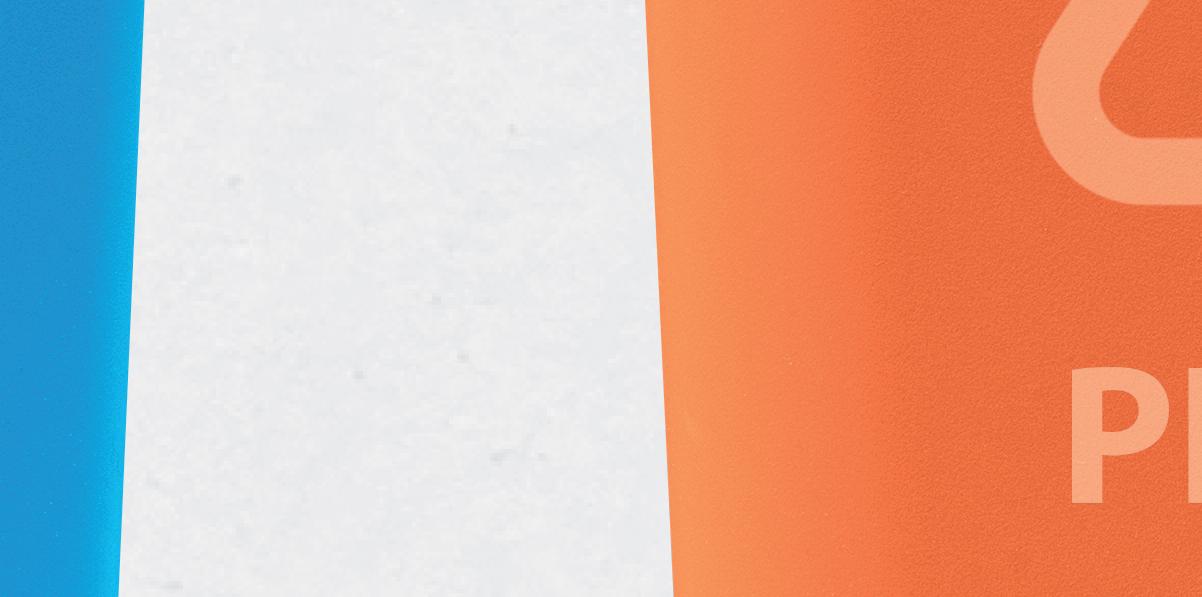

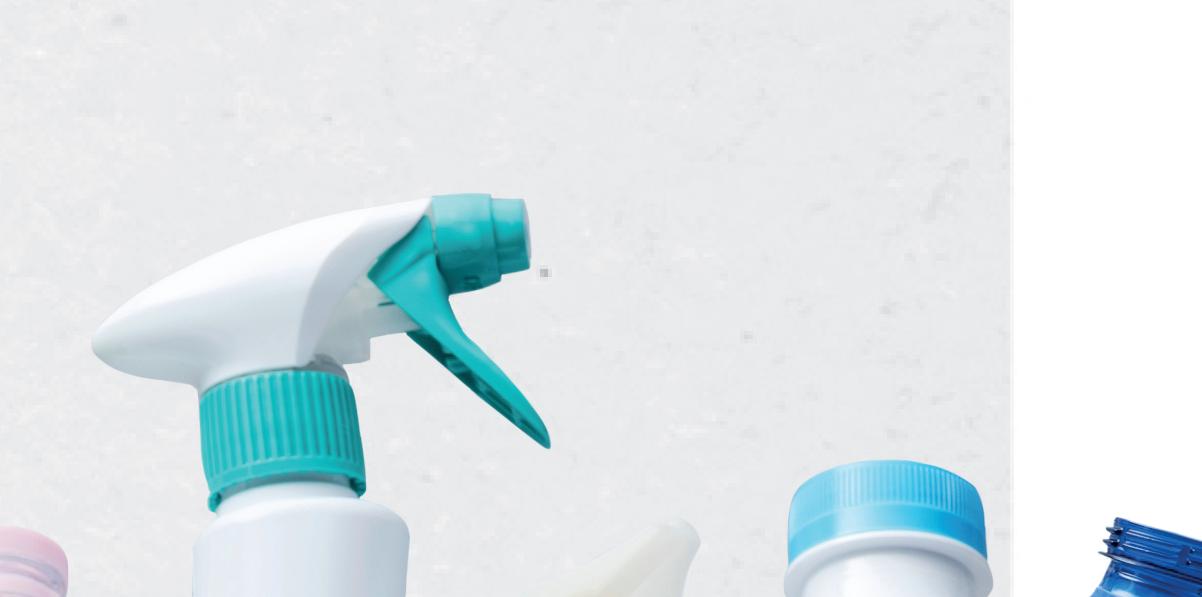
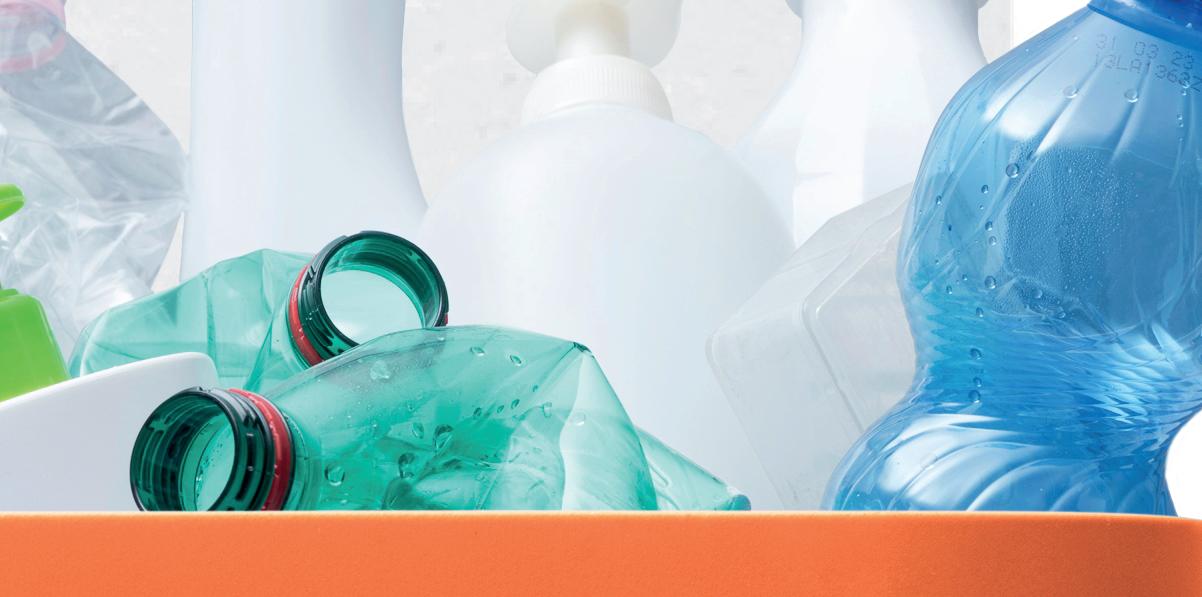


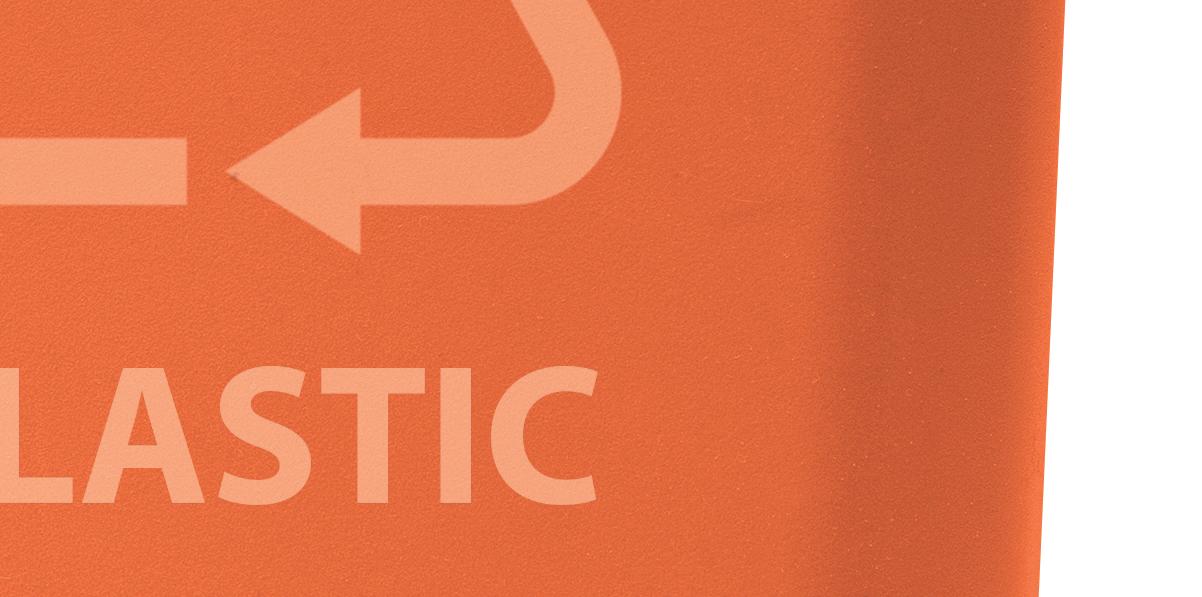






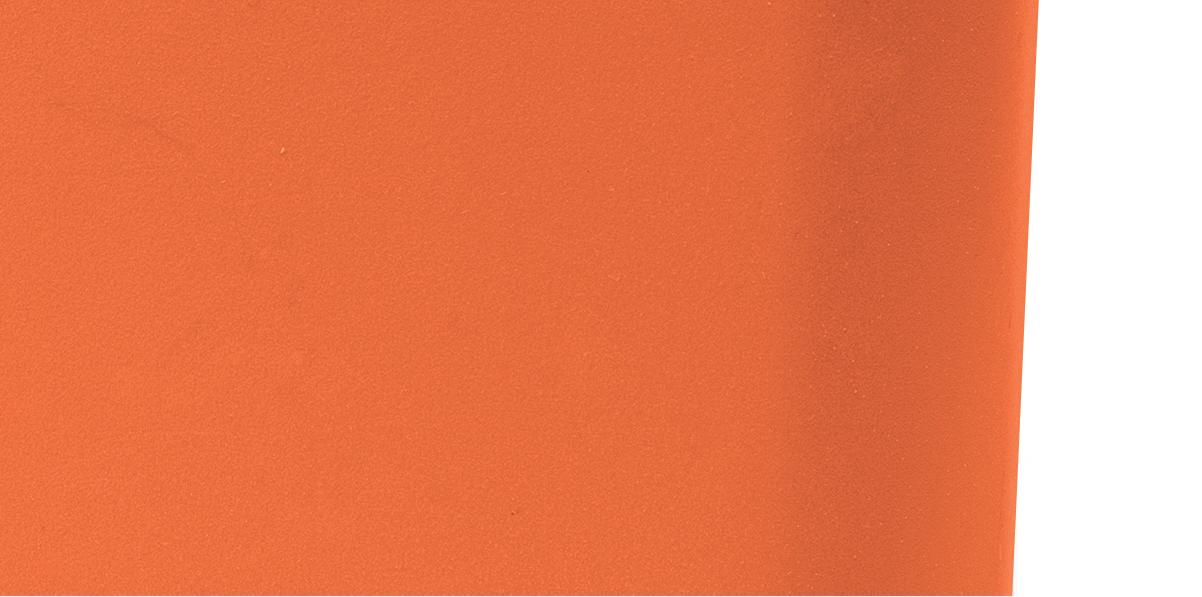
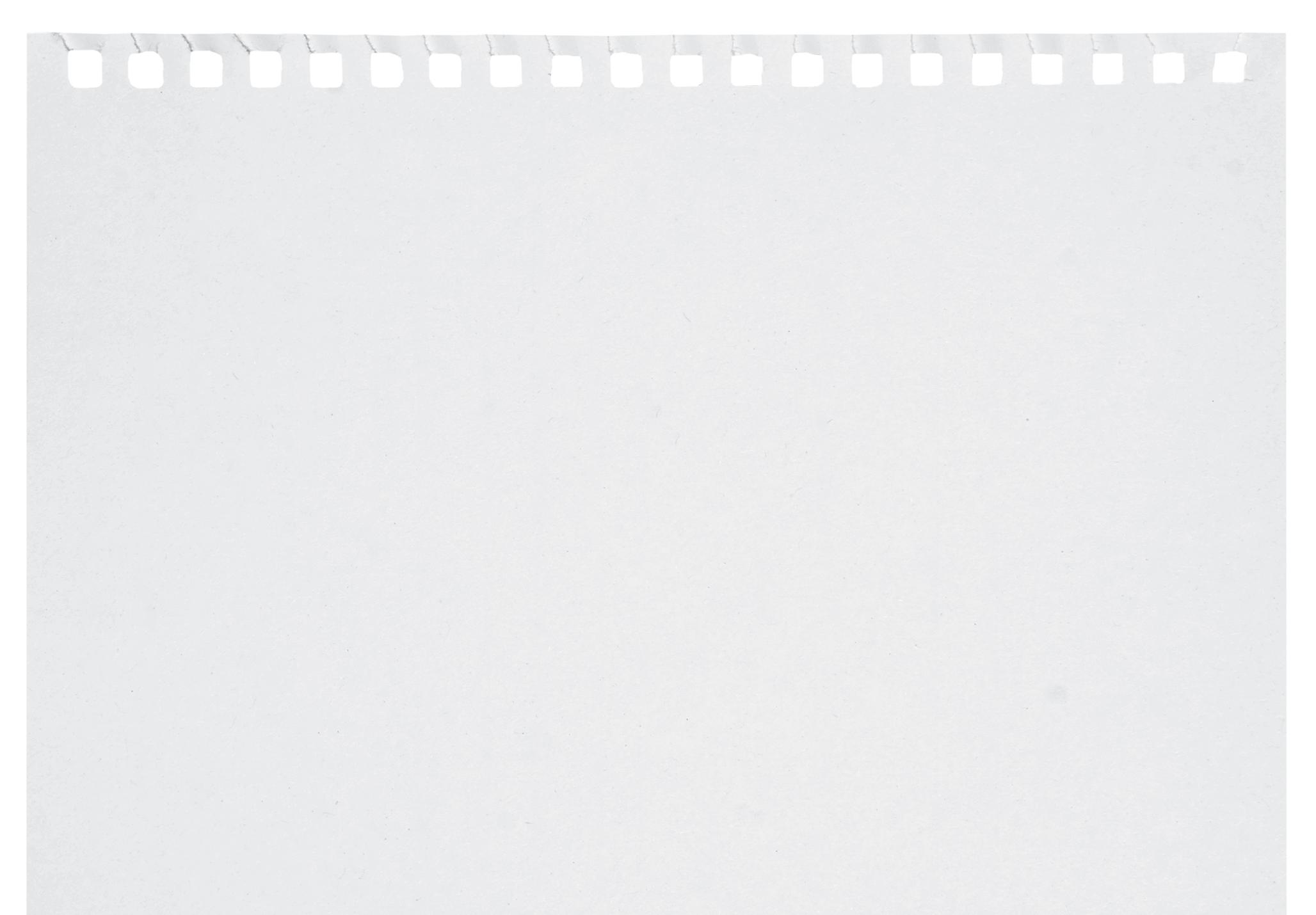
NAME: DATE:
01 Read the following text and watch the video from the United Nations with the QR code below. Discuss the main ideas present both in the text and in the video and answer the questions below.
[...] Plastics are everywhere in our lives – we depend and apparently cannot live without plastics. Yet, durable cannot be suddenly ‘degradable’. It persists into the environment. It breaks up, not down, causing a microplastic hazard for marine organisms and our food chain. [...]
(“The Magnificent 7 Elements of plastics as a ‘wicked problem’”, by Tod Hardin for Plastic Oceans International, last updated on Aug 12 2015. Available at <https:// plasticoceans.org/magnificent-7-elements-plastics-wicked-problem/> Access on Sep 12 2022.)
(Plastic Ocean, 2017 – goo.gl/fXTkr3)

What scene or information struck you most? Why?
Was there anything you enjoyed learning or found relevant in the video? What was it?

Did you learn any words or expressions from the video? Which ones?



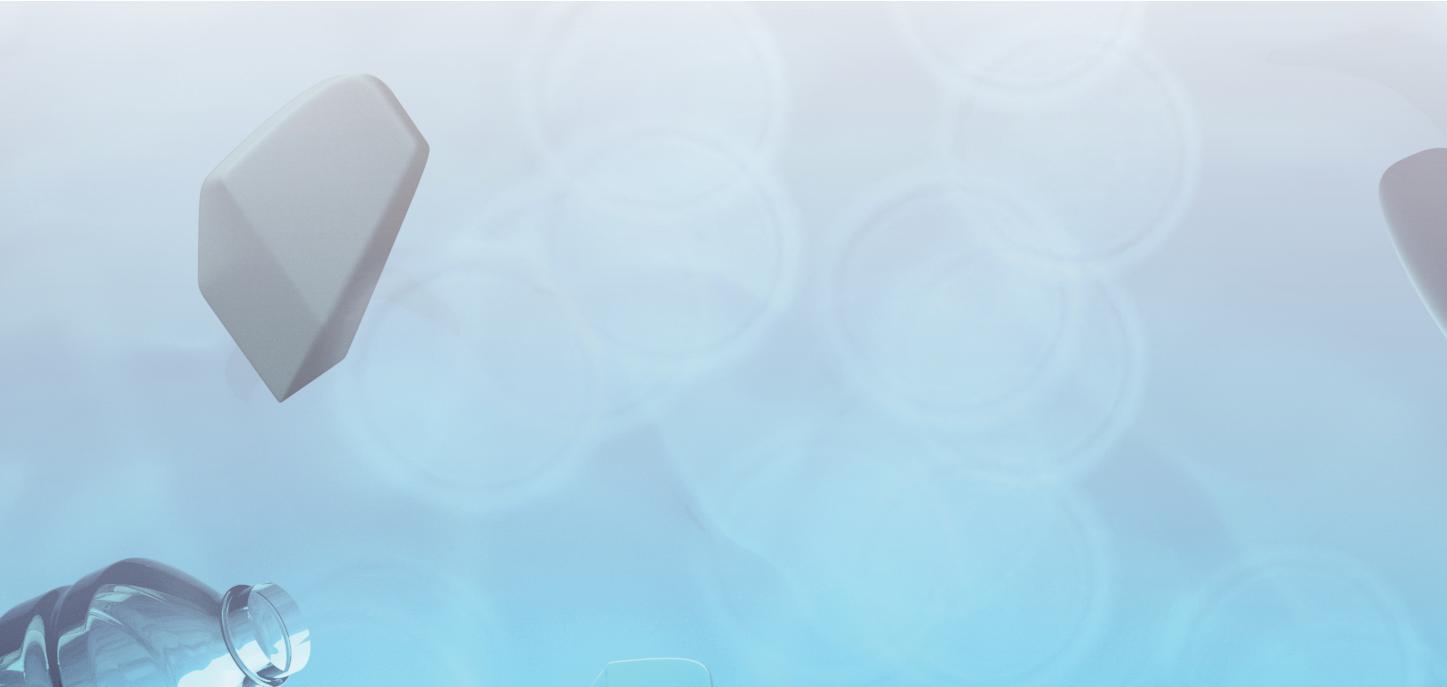

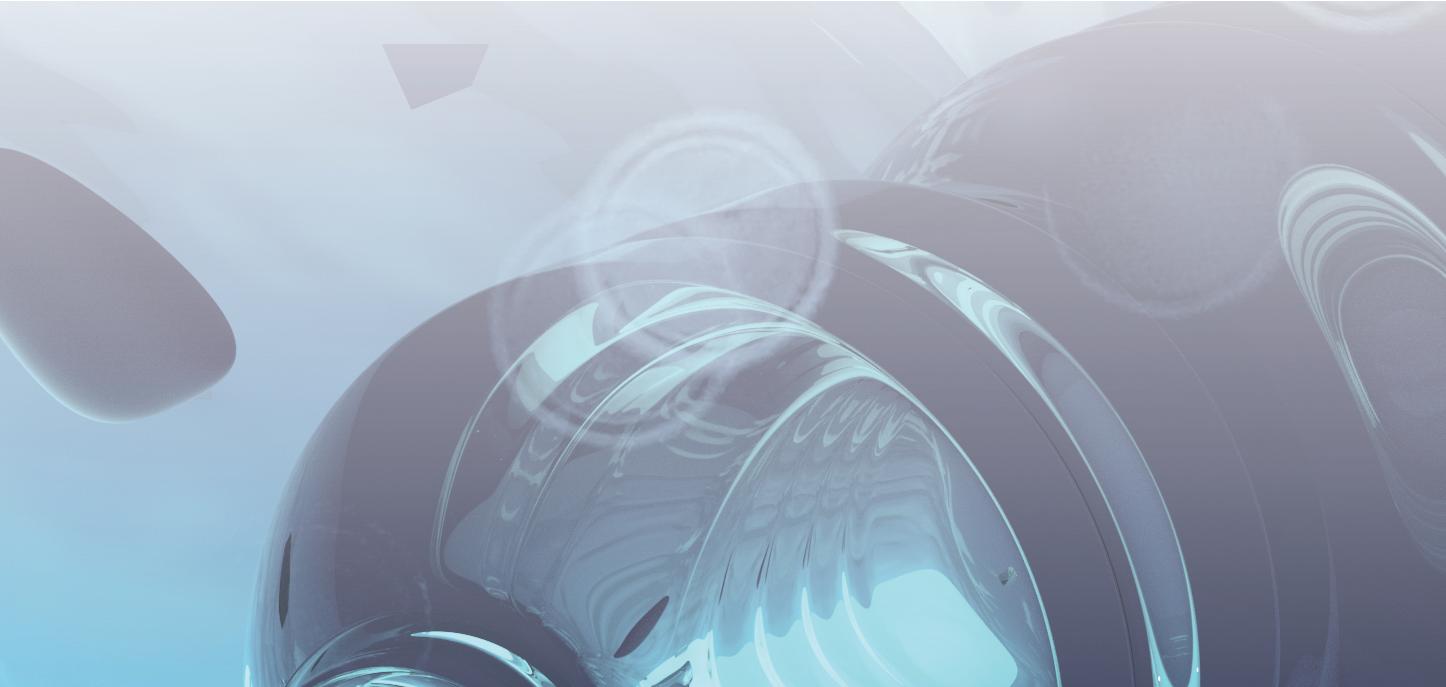


NAME: DATE:

01 Here are the driving questions that will guide your research and the learning activities throughout this project:
a. Why should we keep our streets, rivers, and oceans clean (free of waste)?
02 Discuss with your group some other questions related to this project that you would like to investigate. Write your questions here.














b. What can we do to help keep our town clean? NAME: DATE:
























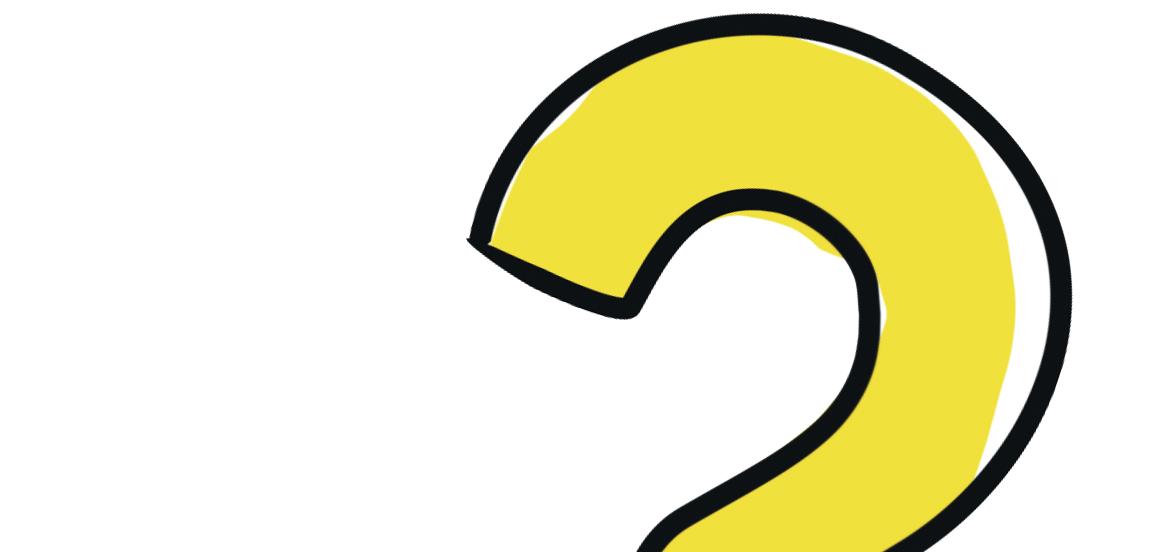

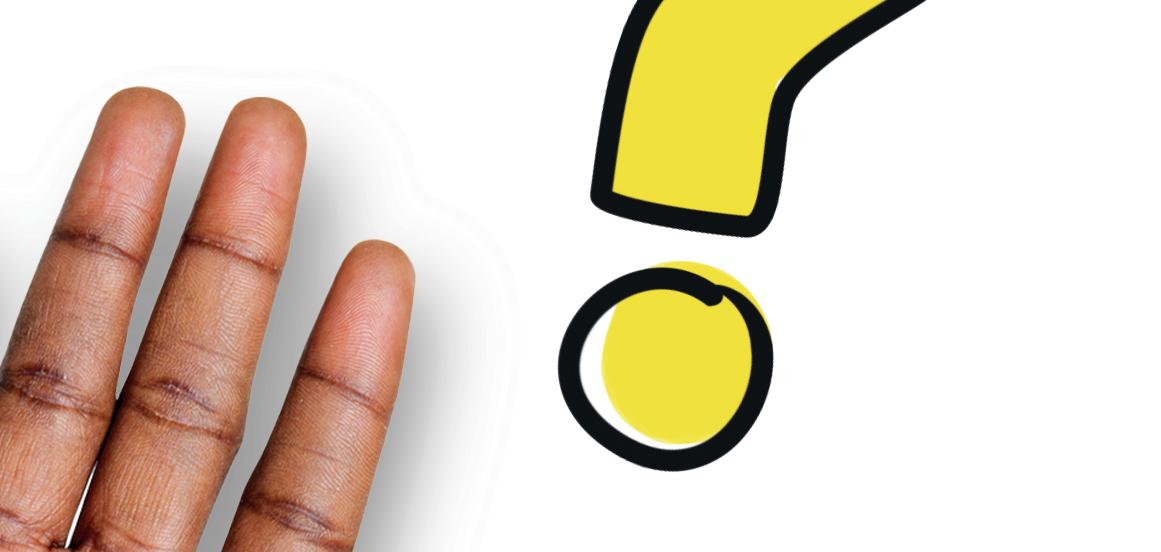




01 Create your final product plan.
Discuss how your group will present the results of your research by the end of this project. You will have to do an oral presentation, which can be live or a recorded video, and a written presentation, which can be a report, a flyer, a booklet for the community, a blog or even a social media profile. You may also combine the oral and written work in only one digital medium. After some deliberation with your group, write your initial plan in the space provided below and justify your choices. You may change your plan afterwards if you think another medium will be more suitable for the group.

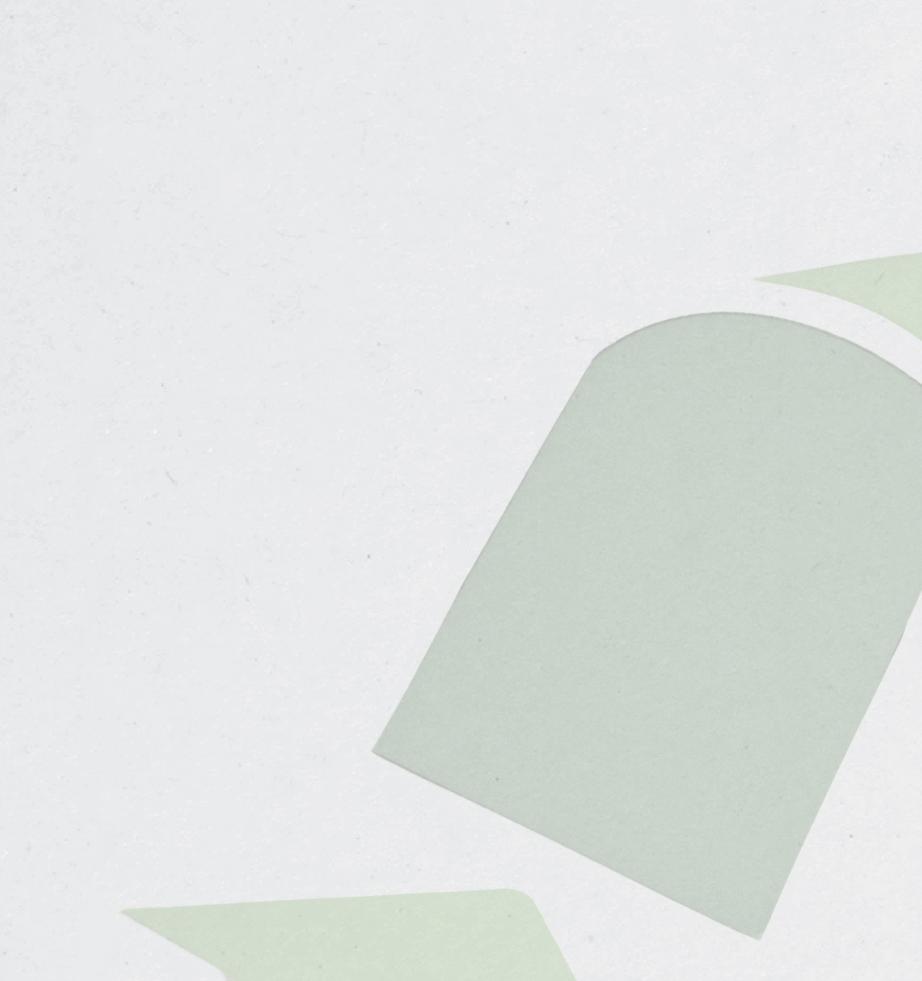
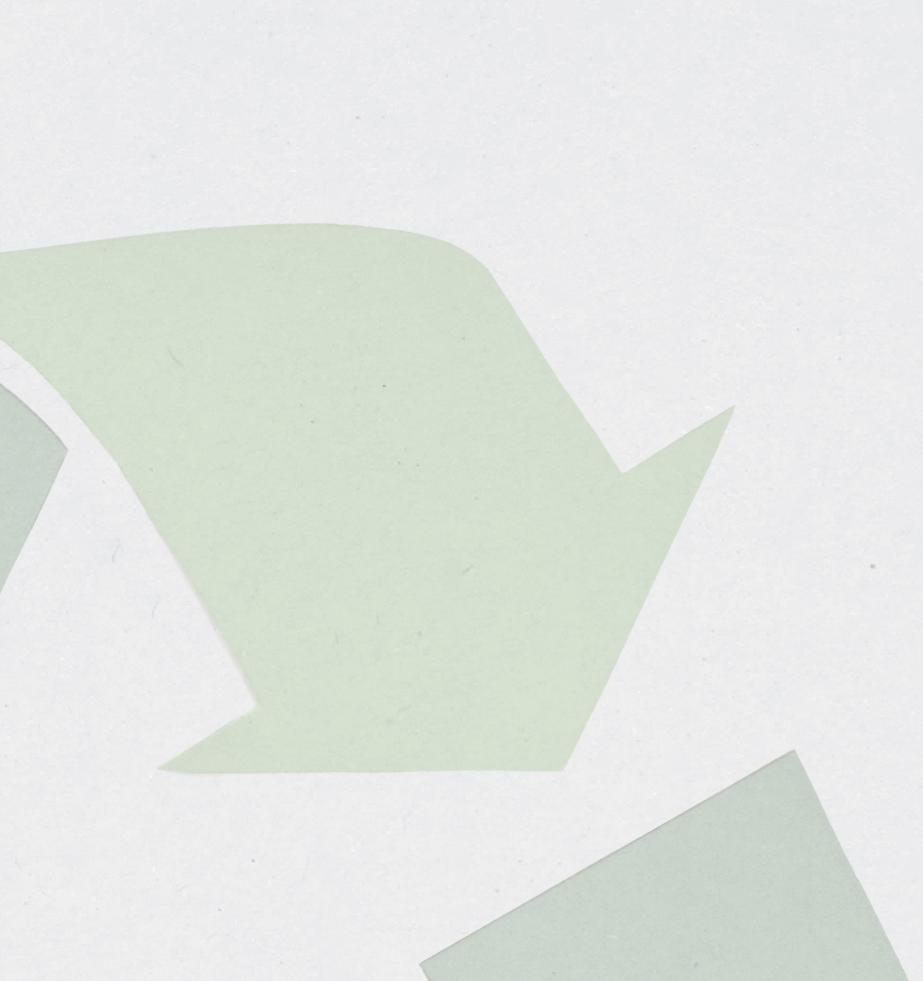

DATE: Proibida a reprodução total ou parcial desta obra.



NAME:

01 Here are definitions of “fact” and “opinion” from some online dictionaries. Write FACT or OPINION next to each definition.
A thing that is known or proved to be true. (Oxford Dictionaries)
Something that is known to have happened or to exist, especially something for which proof exists, or about which there is information. (Cambridge Dictionary)
A thought or belief about something or someone. (Cambridge Dictionary)
Something that has actual existence. (Merriam-Webster Dictionary)

A view, judgment, or appraisal formed in the mind about a particular matter. (Merriam-Webster Dictionary)
A view or judgement formed about something, not necessarily based on fact or knowledge. (Oxford Dictionaries)

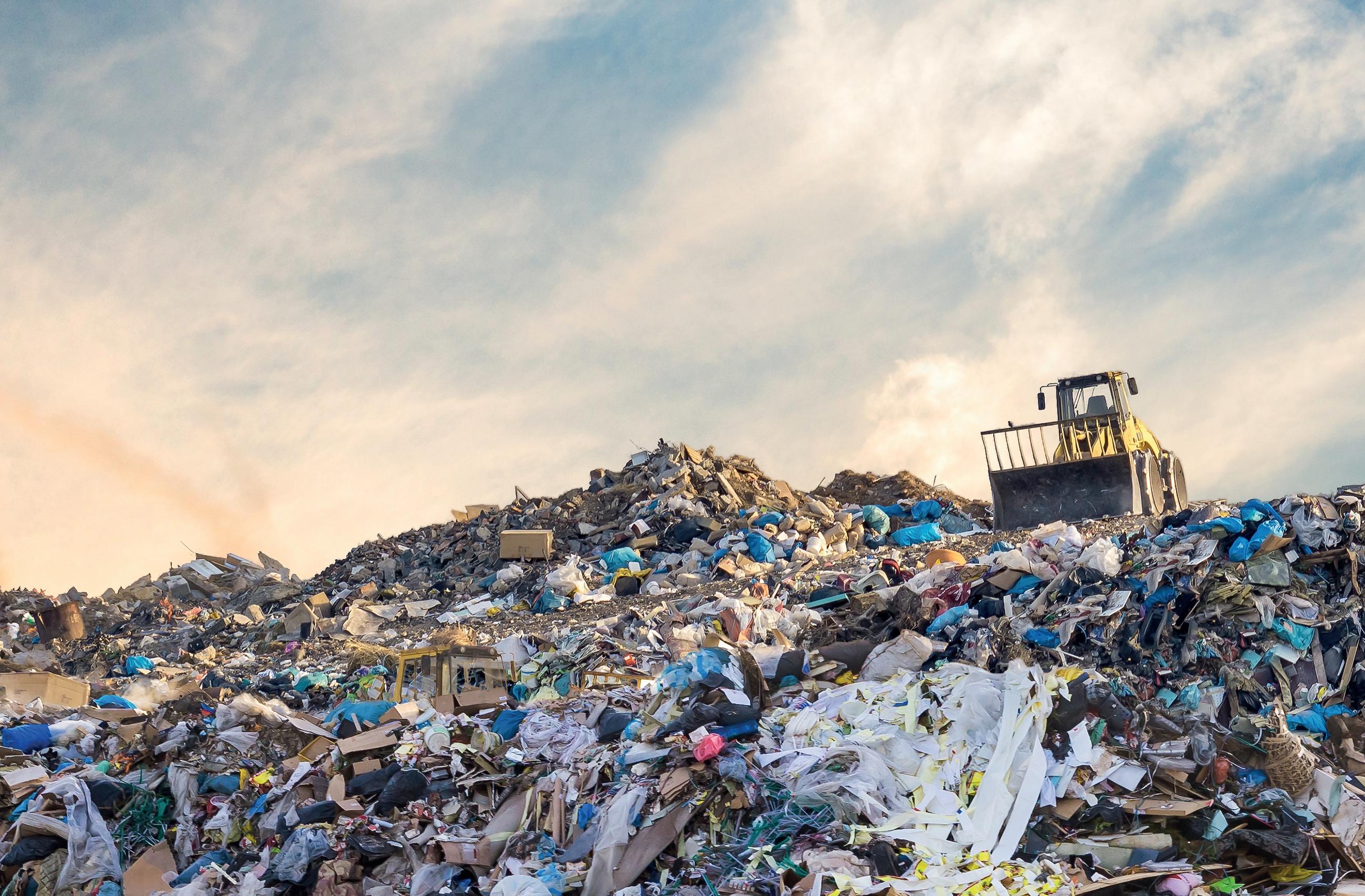
02 Are these sentences facts or opinions? Write an F if you think it is a fact and O if you think it is an opinion.

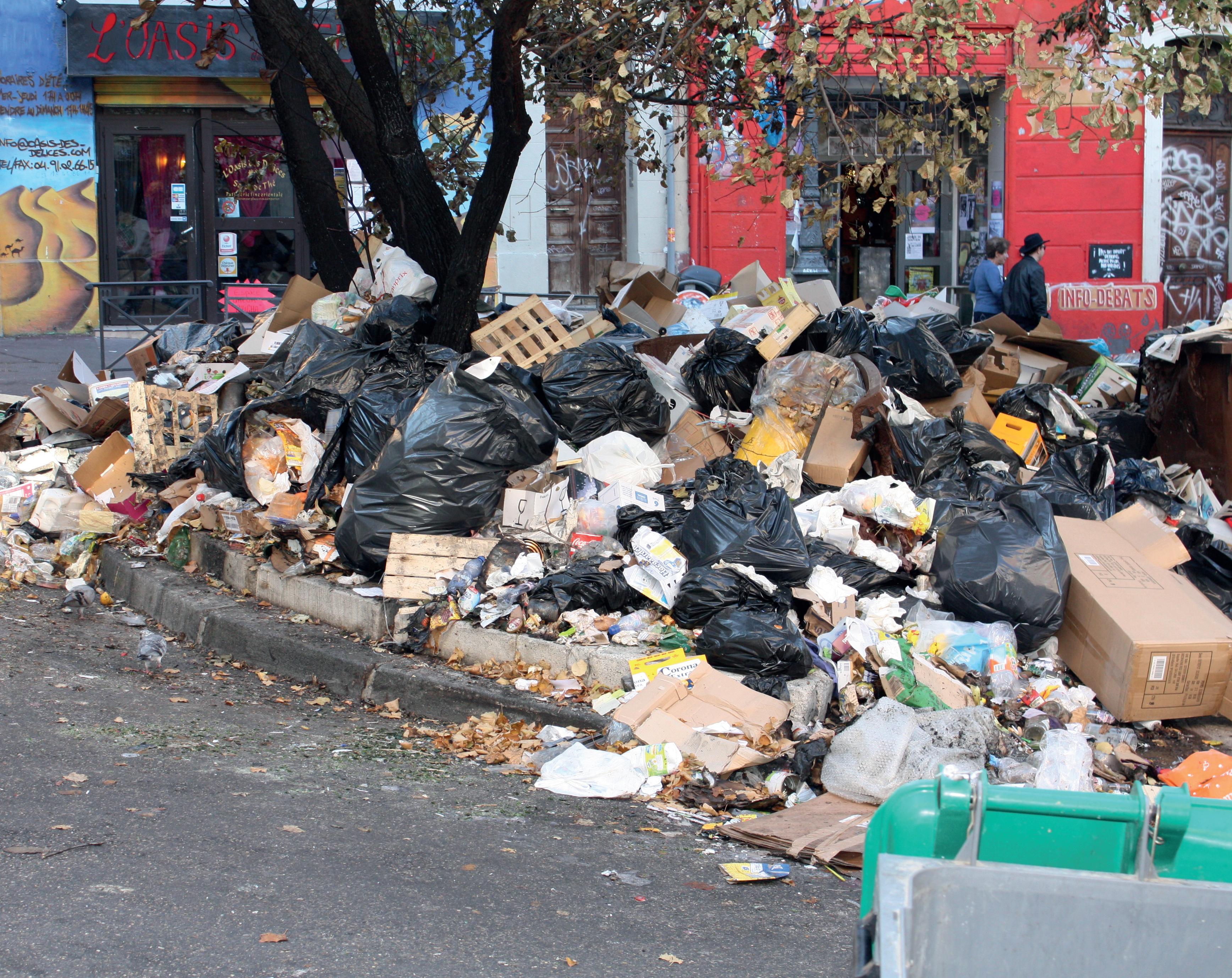
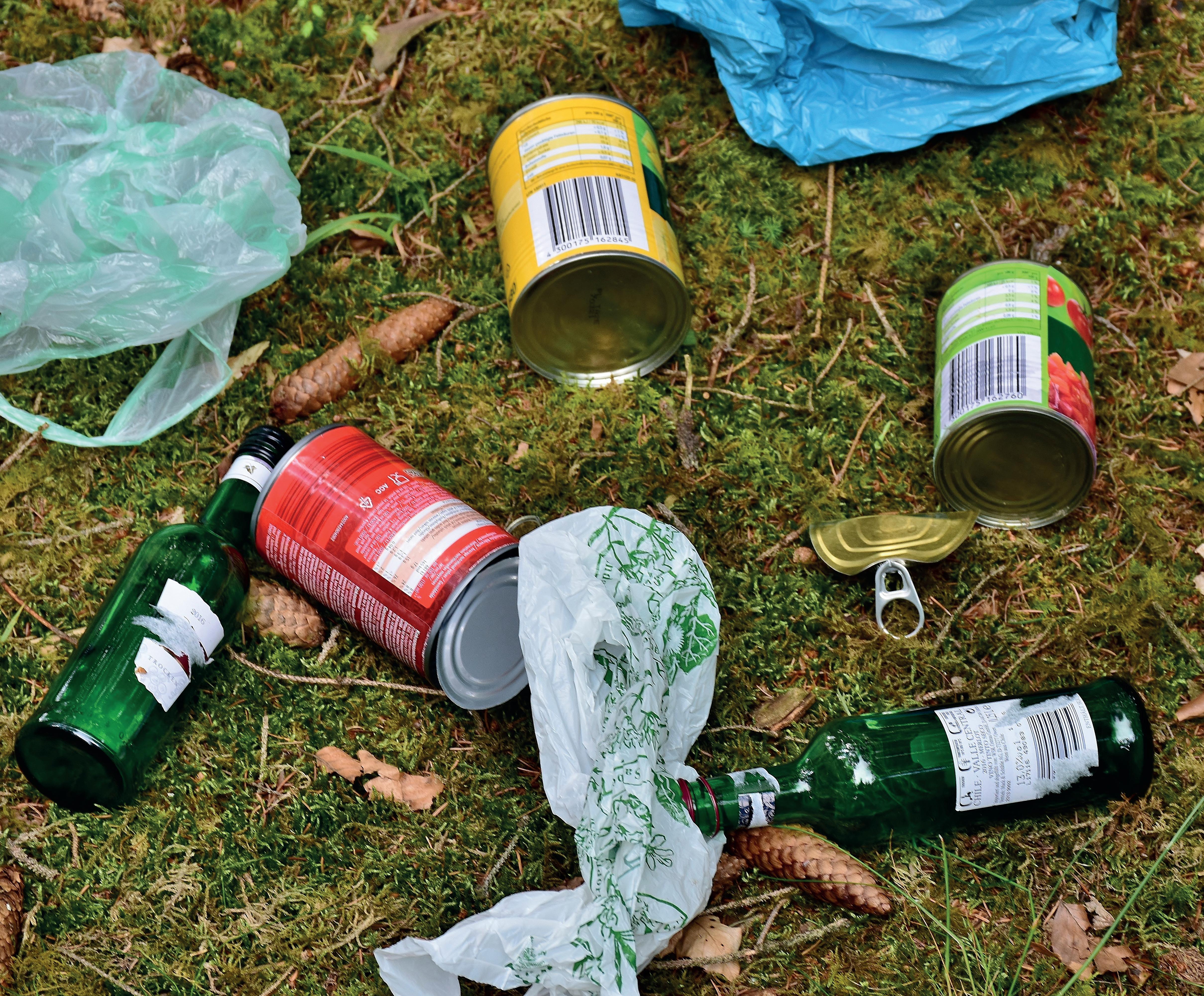
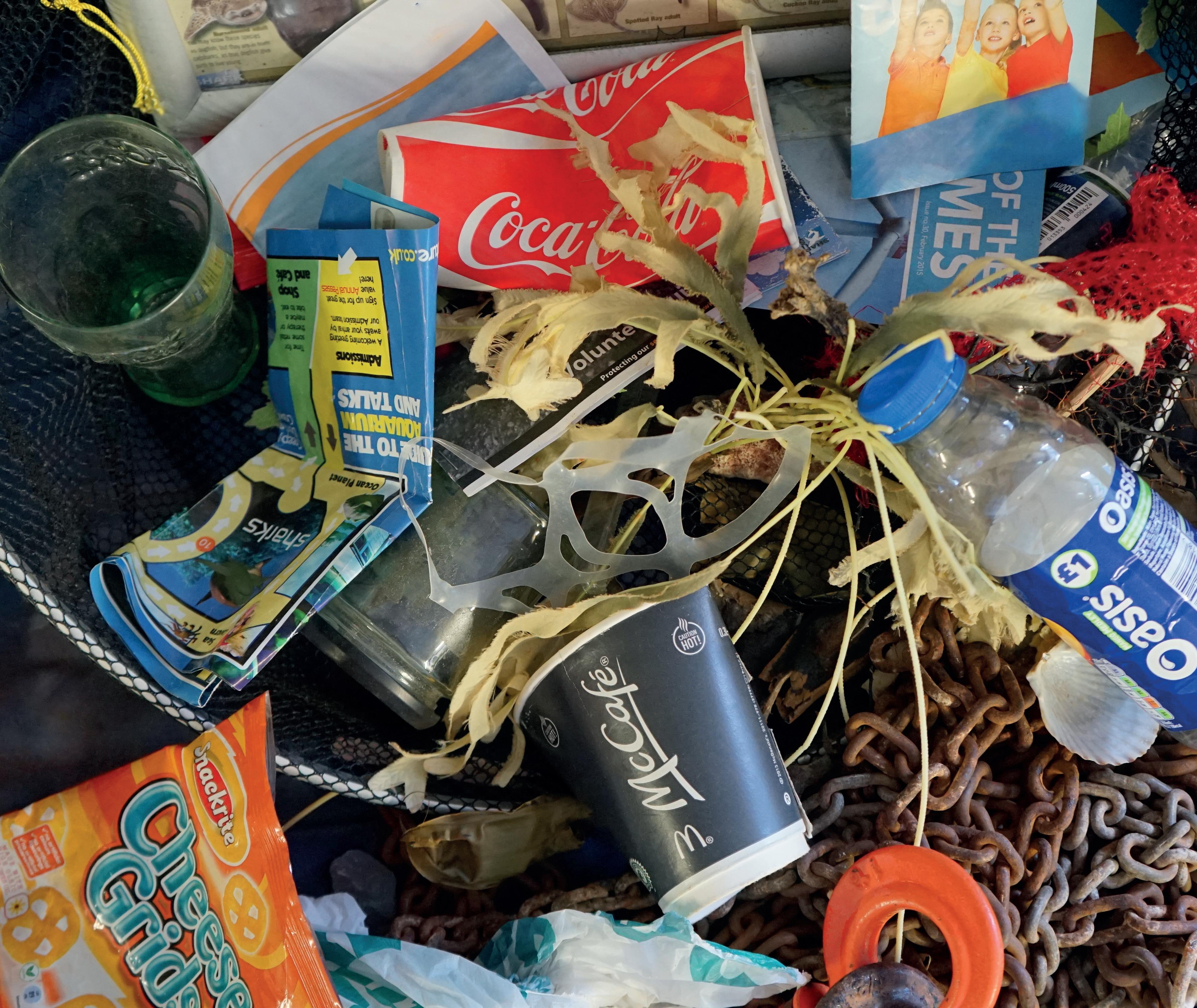
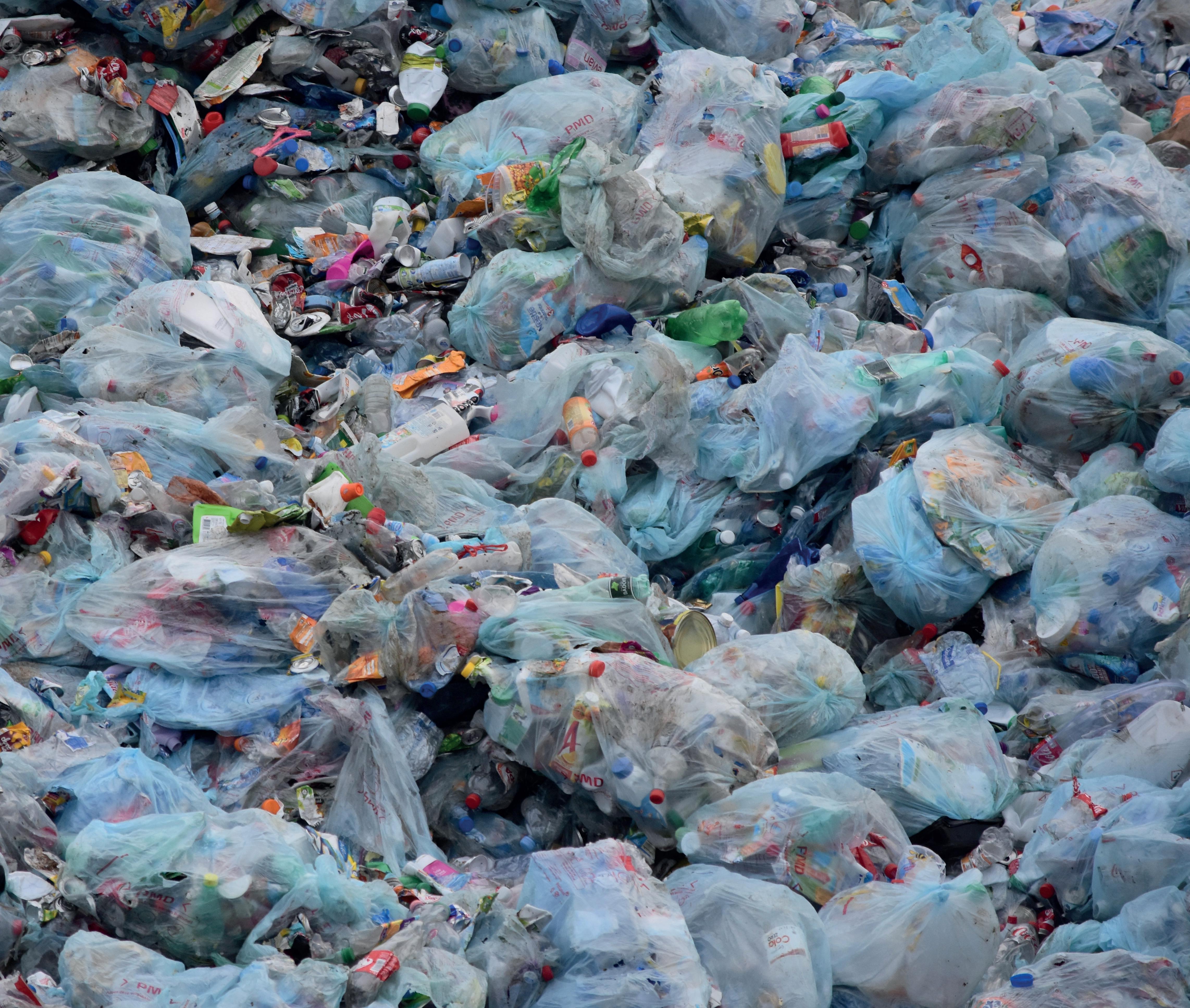
Litter ruins people’s enjoyment of the countryside and makes open spaces feel like waste grounds.
(The Guardian, 2018 - s.systemic.com.br/4t6w)

Research has proven that litter attracts more litter. By contrast, a clean community discourages littering and raises local living standards and quality of life.
(Department of Energy & Environmental Protection, State of Connecticut, USA, 2015 – goo.gl/y9ATU5)

Hitting litterers where it hurts — in the wallet — with less force but more frequency is the smart way to go.
(The Post and Courrier, 2018 – goo.gl/hGqsG6)

Cigarette butts, snack wrappers and take-out food and beverage containers are the most commonly littered items.
(ThoughtCo. 2017 – goo.gl/hGf9hb)

Each plastic bag will take between 500 and 1,000 years to decompose in a landfill.
(OVO Energy, 2013 – goo.gl/zynhcG)

03 How long does it take for a plastic bag to decompose? The last sentence from Exercise 02 is displayed below. Read it and compare it with the two other pieces of information from different sources.
Each plastic bag will take between 500 and 1,000 years to decompose in a landfill.
(OVO Energy, 2013 – goo.gl/zynhcG)
Most plastic shopping bags are used only once, and a plastic bag can take more than 100 years to decompose!
(CB Environmental Group, 2011 – goo.gl/3QXVUr)
Plastic waste is one of many types of waste that take too long to decompose. Normally, plastic items take up to 1000 years to decompose in landfills. But plastic bags we use in our everyday life take 10-20 years to decompose, while plastic bottles take 450 years.
(ThoughtCo. – goo.gl/D1BU3h)


Which data do you think are correct? Check the sources for yourself and try to find out if they are reliable. Write your conclusions here and share them with your classmates.
NAME:



04 Search the Internet to find out how long it takes for plastic bottles to decompose.
02 Use at least three different sources and list them here.
Source:
Source:
Source:
05 Now, analyze the information you have collected and the sources. Is the information very different from one source to the other? Which sources are reliable? Which are not? Why?
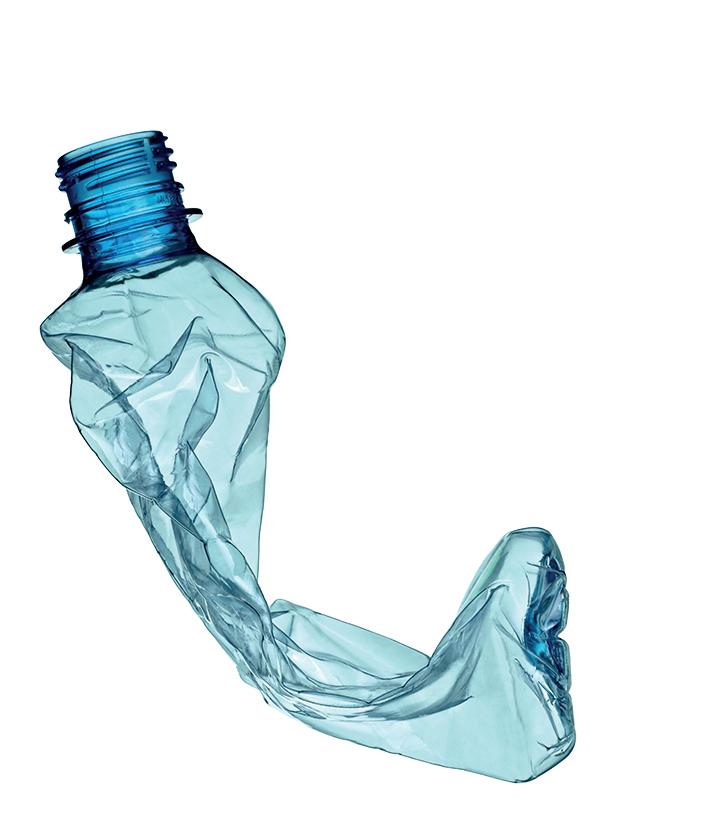
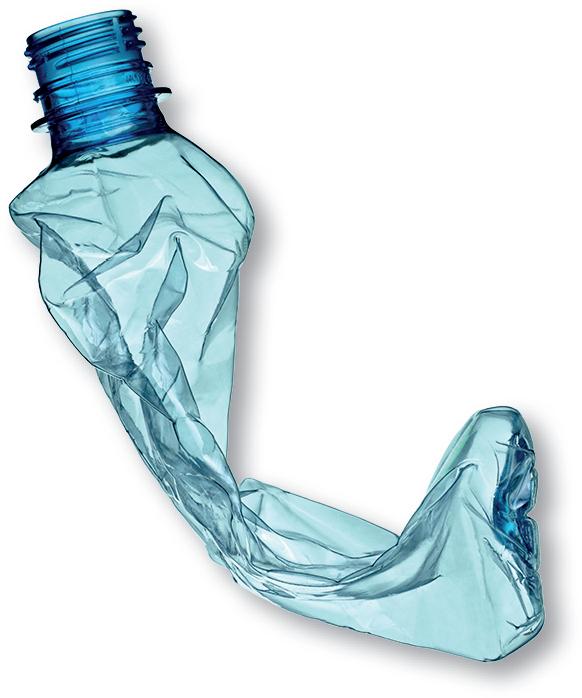







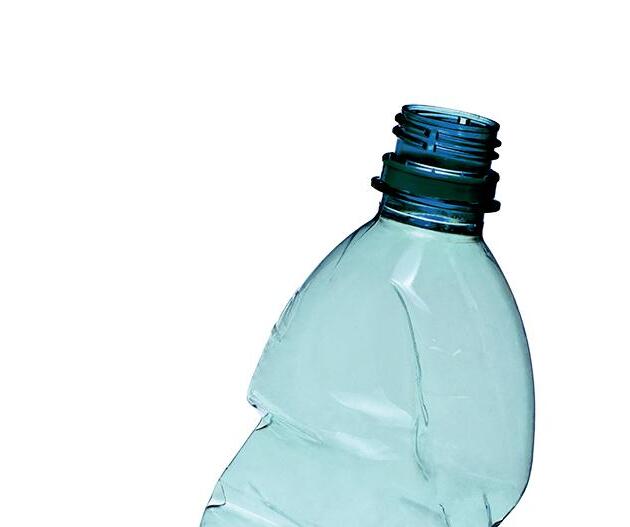
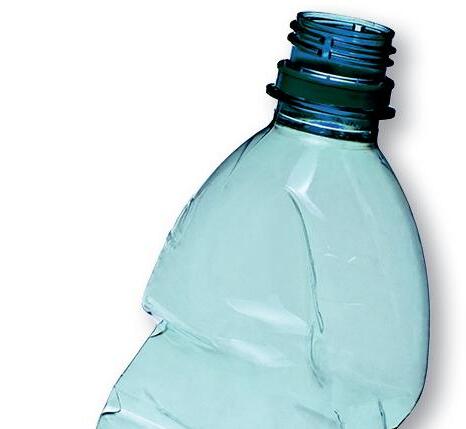


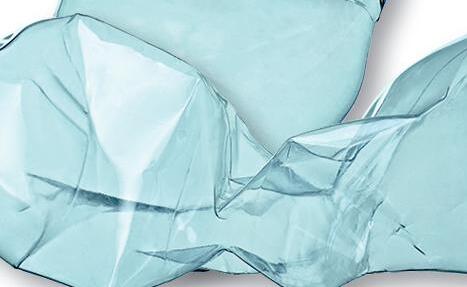

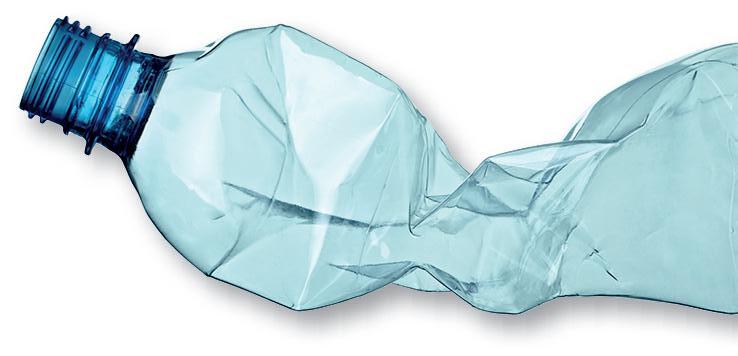

01 How could you determine whether an online source is reliable or not? Reflect on this matter and come up with a criteria list to identify reliable sources on the Internet.


NAME: DATE:
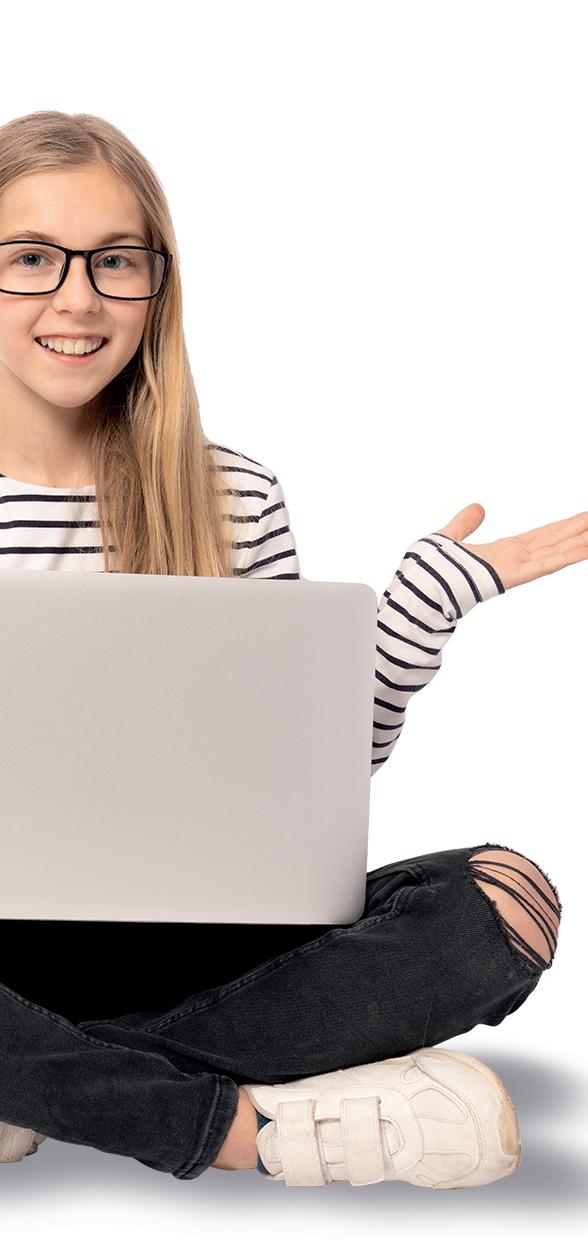






01 Work in groups and create a survey form to interview people about their littering habits.
The suggested questions are already here. All you have to do is change the sentences to interrogative form. Then, create possible responses for the answers. The alternatives have been already given for the first question.
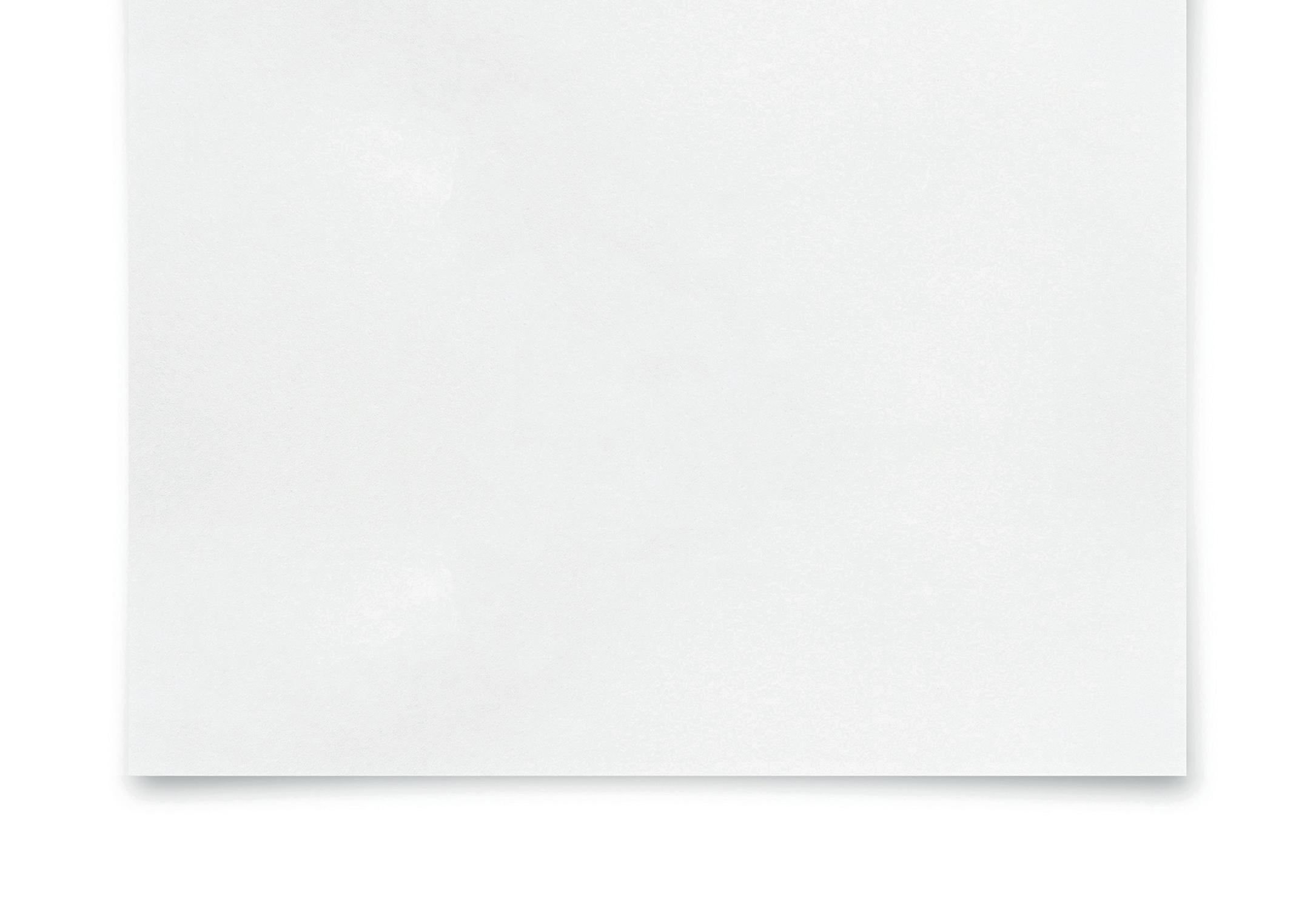
Ask if the person ever litters. Ask how often the person litters.
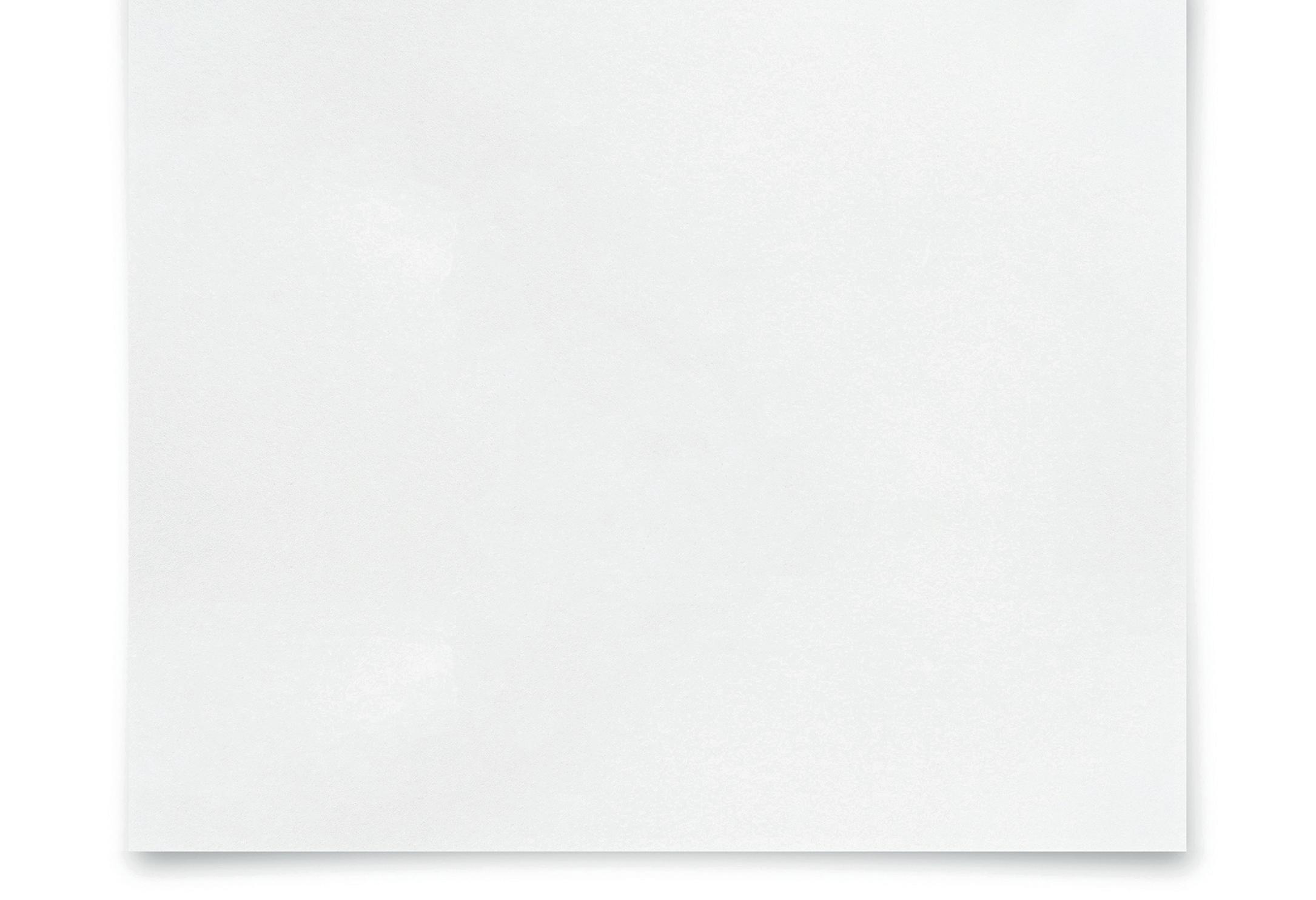
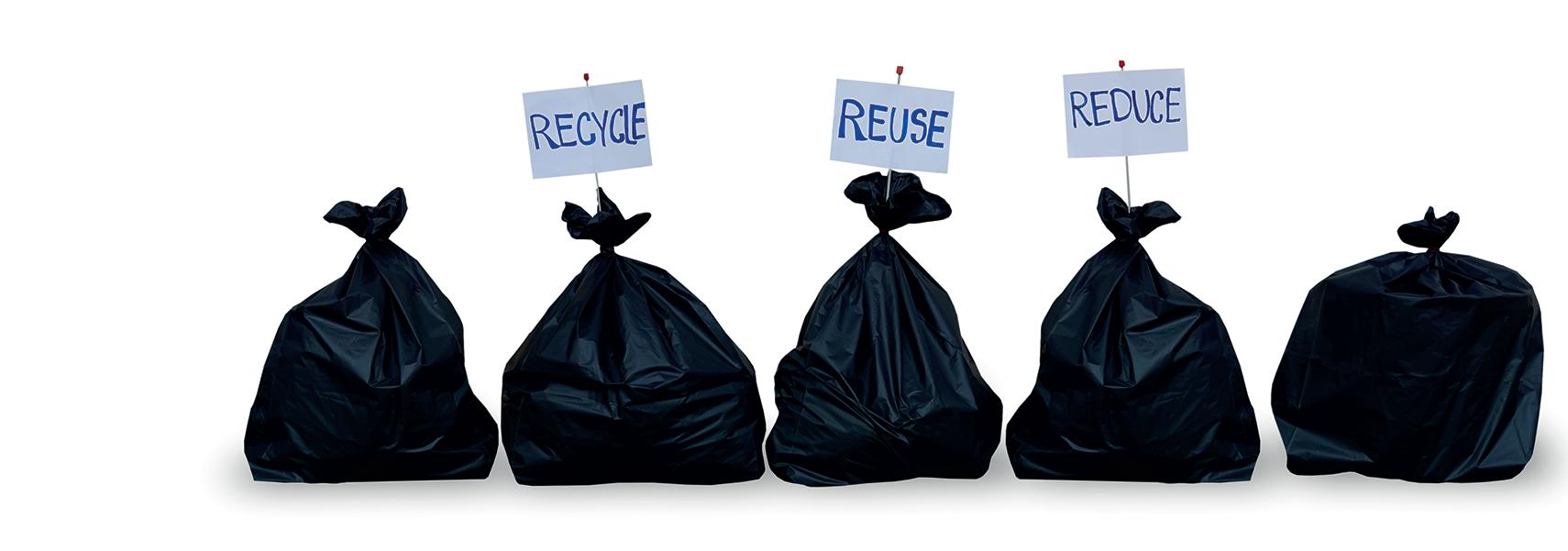

C
Ask what kind of items the person litters.
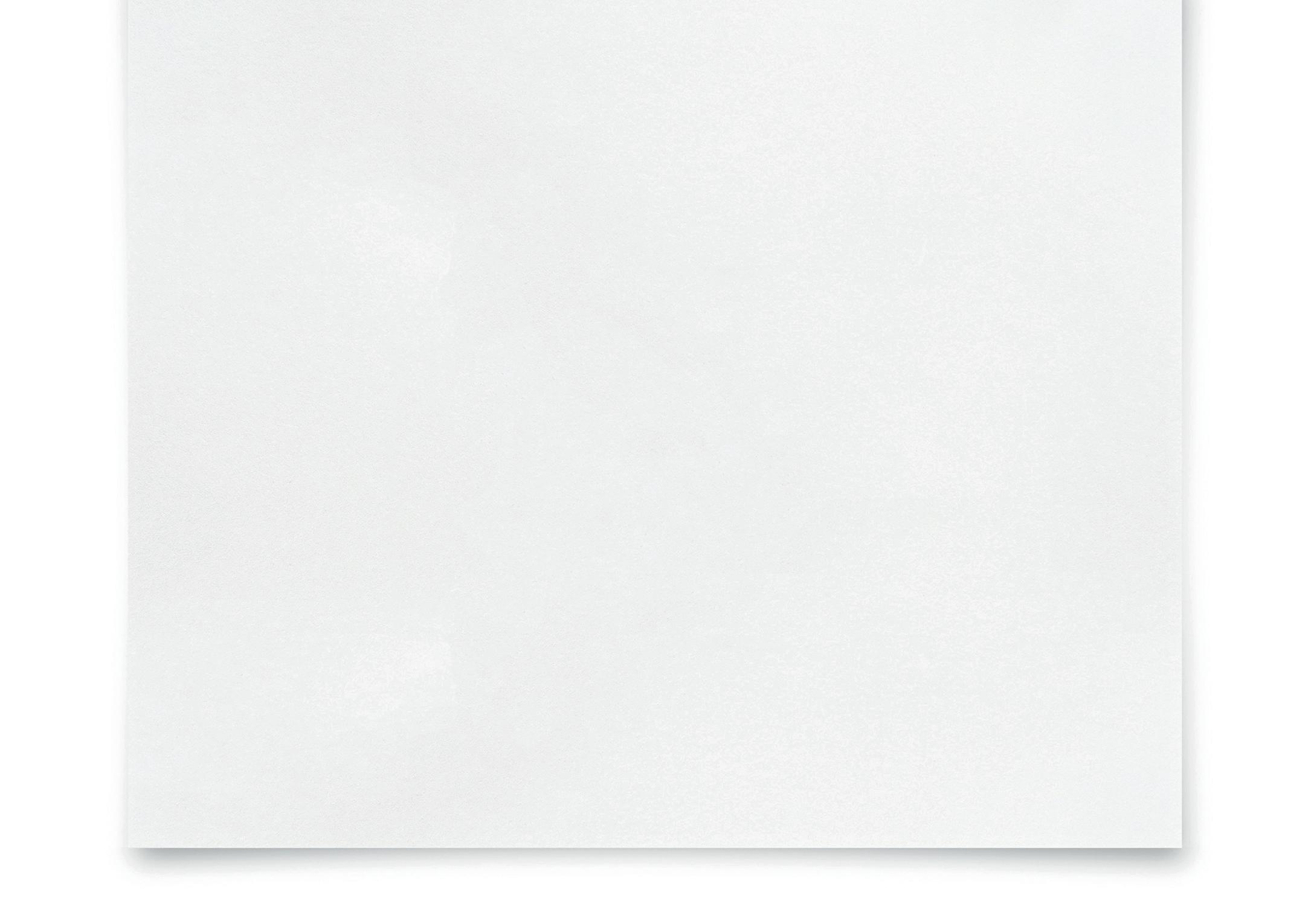
D
Ask why the person litters.

E
a reprodução total ou parcial desta obra.
Ask what could make the person stop littering.

NAME: DATE:
02 Follow the instructions below.


1. Now that you have created your survey form to find out about people’s littering habits, compare it to the one on the following page. The answers you will find there must be used in the survey you will conduct.
2. Together with your classmates, check if all the alternatives you have created are there. If they are not, and you think they are important, add them in the provided space.
3. Everyone will have to use the same form for the survey, so you will have to agree on what responses to use.
4. In your groups, find two people around the school to survey. Each person can only be surveyed once, so two different groups cannot survey the same person.
5. Use tally marks ( | ) in the space provided after the chosen alternative to record the person’s answers.


6. When you ask the first question, if the person answers “no”, stop the interview, but do not forget to record his/her answer with a tally mark.
7. In total, each group must survey at least 10 people that acknowledge they litter. As you have already surveyed two people in your school, find another eight as homework.
8. You may have to translate the questions and responses as not everyone speaks English.
9. It is important to interview people of different ages and different levels of education.
10. Do not forget to say “Thank you!” to the people that answered your survey!
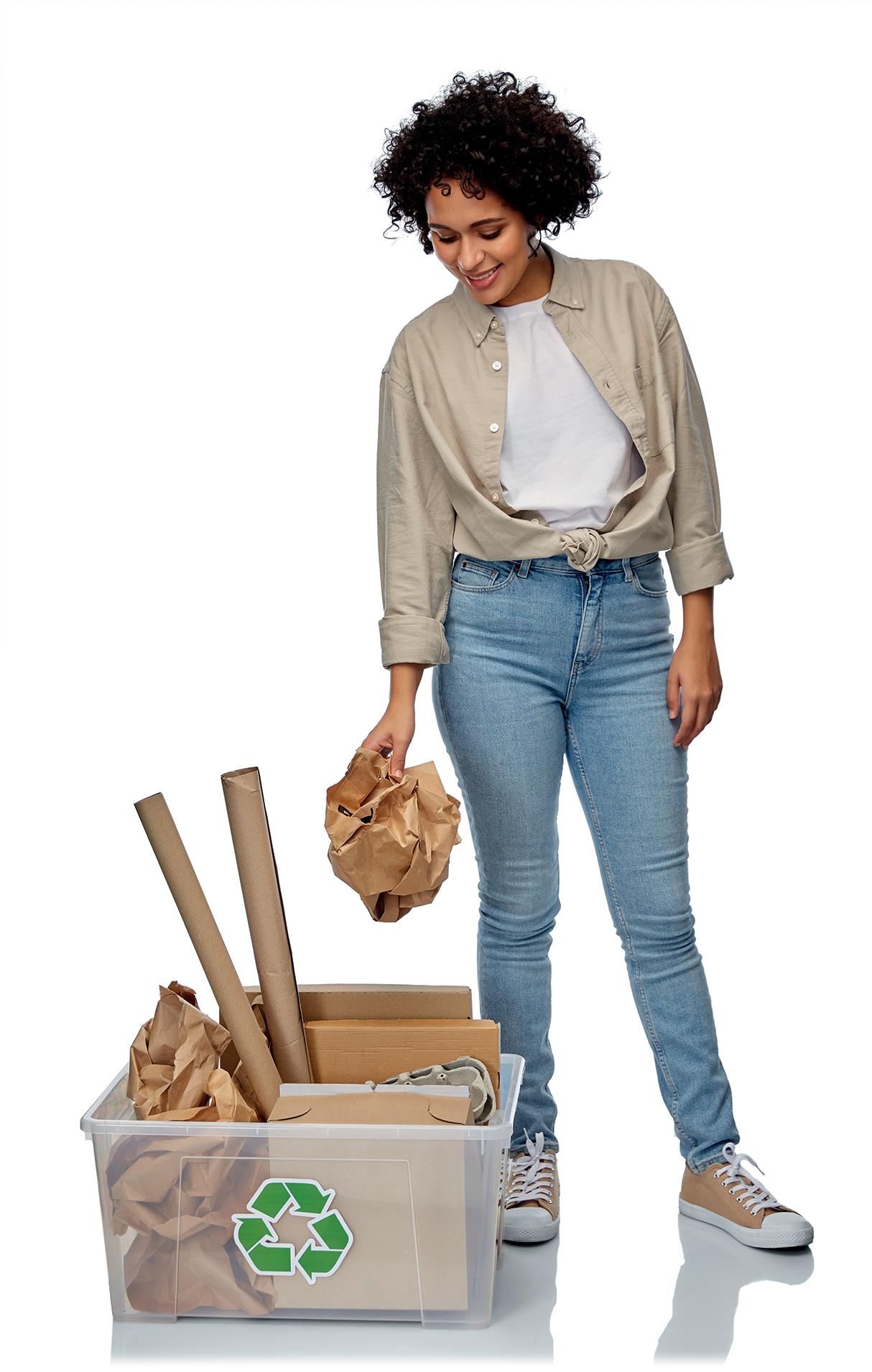

Do you ever litter?
How often do you litter?
What kind of items do you litter? (more than one alternative may be chosen)
Cigarette butts
Snack, candy, chocolate wrappers
Plastic bags
Plastic cups, bottles, and other plastic objects
Cans
Food scraps
NAME: DATE:
Proibida a reprodução total ou parcial desta obra.
Because it’s not easy to find a trashcan.
Because I get distracted, I don’t remember to throw the trash in the trashcan.
Because other people do the same.
Because I don’t think littering is a problem.
What could make you stop littering?
If there were more trash cans around me.
NAME:
If I understood how harmful to humans, animals, and to the environment littering is.
If I had to pay a fine when I litter.
DATE:
01 Follow the instructions below.
Step 1
With your parents’ permission, create a profile on a social network to post pictures, videos, and messages with the following objectives: to show how ugly littering is, to show the effects of littering on human life, on the environment, economy, tourism, etc., and to try to persuade people not to litter.
Step 2
Together with your group, choose a name for the profile and a hashtag to use.
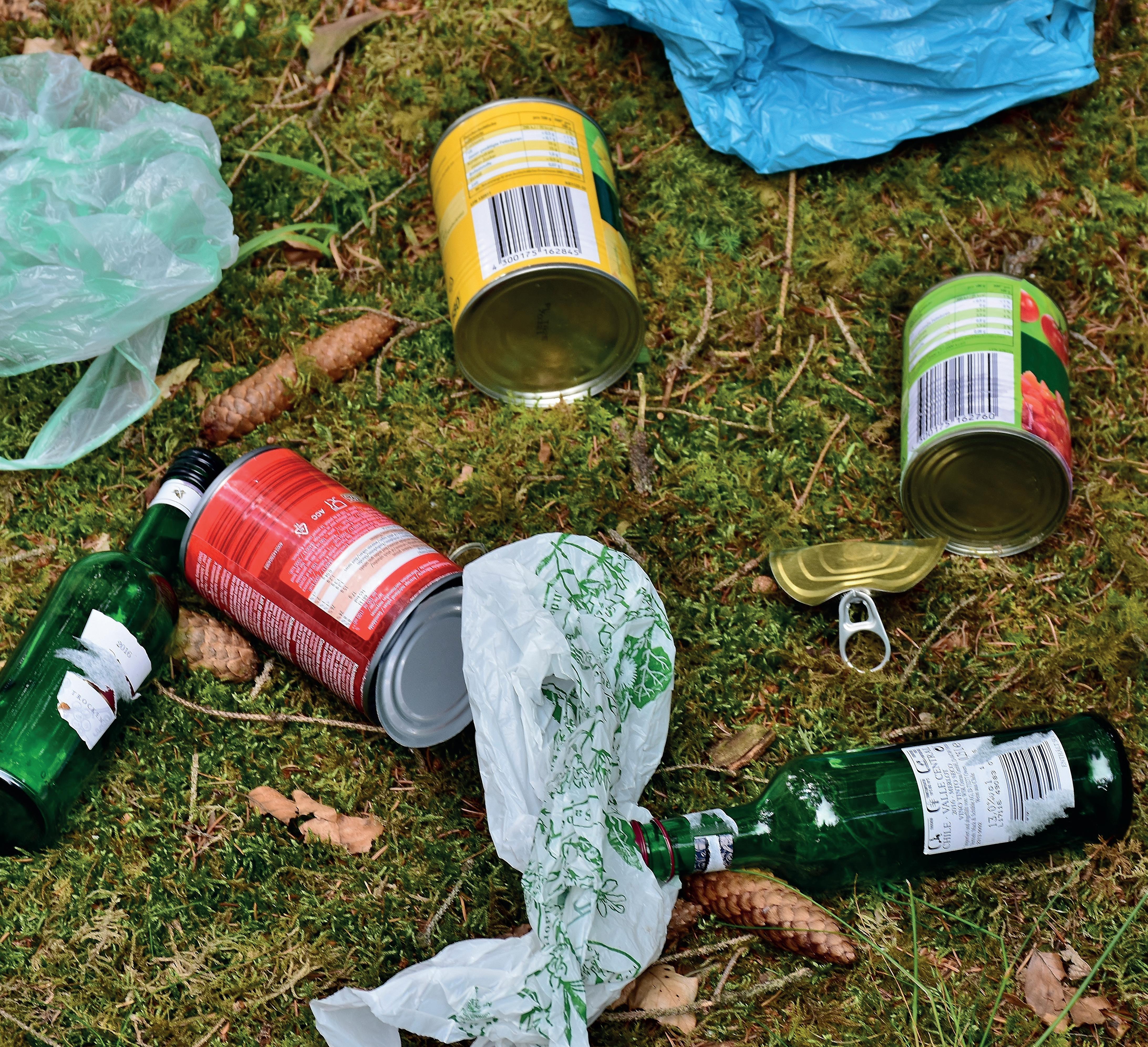
Step 3
Always add #SystemicBilingual, #SystemicPBL and your school’s hashtag in your posts.
Step 4
Type the name of your group at the end of the message, before the hashtags.
NAME: DATE:
Step 5
Make your posts, and ask your teacher to make any corrections before publishing them. Only corrected messages can be posted.
Step 6
This profile must be used throughout the whole project.
Step 7
Try to get as many followers and likes as possible. So, tell your family and friends about your social media profile and ask them to spread the word too.
Step 8
If there are more Systemic Bilingual classes doing the same project in your school or in Brazil, let’s see who gets more followers and likes!
Create your first post to explain why you created the profile. Each group will create a different one. Write the message here and ask your teacher to correct it before publishing it.


Step 9 NAME:
desta obra.
01 In your group, search the Internet for videos, websites, blogs, etc., and find at least two effects of littering you had not thought of yet. Write them here. Use complete and accurate sentences.
Effect 1
Effect 2
02 Listen to other effects your classmates have found and choose the one that caught your attention the most. Write it here.
Effect 3
NAME:
DATE:
03 Listen to your teacher’s instructions to make a post for the social media profile you and your group have created.


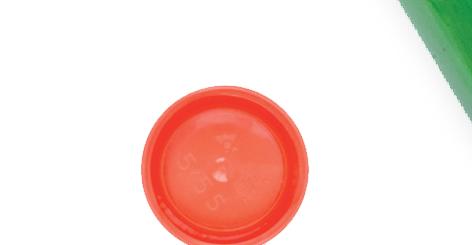
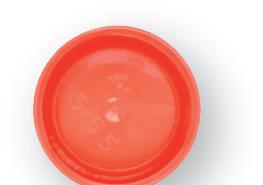







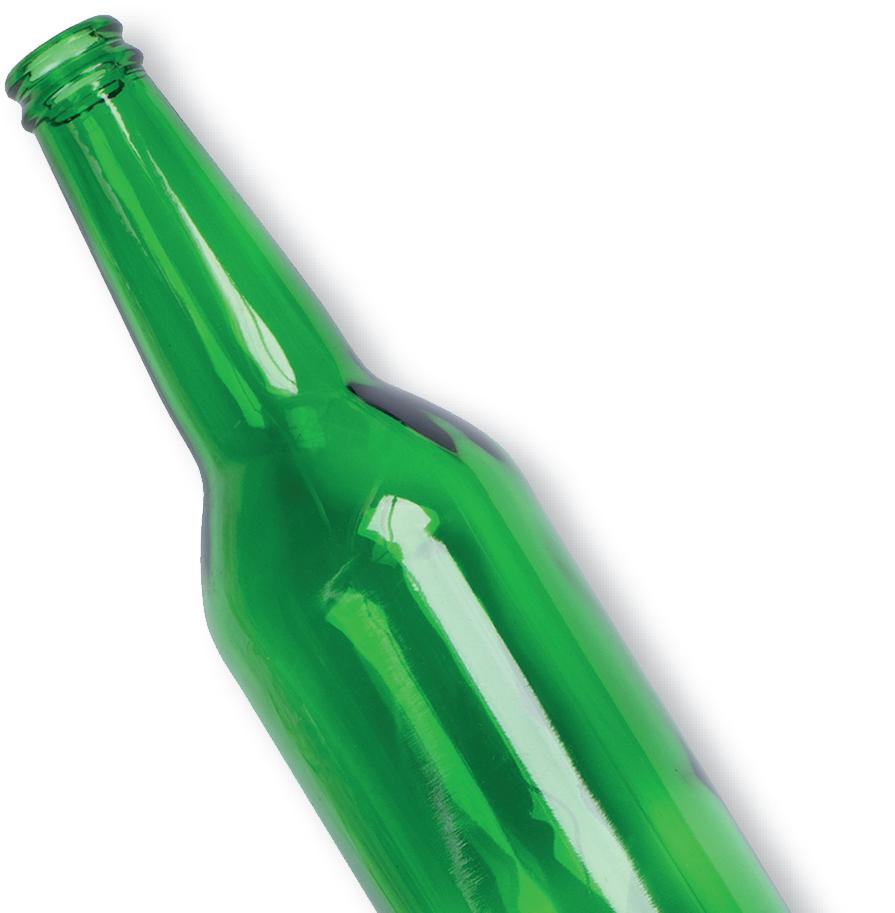








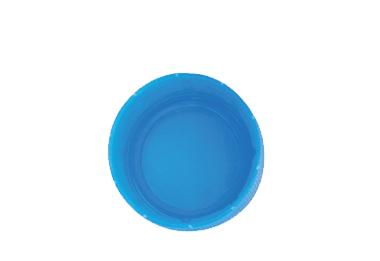






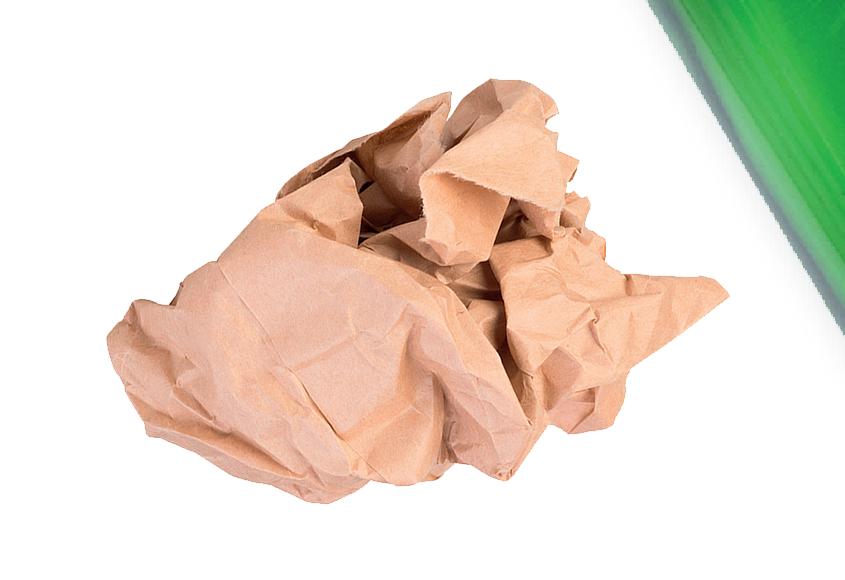


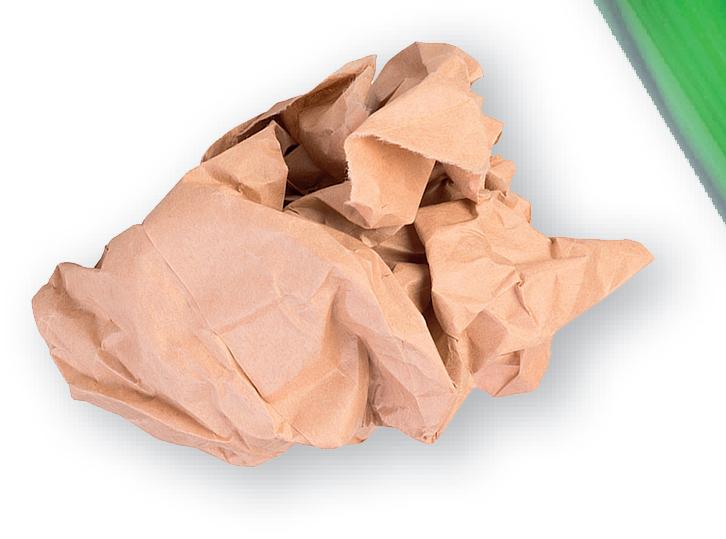

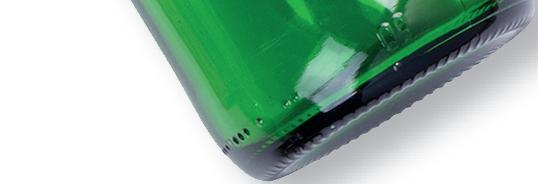


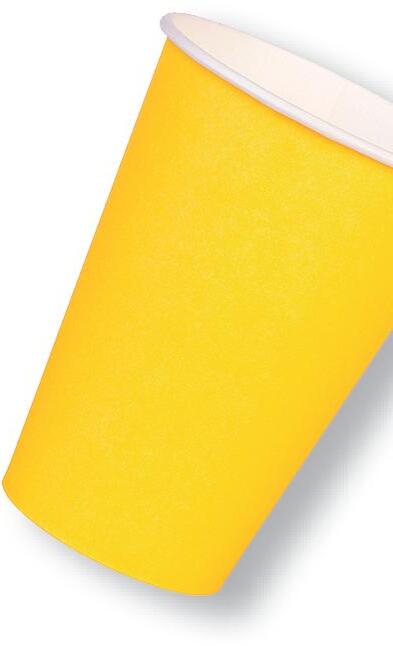




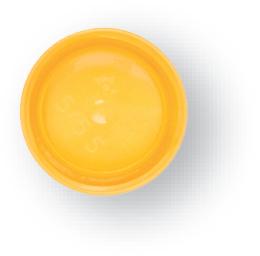
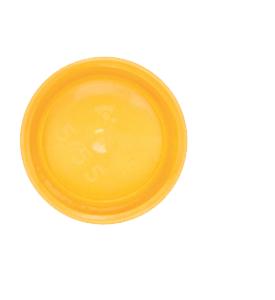
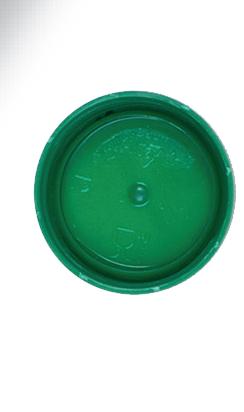

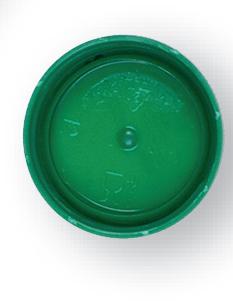




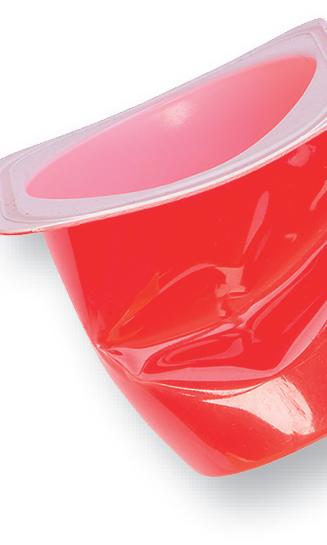






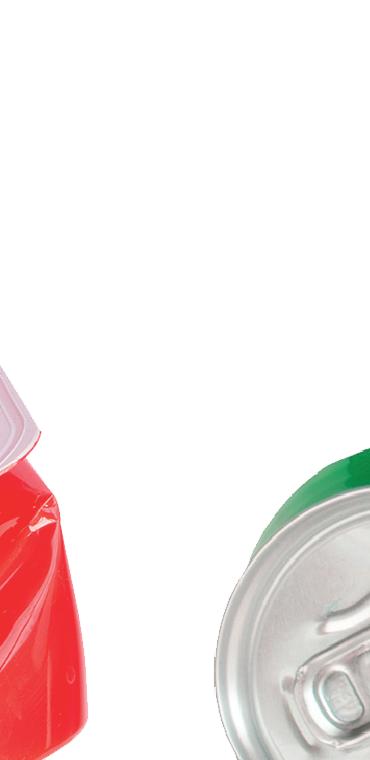








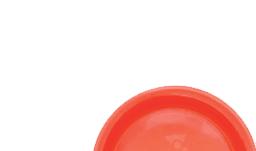
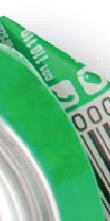


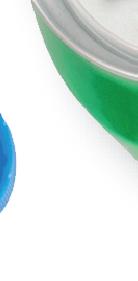
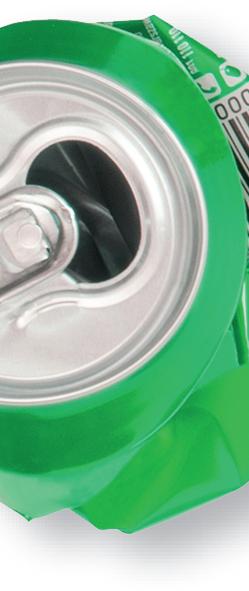


NAME: DATE:
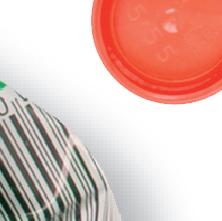
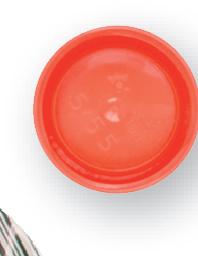
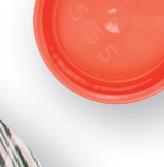









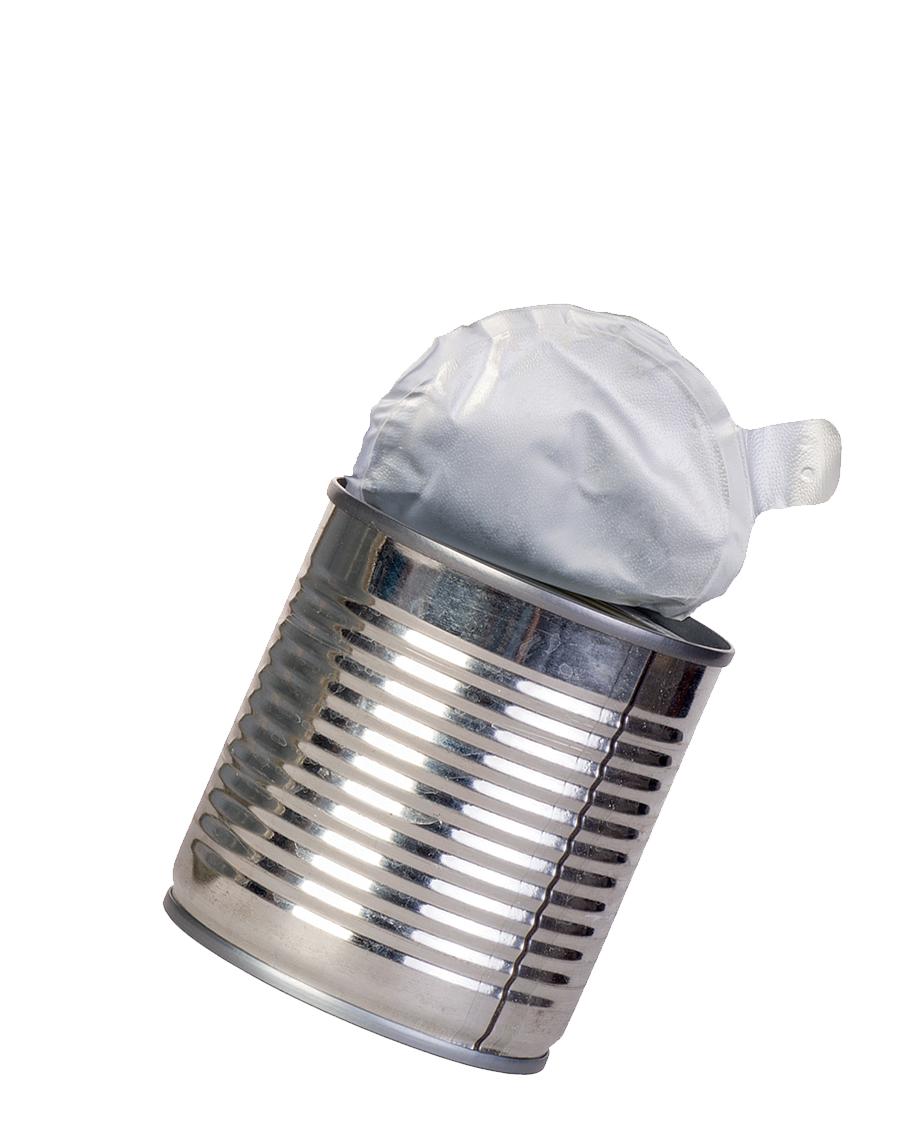



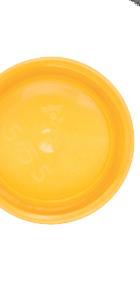
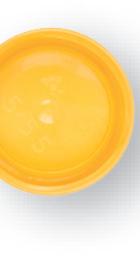

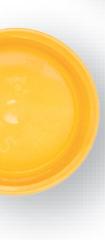






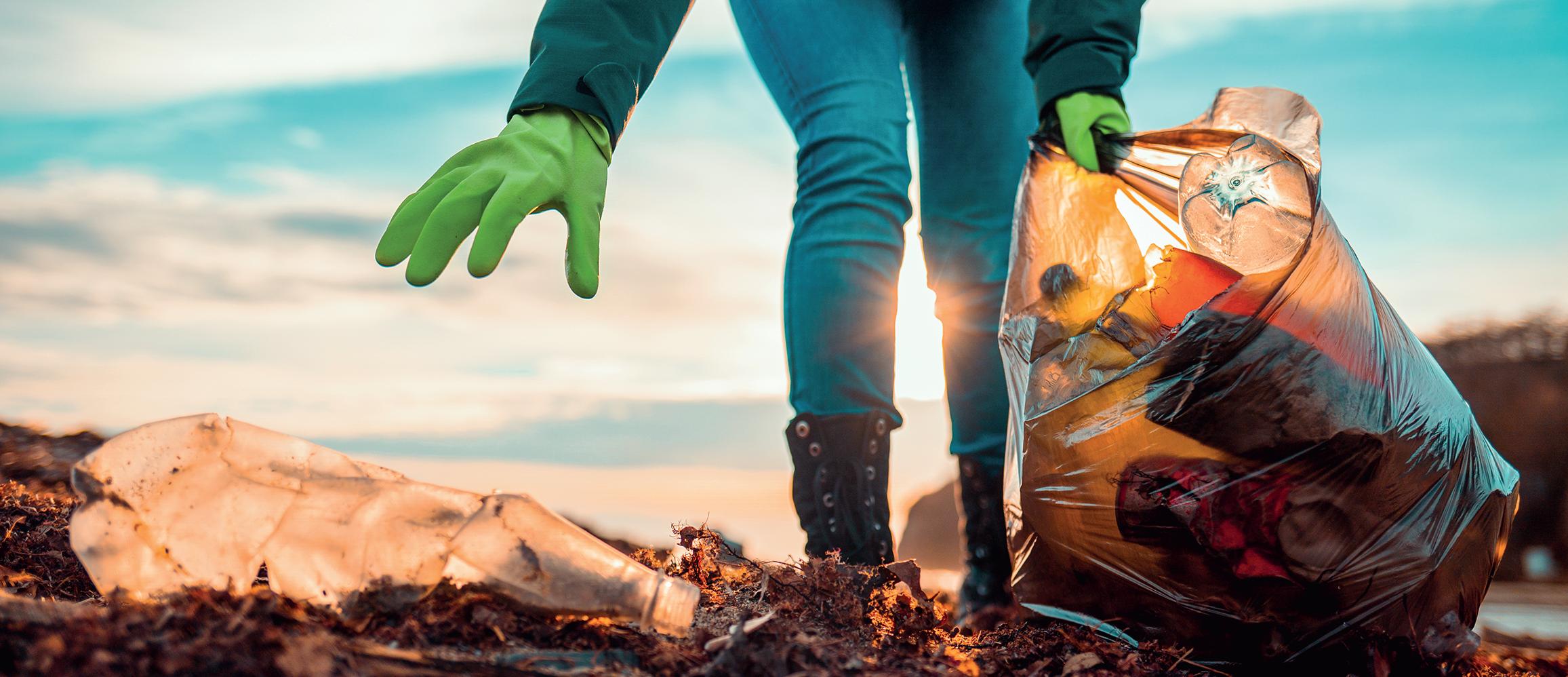
The population is growing and growing. In fact, there are about 372,000 babies born every day! As the world becomes more and more crowded, all life on Earth has more and more problems. Today, the ones we see most clearly are the Earth becoming warmer, too many people in the cities, not enough clean water or healthy food, and pollution of the land, water and air.
Many people believe that pollution only comes from factories and cars because we can see and smell the dangerous fumes in the air. We can also see the poisonous chemicals being put into the rivers and streams. However, there is one type of pollution that each one of us is directly responsible for: littering.
We are responsible for this type of pollution because litter is made up of all the things that people throw on the ground or in the water of lakes, rivers and oceans. In other words, people decide to throw this kind of trash into nature when they could throw it into a trash can instead. In fact, more than 75% of all people say they have littered in the past 5 years.
If you ask people, they will agree that litter is very ugly. Nobody likes to see papers, cans, cigarette butts, plastic bags and bottles on the ground, on the beaches, or in the rivers and oceans. Still, the majority of people in the world continue to litter. Why don’t we stop littering? 01 Read the text.
NAME:
DATE:
desta obra.
There are many reasons why people continue to throw trash on the ground and in the water. Many people are lazy. Statistics show that most people will hold onto a piece of trash for only 12 steps before they decide to throw it on the ground. Other people think that it is not their responsibility to take care of the environment because others will clean up their trash. Many people think that because their trash is very small, it is not a problem for them to litter.
We don’t realize how much time it takes for small pieces of trash to decompose and disappear. For example, an aluminium can will exist for 1,000,000 years before decomposing! It takes 12 years for a small cigarette butt to decompose. A simple plastic bag will take 20 years to disappear, and a plastic bottle takes 450 years. All plastic products are made of petrochemicals, which are made from petroleum and natural gas, and they never completely disappear. Unfortunately, plastic stays in the environment forever, and now we can even find small pieces of plastic in the fish we eat.
02 Analyse the following sentences about the text and mark T for true statements, and F for false ones.
The human population is increasing.
More than 300,000 babies are born every day.

We are not aware of the problems of overpopulation, lack of clean water and healthy food, and pollution.
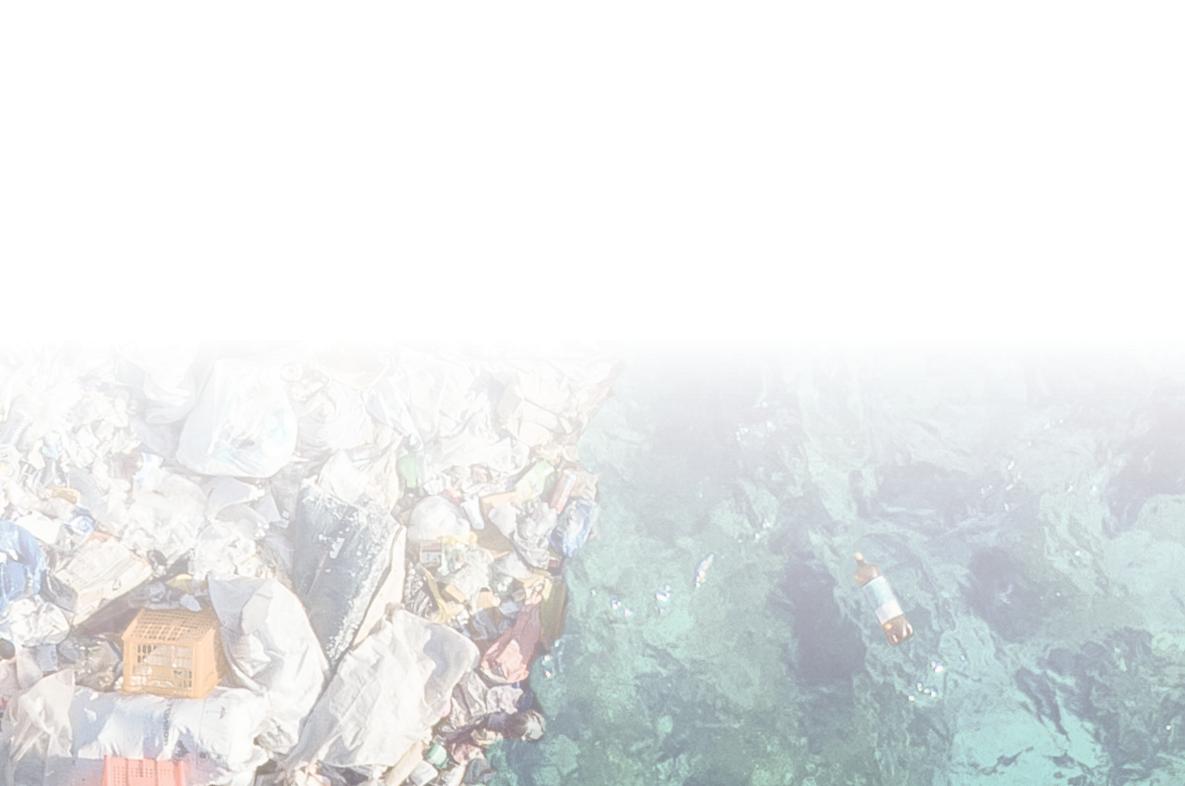

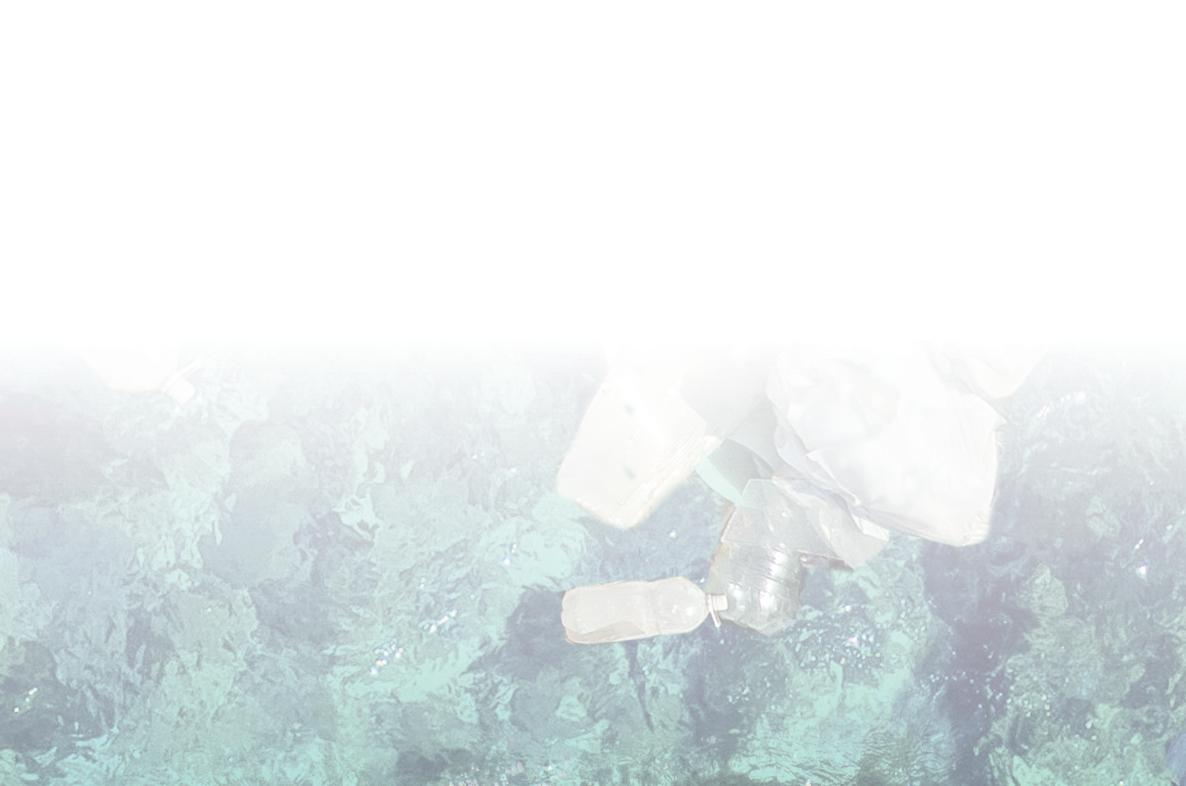
A lot of people think that pollution is only the result of cars and manufacturing.

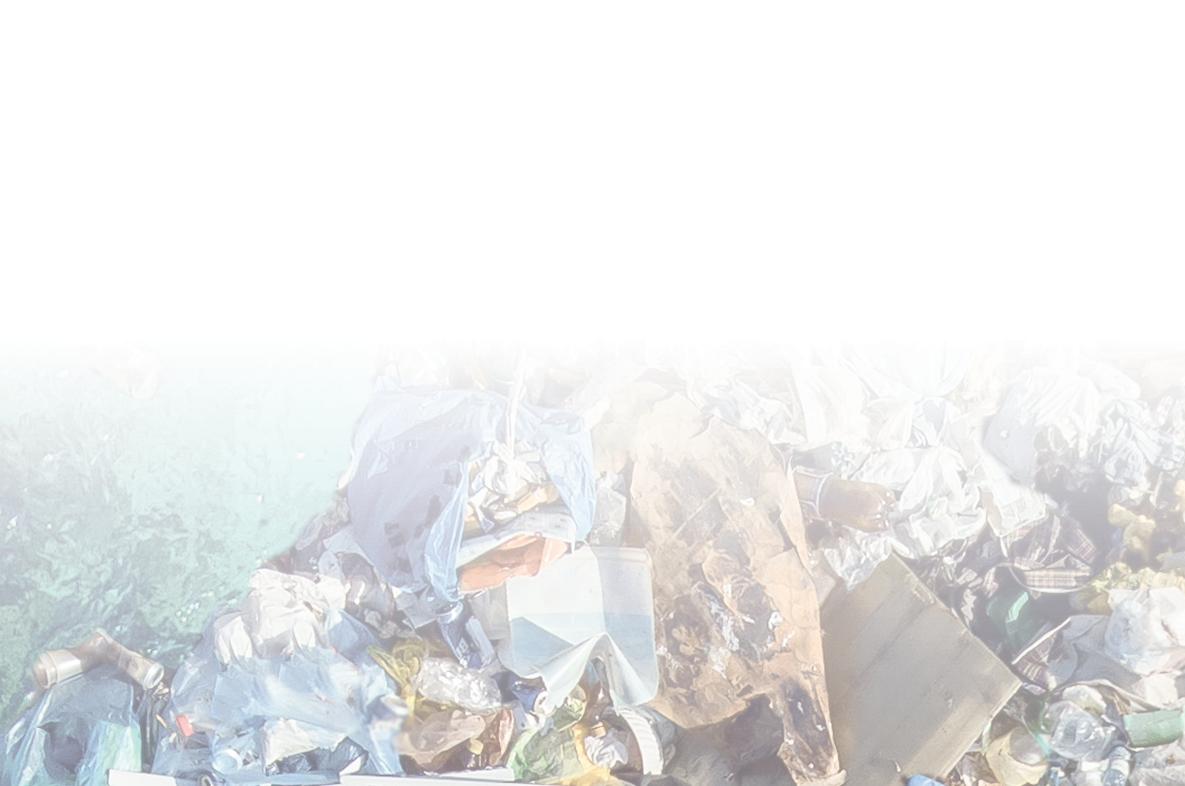
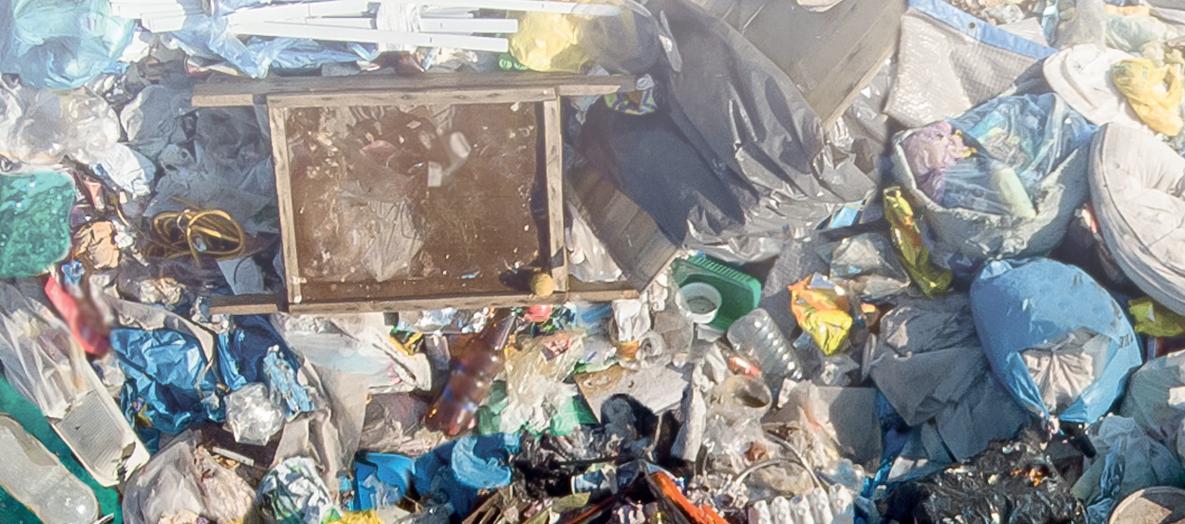

NAME:
DATE:
Nobody ever sees the poisonous chemicals going into the water of rivers and streams.
Everyone is directly responsible for littering.
Litter consists of fumes from cars and factories.
Only a minority of people say they have littered in the last 5 years.
Most people agree that litter is very attractive.
The majority of people in the world have stopped littering.
03 Choose the correct option for each of the following questions about the text.
The majority of people in the world have stopped littering.
To explain why people are lazy.

To convince readers that even small pieces of litter are dangerous.
To suggest ways to make litter decompose more quickly.
To describe why petrochemicals are good for making plastic.
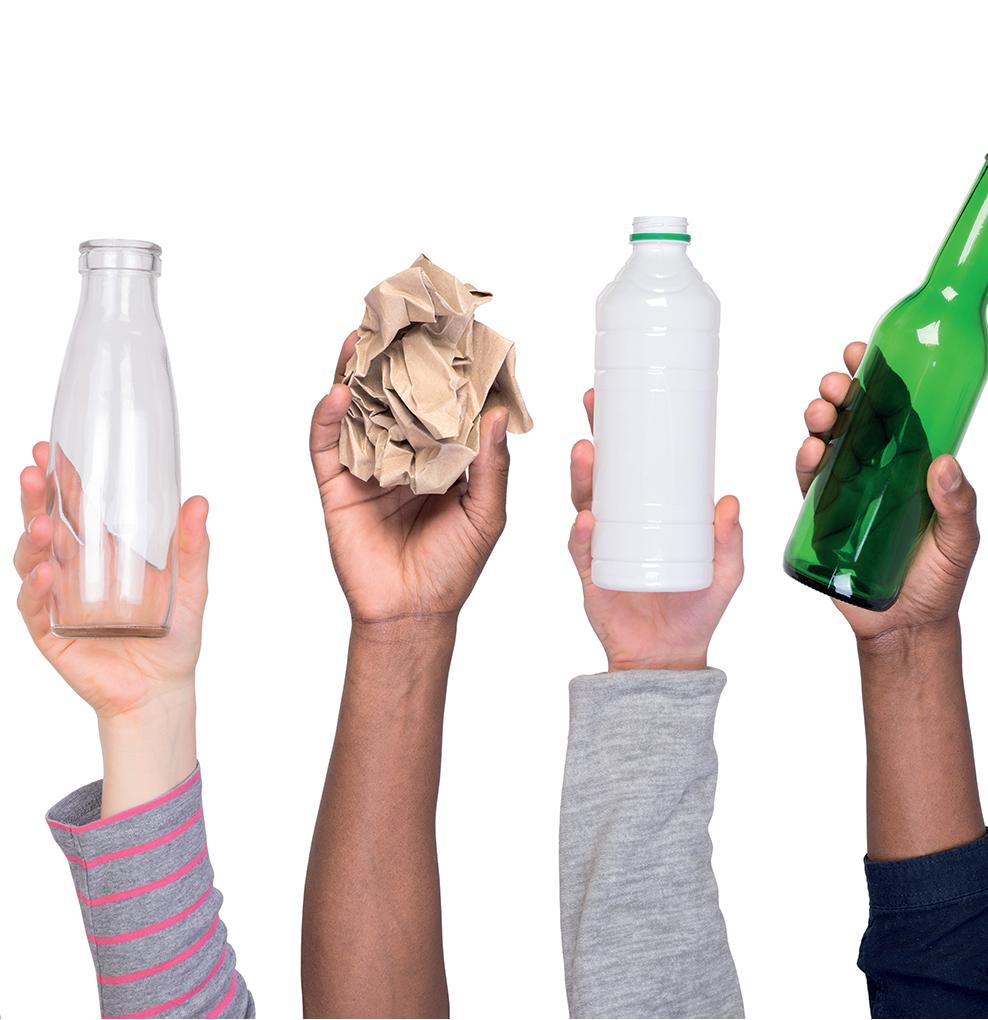
NAME: DATE:
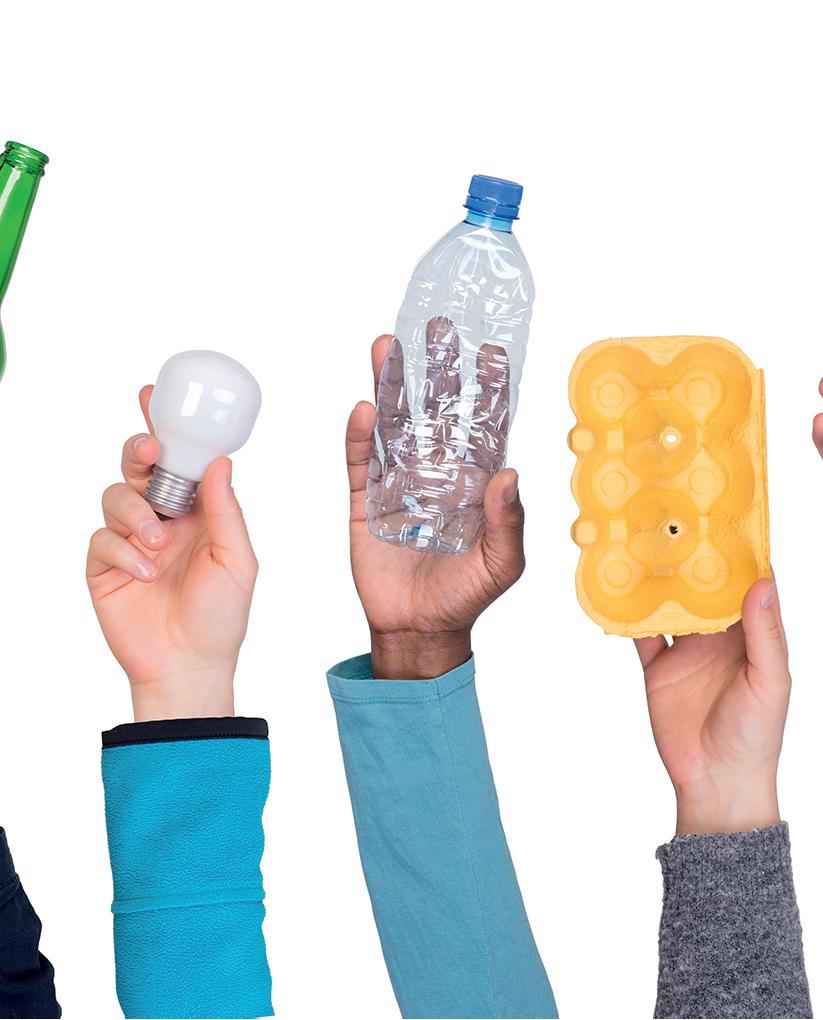

B
C
E Statistics show that
most people will litter after walking only a short distance with a piece of trash.
most people won’t litter until they have walked at least 12 kilometers. most people decide to litter every 12 steps. most people prefer not to litter until they feel lazy.
D What is one reason why people litter?

They think it’s too much responsibility to worry about litter.
They think the environment is responsible for litter.
They think they don’t have enough time to find a trash can.
They think other people will pick up their trash.
What are petrochemicals made of?
Petrochemicals are made from plastic bottles and plastic bags.
Petrochemicals are made from petroleum and natural gas.
Petrochemicals are made from aluminium cans and cigarette butts.


Petrochemicals are made from decomposing trash and other forms of litter.
What might someone say to a friend who litters a lot?

You shouldn’t worry about litter. Someone else will clean it up. That’s why the government pays for street cleaners.
It’s ok to throw away small pieces of trash because nobody will see it. The wind will blow it away.
Please remember that it takes decades, and sometimes centuries, for trash in the environment to decompose and disappear.
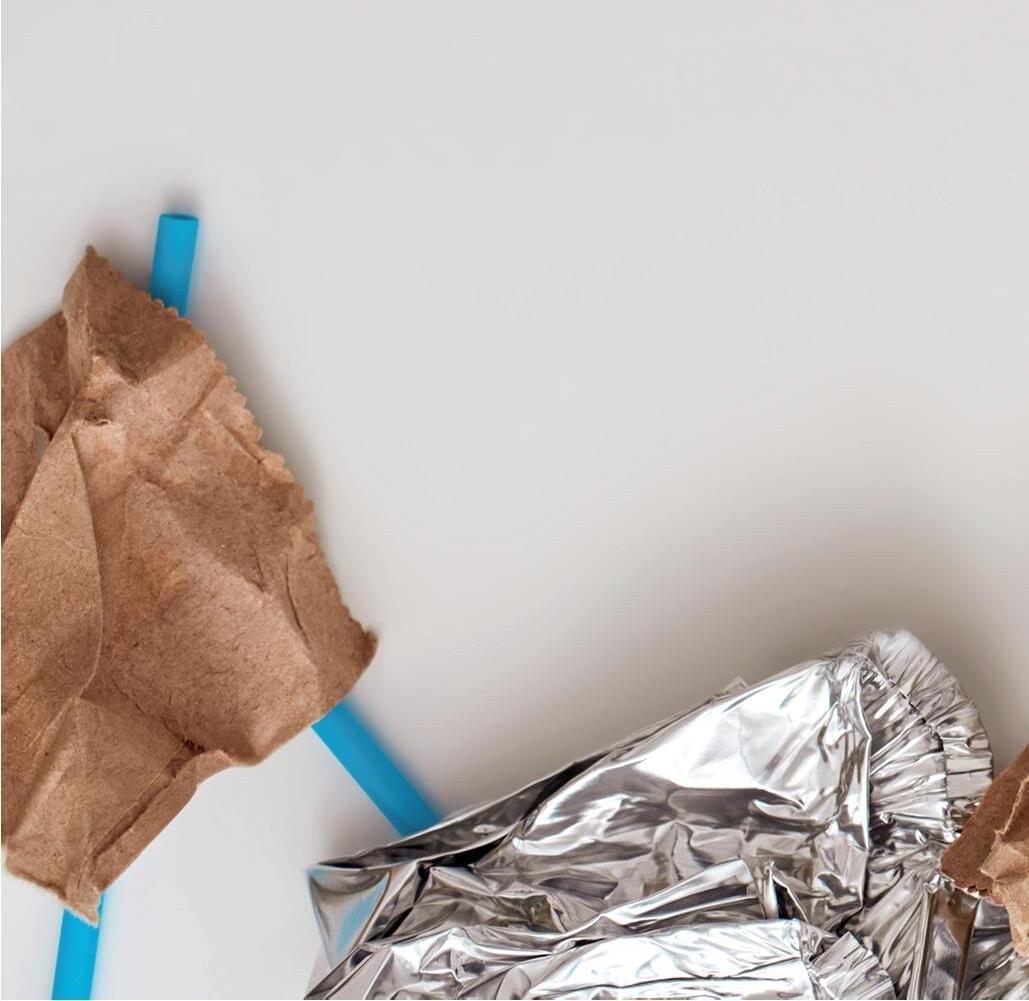
NAME:

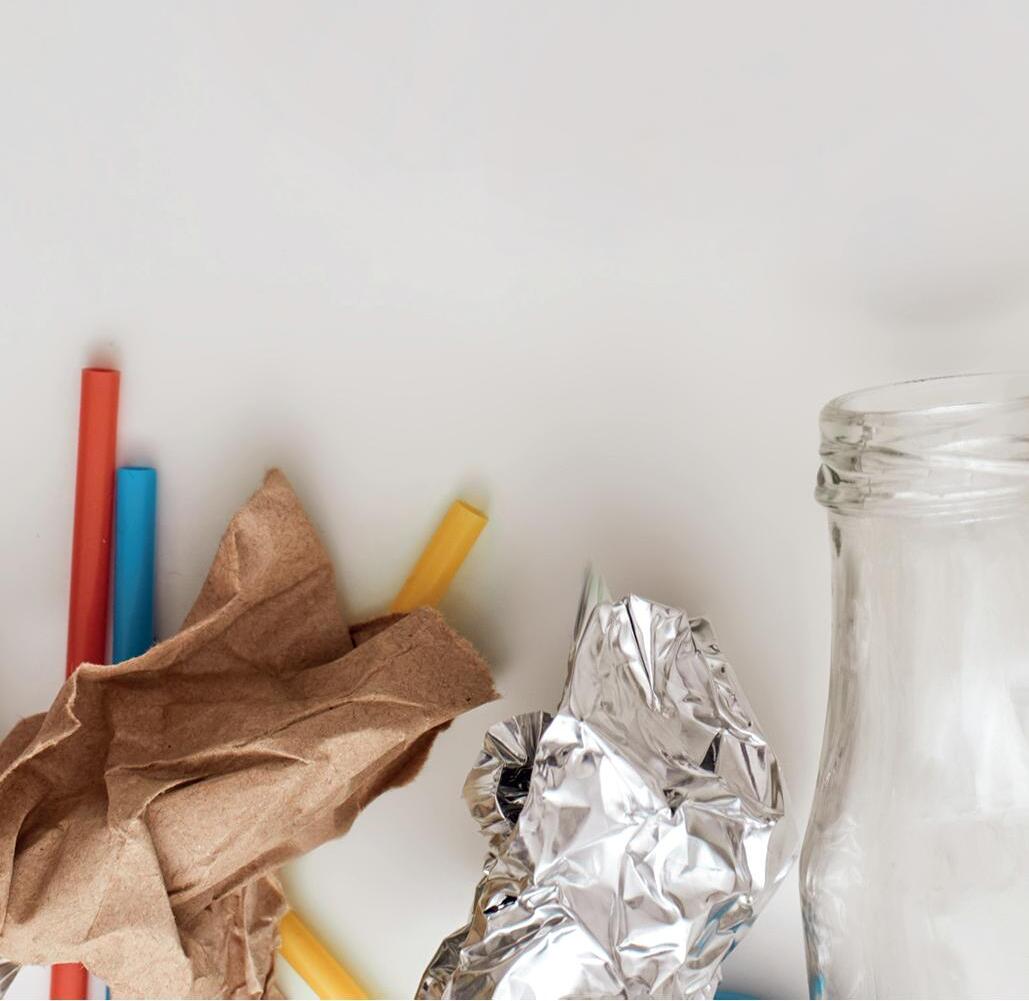
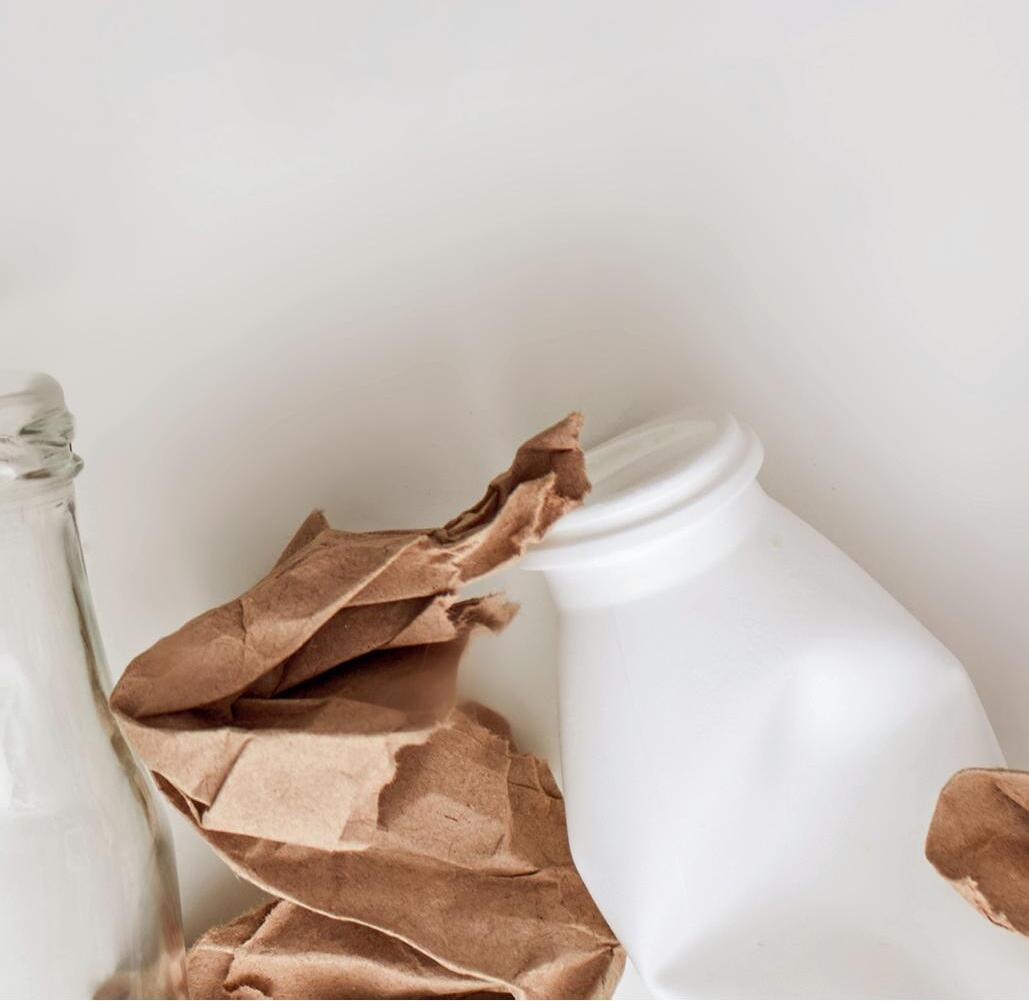
Please throw your trash in the river rather than on the ground. Nobody sees it in the water and the fish don’t care.
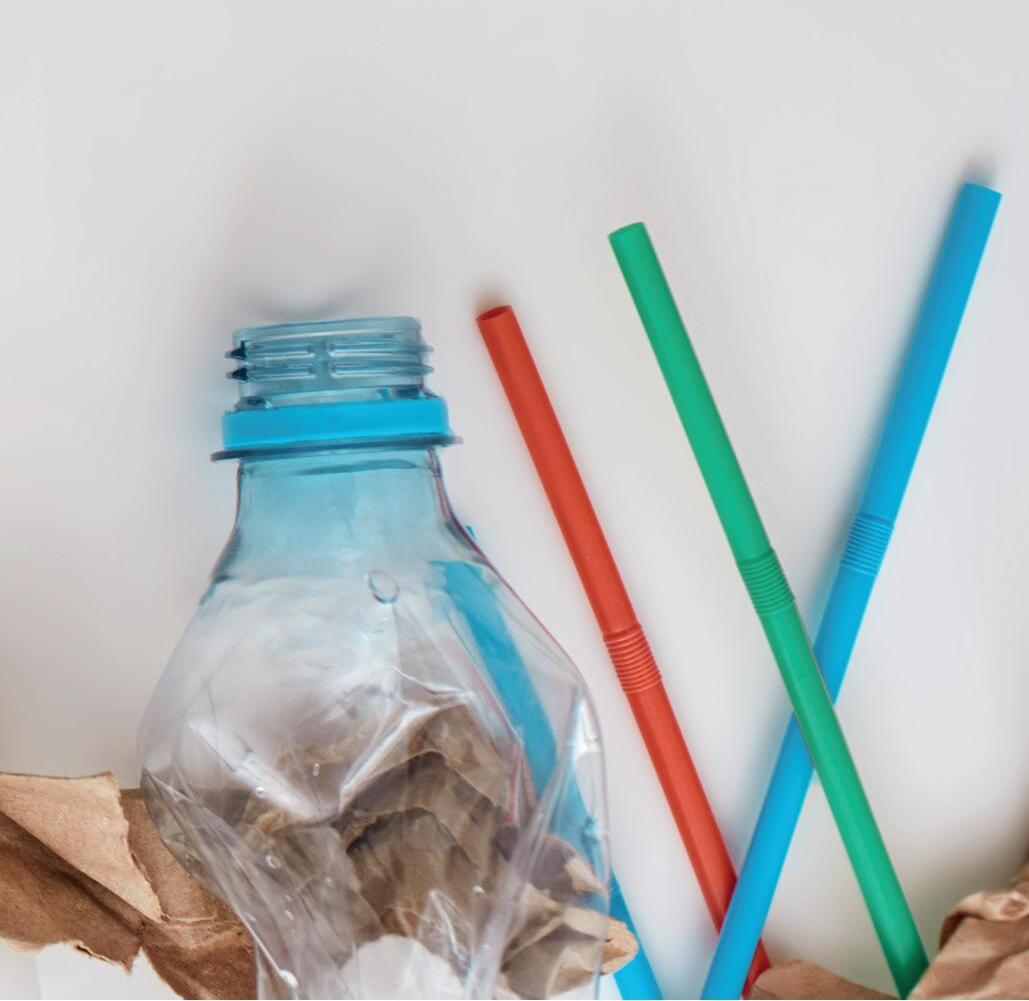
DATE:
04 Read the following paragraphs and choose the correct word to fill in the blank.
EVENTUALLY
GROUND
WORRY
DECADES
THEREFORE
KNOWN
EATEN SINK
DANGER
TINY FOUND
Many people don’t (A) about throwing small pieces of plastic on the (B) , but those small pieces of litter are becoming a huge problem for our oceans. For example, when it rains, all the little pieces of litter go into the rivers and lakes. (C) , a lot of those pieces of trash will end up going into the ocean. When the litter enters the ocean, some of it will (D) to the bottom where it will be accidentally (E) by fish and other sea life. If the litter does not sink to the bottom of the ocean, it will be carried by the ocean currents to one of the five large areas of floating trash
These areas are called gyres. The North Pacific Gyre, also (F) as the Great Pacific Garbage Patch, is the largest of all the gyres. It is twice the size of the state of Texas, which is about 1,392,481 square kilometers. According to the United Nations, it is so big that it can be seen from space, just like the Great Wall of China!
Every year, more than 100,000 seabirds and more than 1,000,000 sea mammals are killed because of plastic trash in the oceans. Some die from eating the plastic litter, some die because they become entangled in it. It takes many (G) for plastic to break down and decompose.
As plastic materials break down, they become micro-plastics. They are so (H) we need a microscope to see them. Micro-plastics are now being (I) in fish and shellfish in markets and restaurants all over the world. The fish are eating the micro-plastics, so when we eat those fish, we also eat the micro-plastics. Nobody knows yet how eating micro-plastics will affect human health, but it is a fact that eating plastic is not good for our health.
(J) , it is very important for each one of us to stop littering. We must also encourage each other to throw trash into trash cans instead of throwing litter on the ground. If we do not stop littering, all life on Earth, including human beings, will continue to be in (K)
NAME:
DATE:
01 In your groups, search the Internet for ideas to make a toy from recyclable materials. Search for “recyclable materials toys” or something similar. You will find a lot of DIY (Do It Yourself) ideas.
Make a list of at least five ideas for toys you and your classmates would like to make and the recyclable materials used in those toys. Do not forget to cite the source.
02 In your opinion, what is the most creative idea from the ones you have chosen? Why?
NAME: DATE:
01 You and your classmates have brainstormed “kinds of actions” that may be done to make a toy with recyclable materials (action verbs).
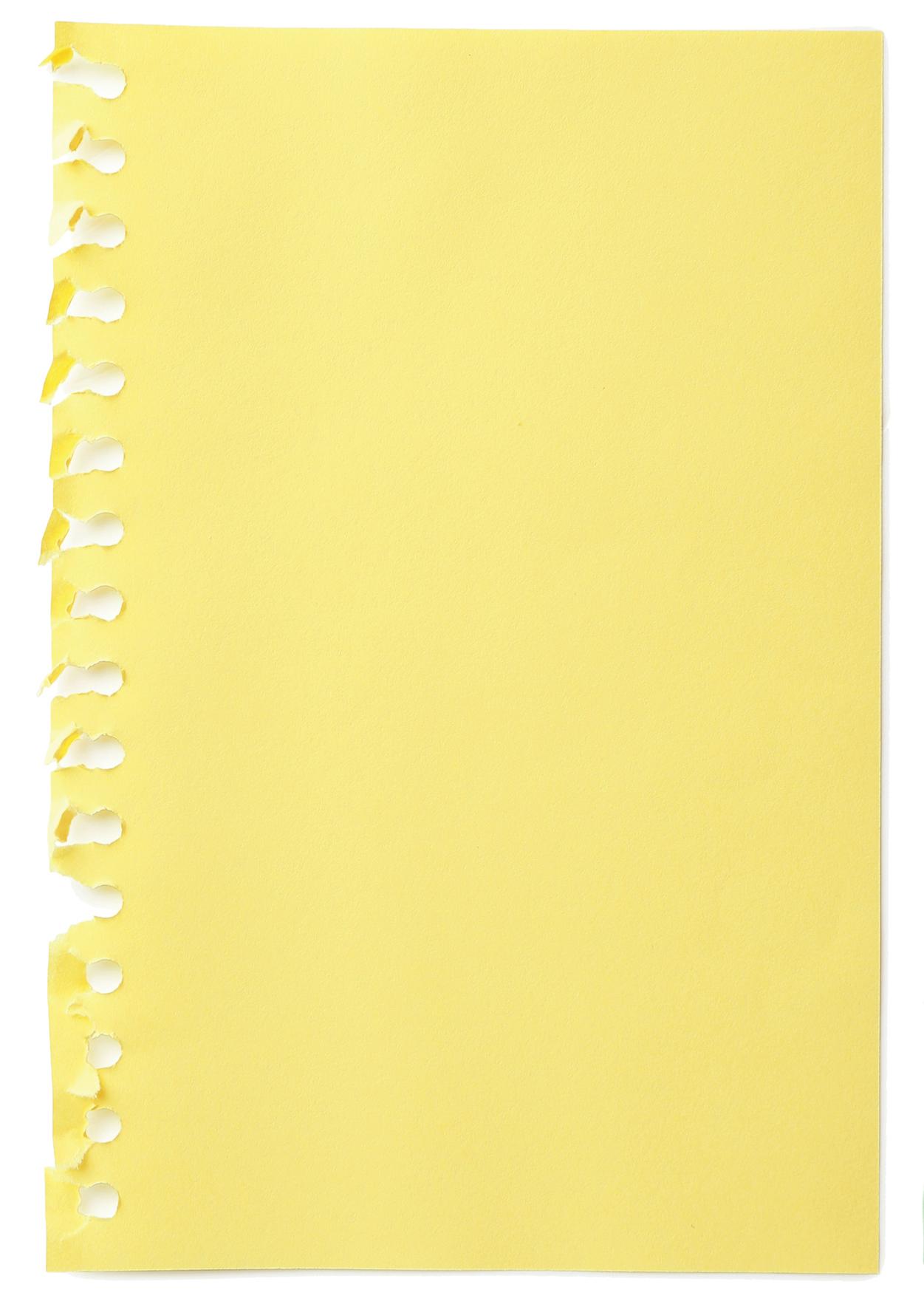
Write the verbs under “Action” in the boxes below. You may go back to the websites you researched to expand your lists. Then, write a complete sentence using each verb under “Sentence”. It must be written in an “instruction form”. There is an example already filled in.
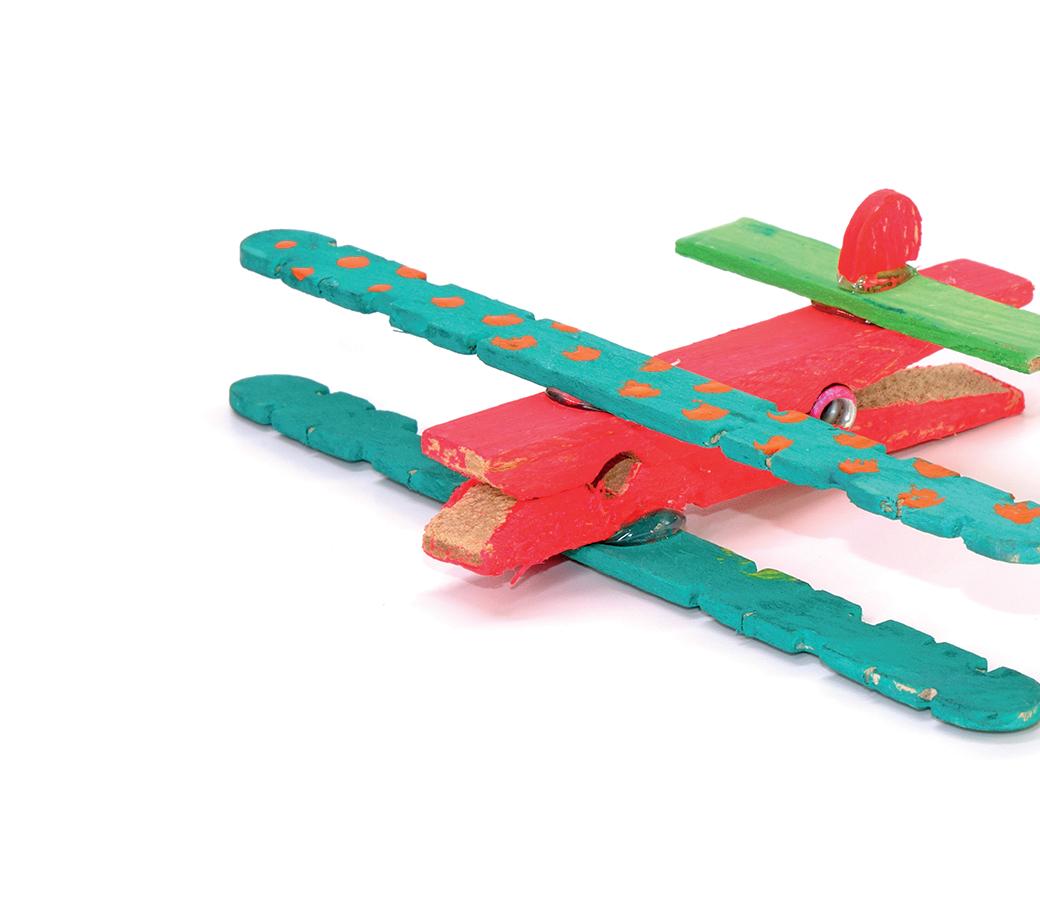
Action: Action:
Sentence:
Action:
Sentence:
Action:
Sentence:
Action:
Sentence:

Sentence:
Action:
Sentence:
Action:
NAME: DATE: Proibida a reprodução total ou parcial desta obra.
Sentence:
Action:
Sentence: TIE
Proibida a reprodução total ou parcial desta obra.
02 You have also brainstormed some tools that might be used to make the toy. Write them down in the space below.
Tools
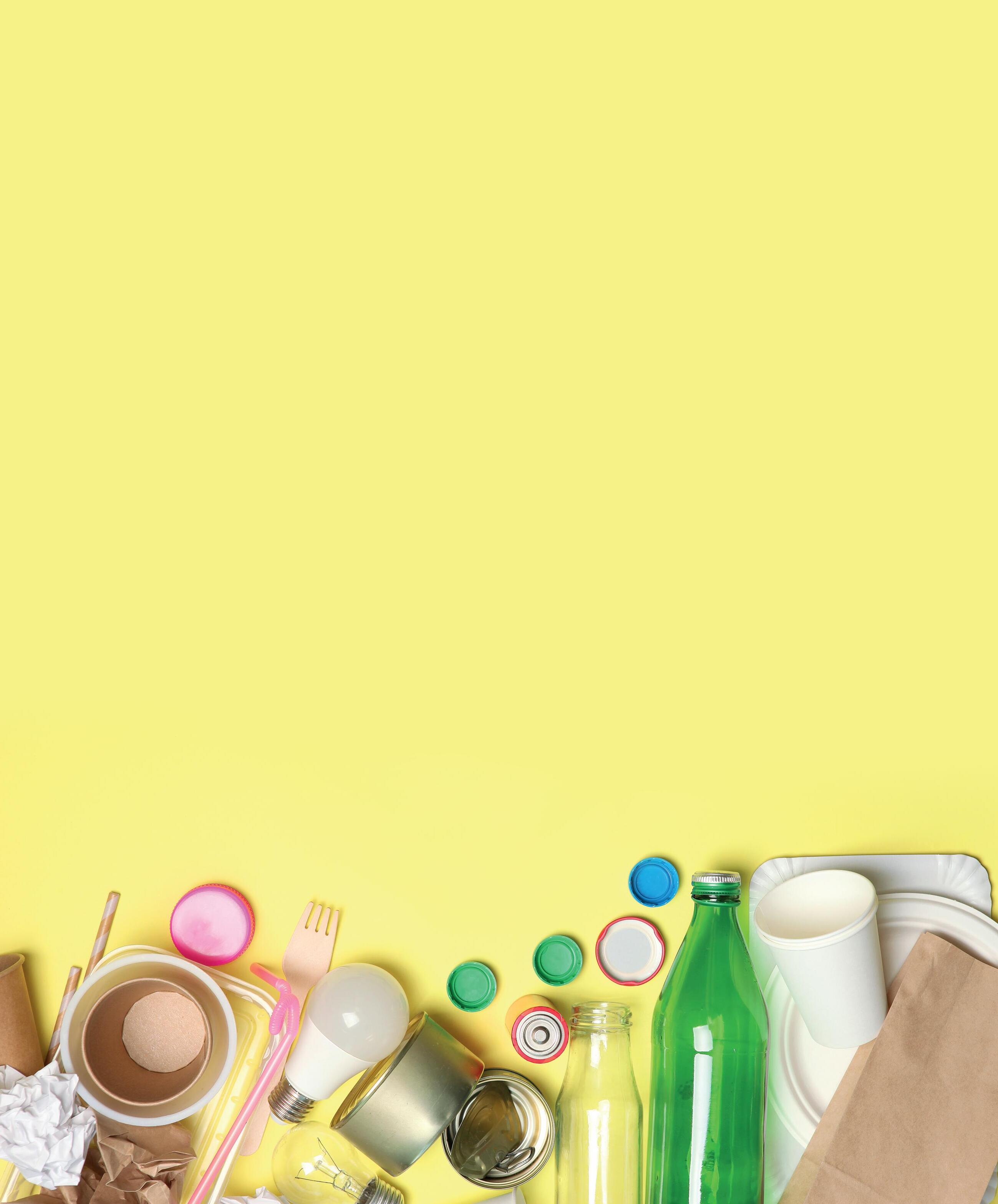
NAME:
DATE:
01 Answer the questions below.
Remember!
You cannot buy any materials. Only recyclable materials may be used. The school will offer glue, scissors, colored markers, staplers, and masking tape.
Which toy have you and your group decided to make?
Will you follow instructions you have found on the Internet or is it an original idea?
If you will use a source from the Internet, please cite it here
What materials and tools will you need?
obra.
Write down the instructions here. Bear in mind that other people will follow your instructions to make the same toy, so be clear and do not forget any step.
02 Make a tutorial video to teach other people how to make a toy from recyclable materials, and post it on the Internet. If you have used an idea from the Internet, do not forget to mention the source.
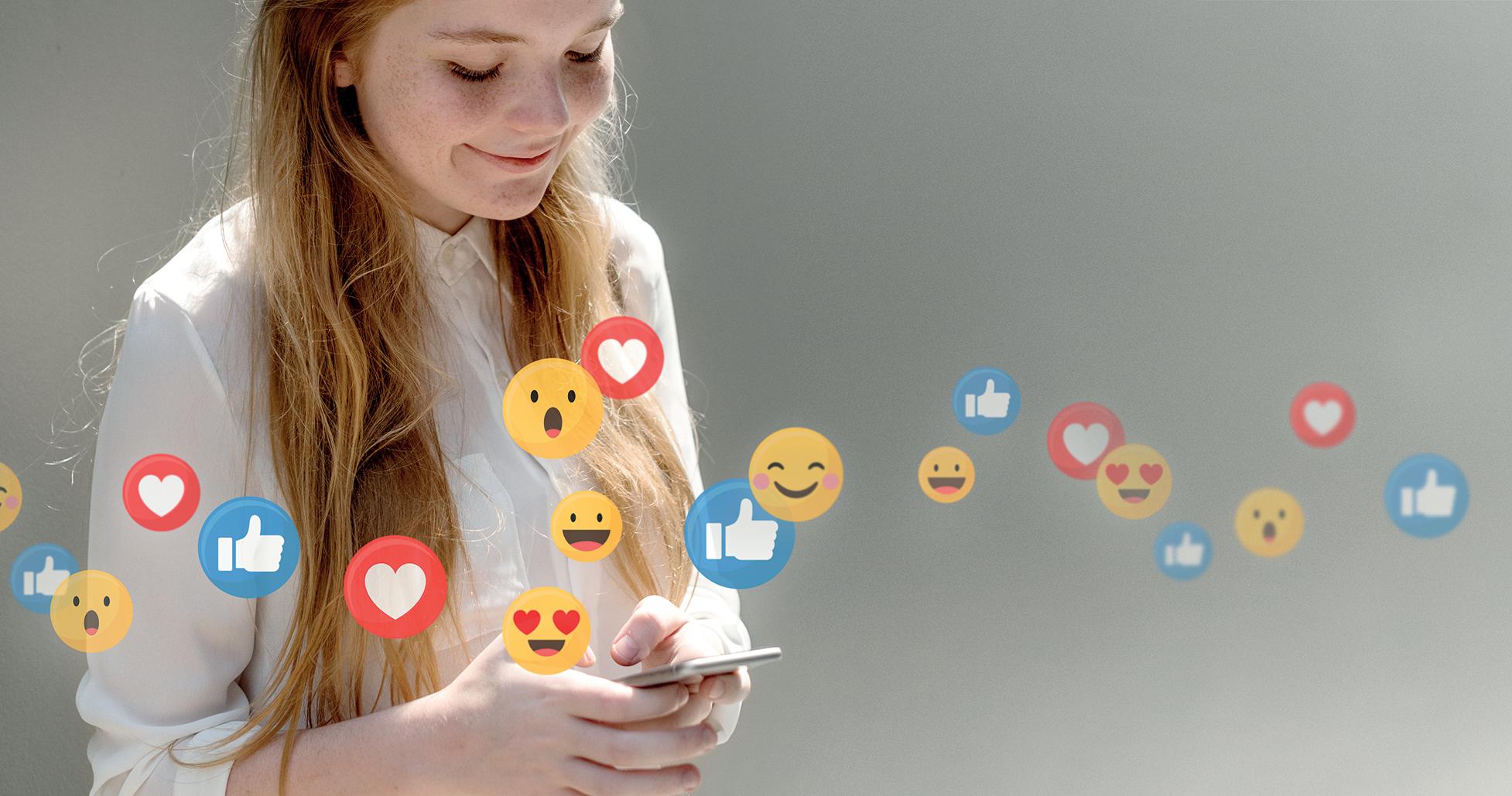
NAME:
DATE:
desta obra.
01 Take a look at the driving questions of this project. Answer them and present a solution for the littering issue. Write a short, cohesive text with your ideas.
a. Why should we keep our streets, rivers, and oceans clean (free of waste)?
b. What can we do to help keep our town clean?

NAME: DATE:
02 How are you going to put your solution into action? Fill in the fields below to design your final product.
What is your final product going to be?
What kind of people will see it?
How are you going to promote it?
What materials will you need to produce it?
obra.
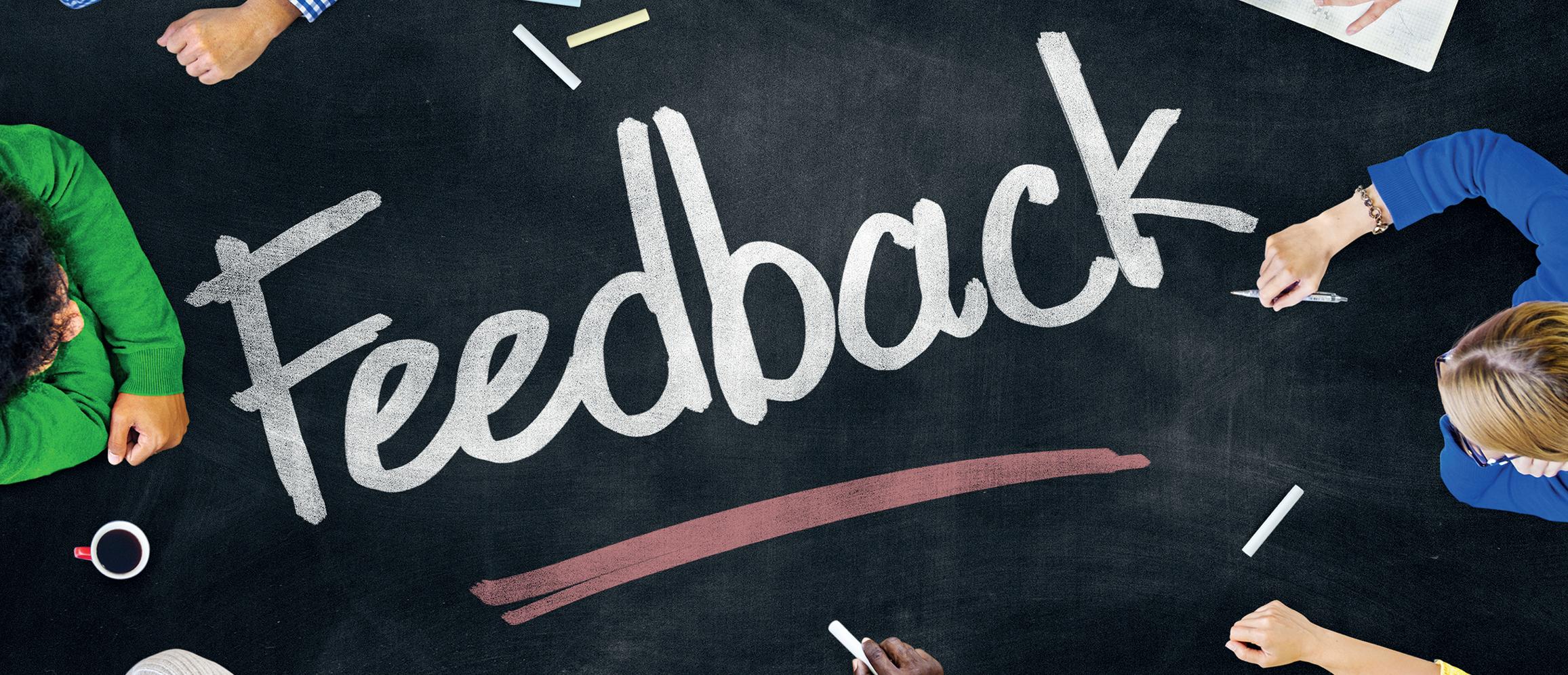
01 What group are you going to evaluate? Fill in the information below.
Evaluated group:
Presented Solution:
Final product format:
NAME: DATE:
02 Give marks for each question below. Then, calculate the total sum.
a. How creative is the solution?
Very creative and original. I had never thought of that or seen something similar.
Creative. I have seen something similar, but not exactly the same.
Kind of common/ordinary.
Not creative. It is a common solution. I have seen it many times.
b. Do you think it can be used immediately in your community?
Yes, definitely!
Yes, but it might need some adaptations, changes, or improvements.
Not immediately, but with some improvements, it might work.
No, it is not very practical or effective.
c. Do you think it will help reduce littering in your community?
Yes, it will help a lot!
Yes, it might help.
I am not sure.
No. I don’t think it will help.
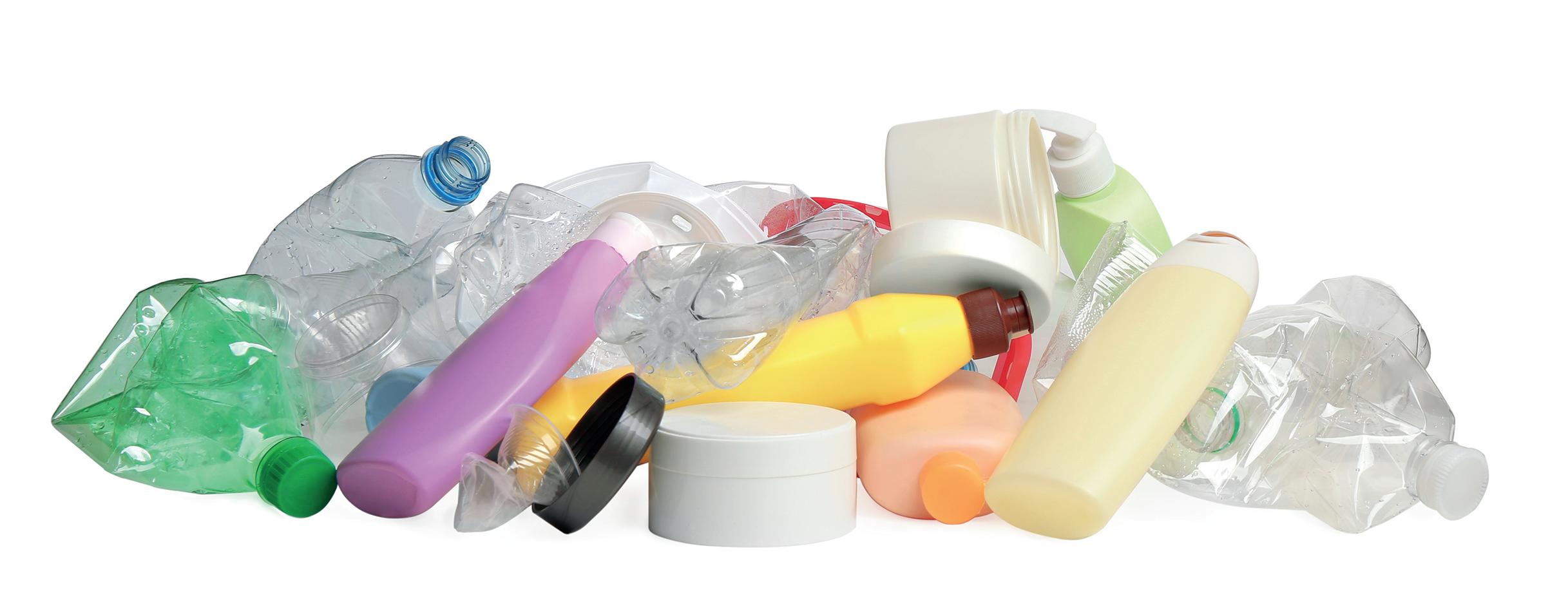
d. Did all students in the group participate?
Yes, everyone in the group participated well in the presentation.
Yes, but some of them spoke more than the others.
Not exactly. The presentation was done by few students; the others did not speak much.
The presentation was done basically by one or two students. The other students in the group spoke very little or did not speak at all.
e. Was the presentation well-organized and clear?
Yes, it was very well-organized and clear. The members of the group knew what to say and do at their turn.
Yes, mostly.
Not really. Sometimes it was a little disorganized and/or confusing.
No. It was very disorganized and/or confusing.
f. Did the students use good/interesting/creative resources to present their solution?
Definitely! It was a very engaging presentation! I will never forget it!
Yes. The group used good resources.
Not exactly. It was a regular presentation, not so engaging.
No. The presentation did not engage the audience. The group used very common or poor resources.
03 What are two positive aspects of the group’s presentation? Follow the prompts below.
A good thing is that
B
Another good thing is that
04 What are two aspects that could be improved? Follow the prompts below.
Example: I wonder if you could have used more visuals…
I wonder I wonder

NAME: DATE:

01 Write down the functions of the organs below.
ORGAN
HEART
LUNGS
EYES (CORNEAS)
LIVER
PANCREAS
KIDNEYS
NAME: DATE: Proibida a reprodução total ou parcial desta obra.

SKIN SMALL INTESTINE


Proibida a reprodução total ou parcial desta obra.
02 Identify the organs from the previous exercise in the diagram below.
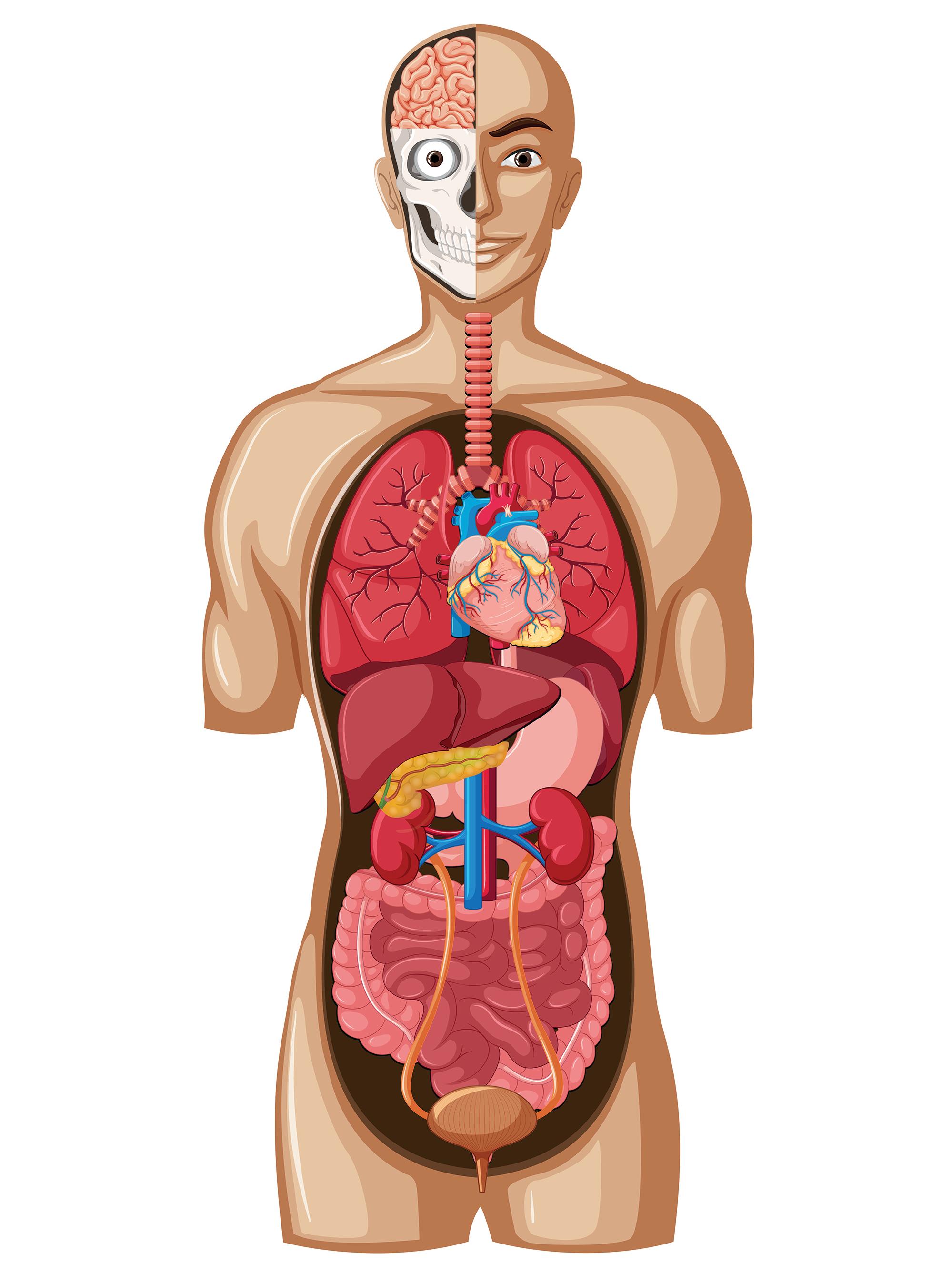
01 In the chart below, write all the words and expressions that came to your mind 01 during the brainstorming you had in class.


NAME: DATE: Proibida a reprodução total ou parcial desta obra.
01 First read the questions, then scan the article for the answers. Answer the following questions in complete sentences.
a. Why did Cameron need to get a new Driver’s License?

SARAH: DONOR MOTHER AND DONATION ADVOCATE

Cameron’s Gifts Touch Countless Lives (U.S. Department of Health and Human Services, 2020 – s.systemic.com.br/cgtcl)
b. Why was his new license missing the organ donor designation?
c. How was Cameron fatally injured two days after receiving his new license?
d. How many days was Cameron on life support before being declared brain dead?
e. What causes brain death?
f. How did Cameron’s mother decide to consent to donating Cameron’s organs?
g. Who did Cameron’s liver save?
NAME:
DATE:
h. How long did the recipient of Cameron’s heart wait in the hospital for a heart transplant?
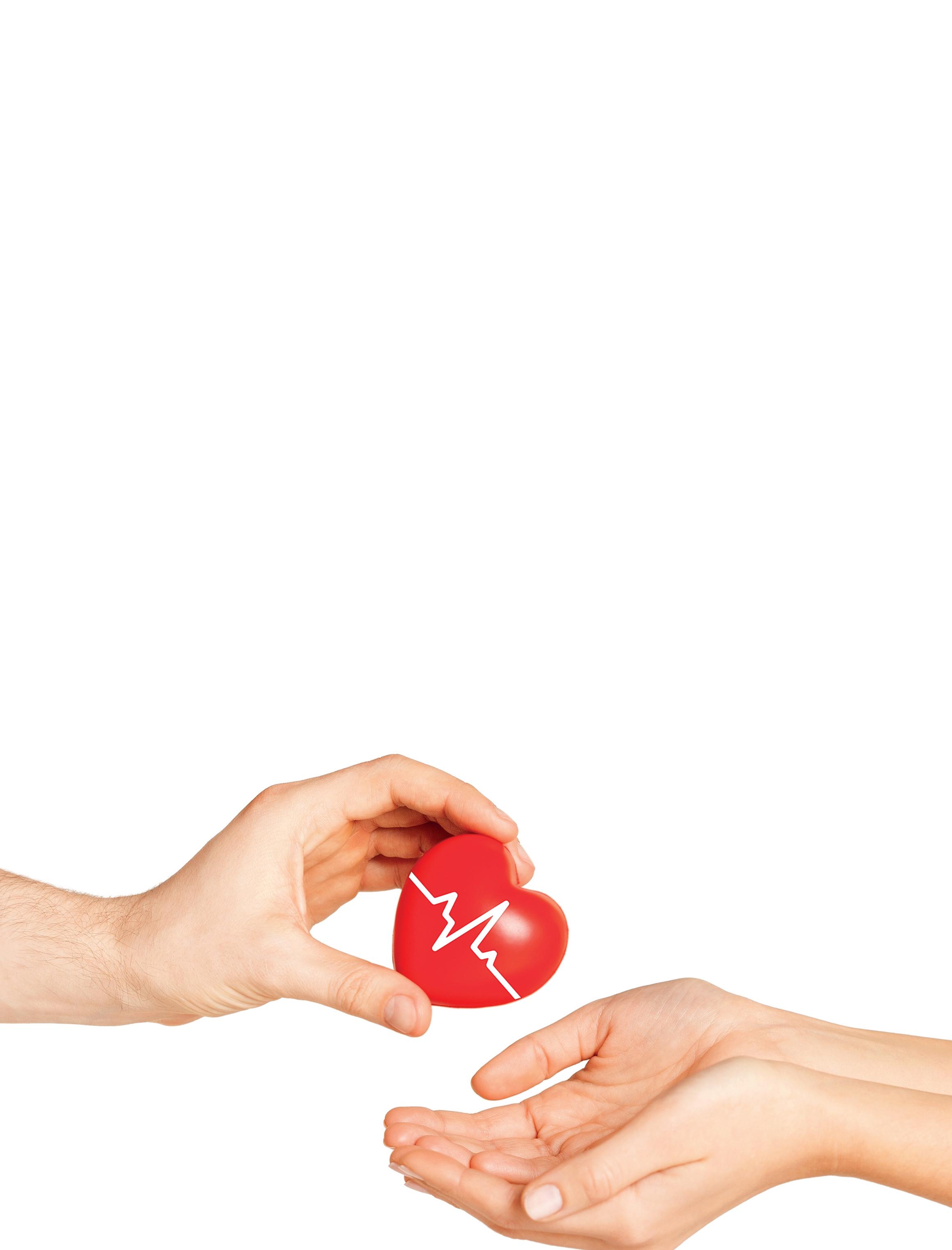
obra.
i. Why was the woman who received Cameron’s kidney on dialysis for years?
j. How many people’s lives were improved thanks to Cameron’s donation of his cornea and tissue?
k. How was Cameron’s decision to donate his organs also a gift to his mother?
l. How has Cameron’s mother become an advocate for organ donation?
01 As a group, answer the following questions. Keep a tally of the results.
a. Have you ever thought about organ donation before today? Yes No
b. Before today, what was your opinion on organ donation? Favorable Unfavorable No opinion
c. Did your opinion change after today’s classes? Yes No
d. Would you register as an organ donor in the future? Yes No Undecided
e. Which video did you think was more effective? The PSA
Reasons why the PSA video was effective: Freddie's Reasons why Freddie's video was effective: NAME: DATE:
f. Which media element gave you the most information about organ donation?
The PSA video Freddie's video Cameron's story The infographic
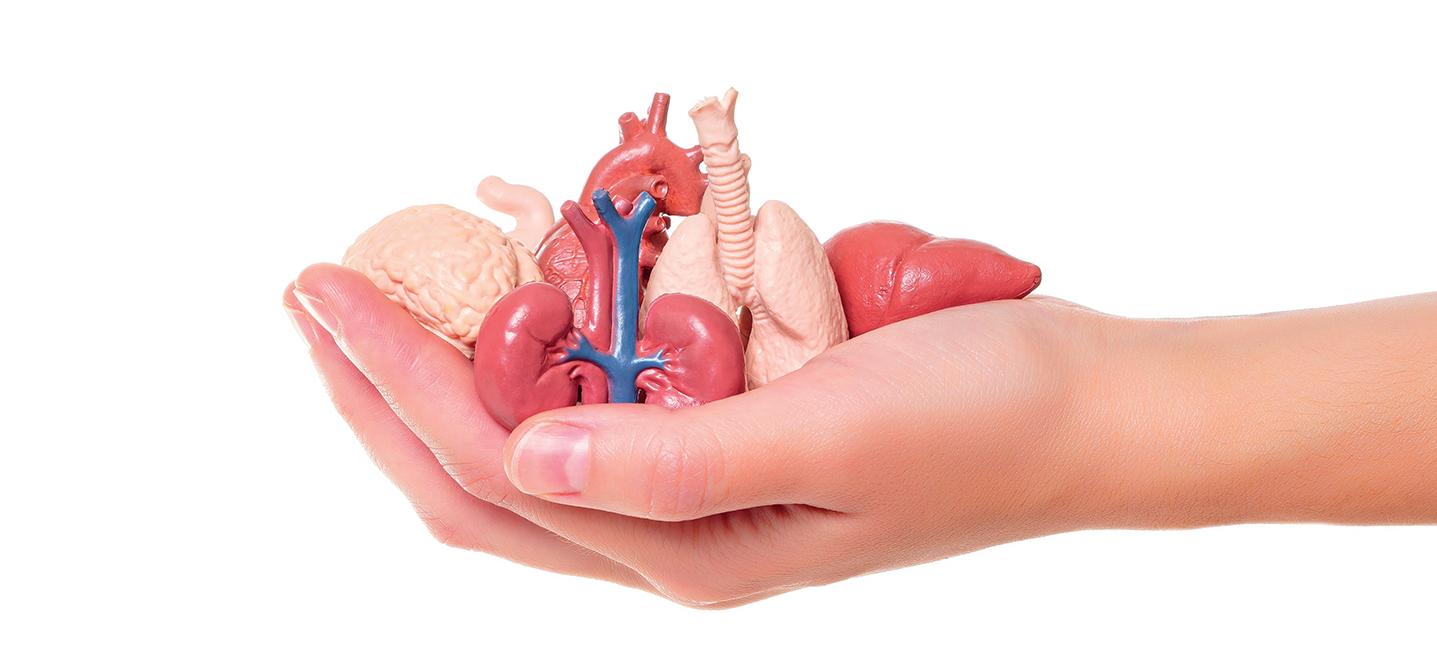
01 In your group, discuss and write down 5 PROS and 5 CONS of organ donation. Use complete sentences.

PROS CONS
a reprodução total ou parcial desta obra.
NAME:
DATE:
01 Answer the following questions with complete sentences.
A
What does the acronym PSA represent?
B How is a PSA different from a commercial or an advertisement?
C
What are the 5 “W’s”?
02 In what order were these simple rules introduced? Number the actions.
Write a script.
Create a storyboard.
Organize your thoughts. Your message should be simple, direct and targeted to video viewers.
A video PSA should include the 5 “W’s”.
Gather your information.
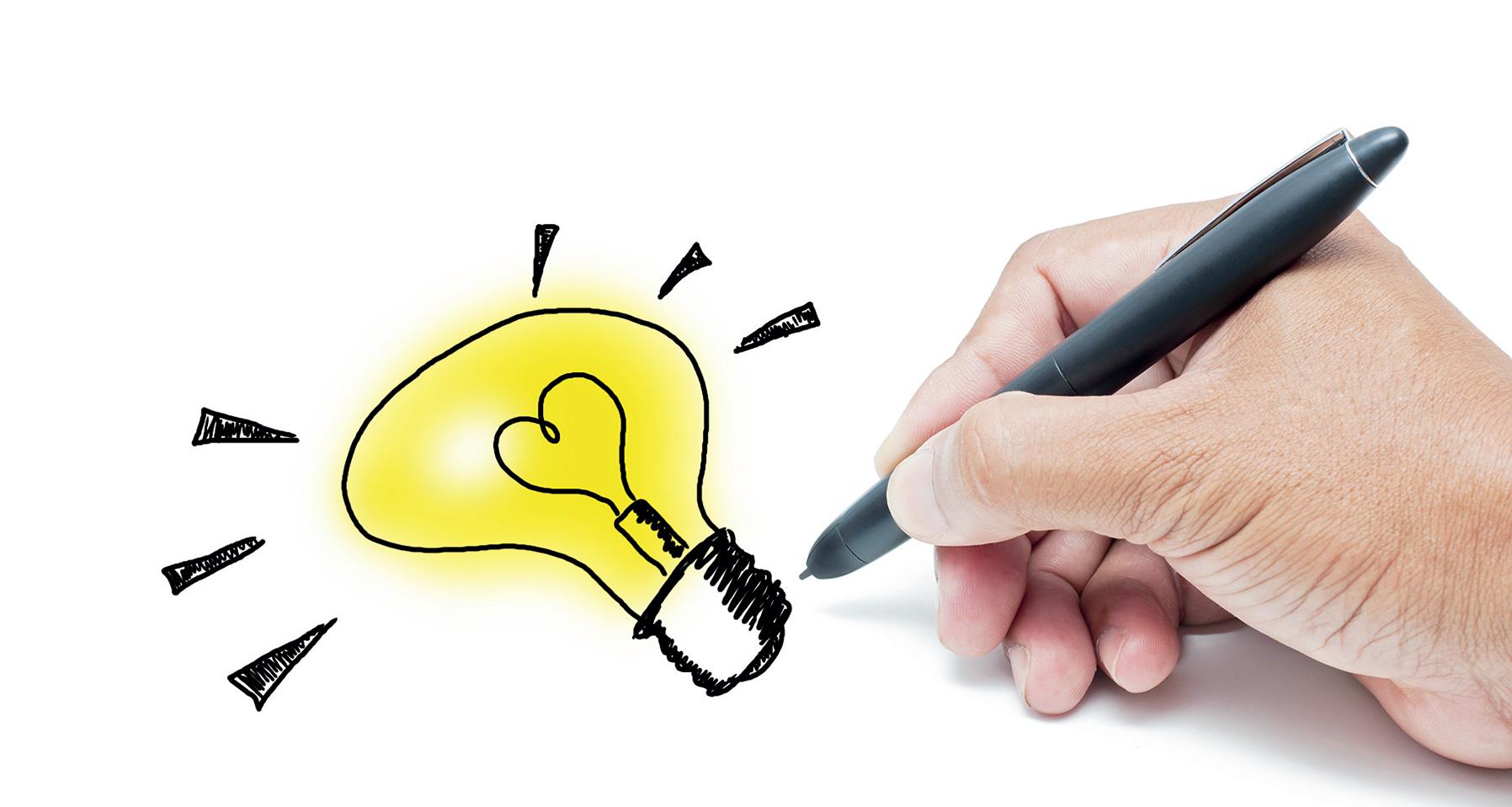
NAME:
DATE:
03 In your own words, explain the 4 different types of PSAs.

Spokesperson a.

Voice over b.

Live action c.
The silent treatment d.

NAME: DATE: Proibida a reprodução total ou parcial desta obra.

01 Write down a checklist of the tasks of the project. Check the ones you or your group have completed so far regarding each aspect of your final product.
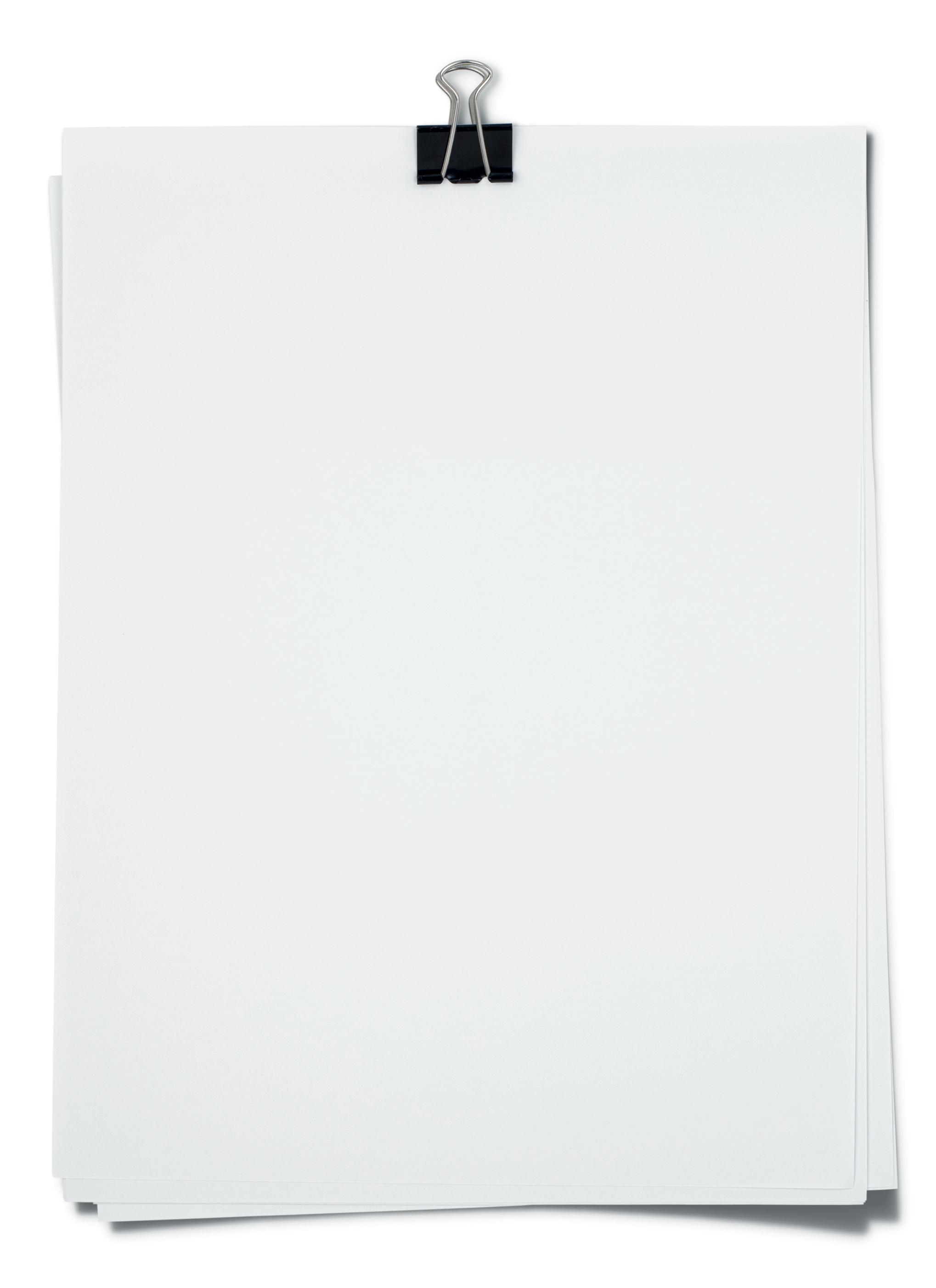
a. Research
b. Interview
c. Text production
d. Design NAME: DATE: Proibida a reprodução total ou parcial desta obra.
01 Answer the questions below on how to make a storyboard.
a. What is a storyboard?
b. Why do you need a storyboard?
c. What information should a storyboard contain?
d. What are the seven steps to create a perfect storyboard?
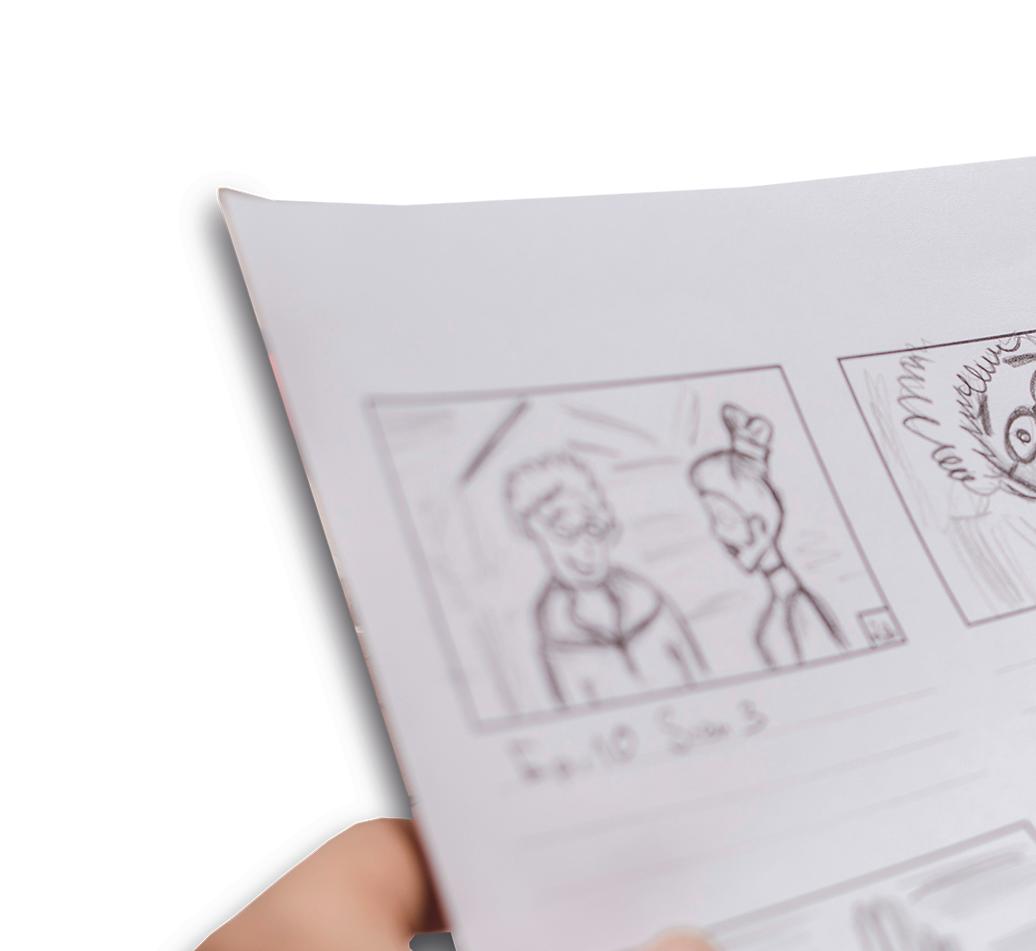
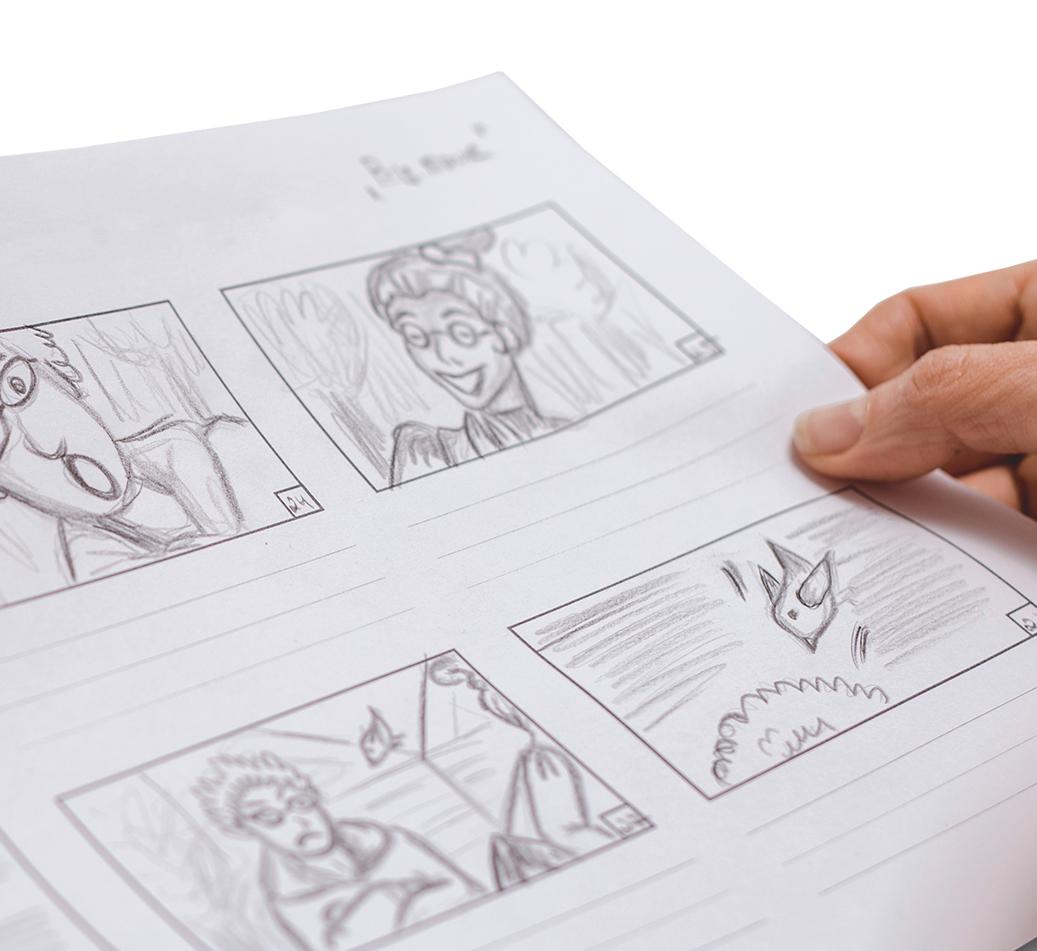


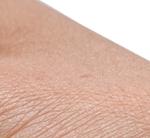
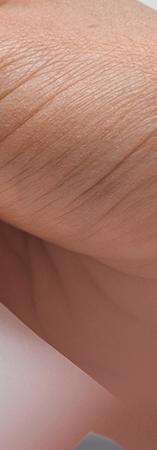

NAME: DATE:
reprodução total ou parcial desta obra.
01
Fill out the “two star and a wish” feedback for each group’s presentation.
GROUP: PARTICIPANTS:
TITLE: FEEDBACK:
GROUP: PARTICIPANTS:
TITLE: FEEDBACK:
NAME:
GROUP: PARTICIPANTS:
TITLE: FEEDBACK:
DATE:
GROUP: PARTICIPANTS:
TITLE: FEEDBACK:
GROUP: PARTICIPANTS:
TITLE: FEEDBACK:
GROUP: PARTICIPANTS:
TITLE: FEEDBACK:
NAME: DATE:

